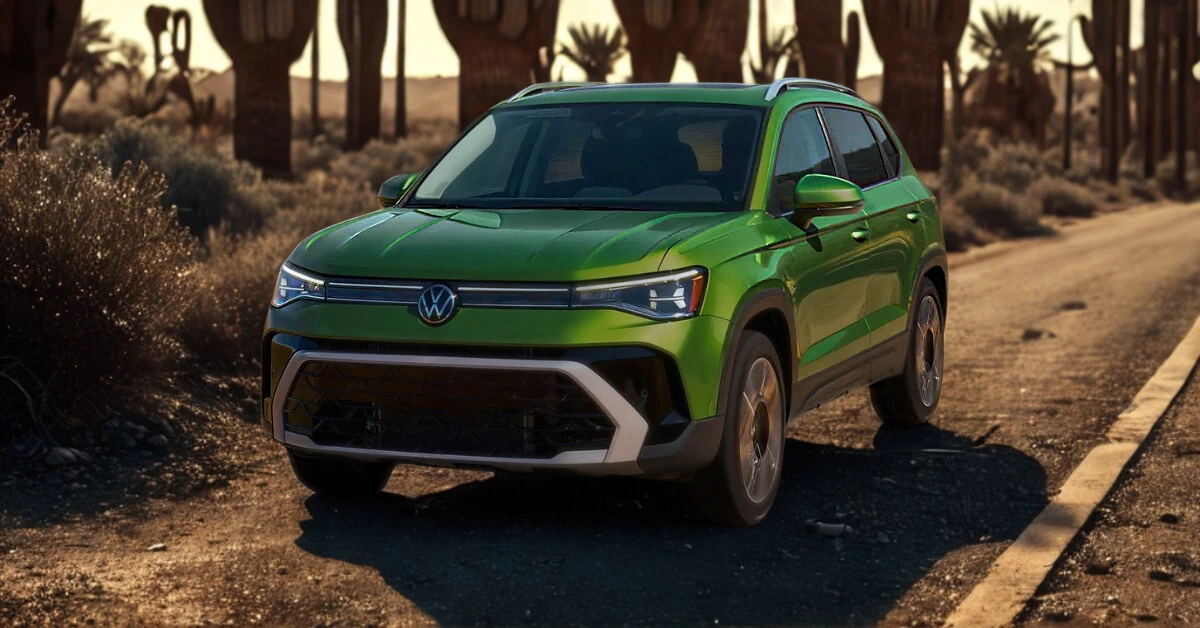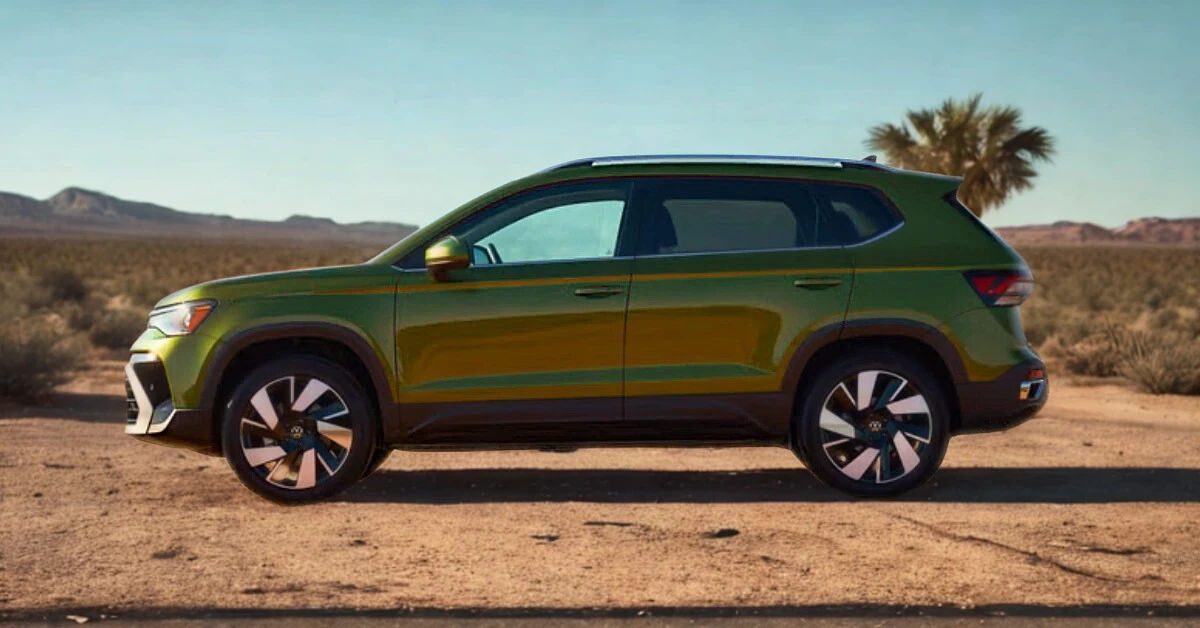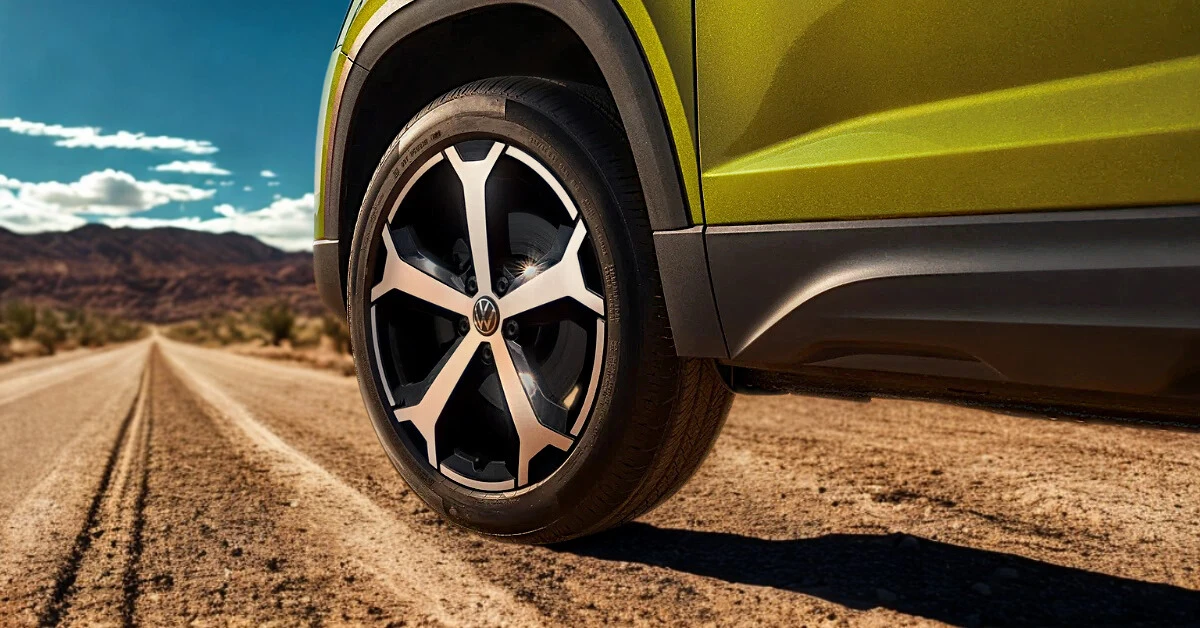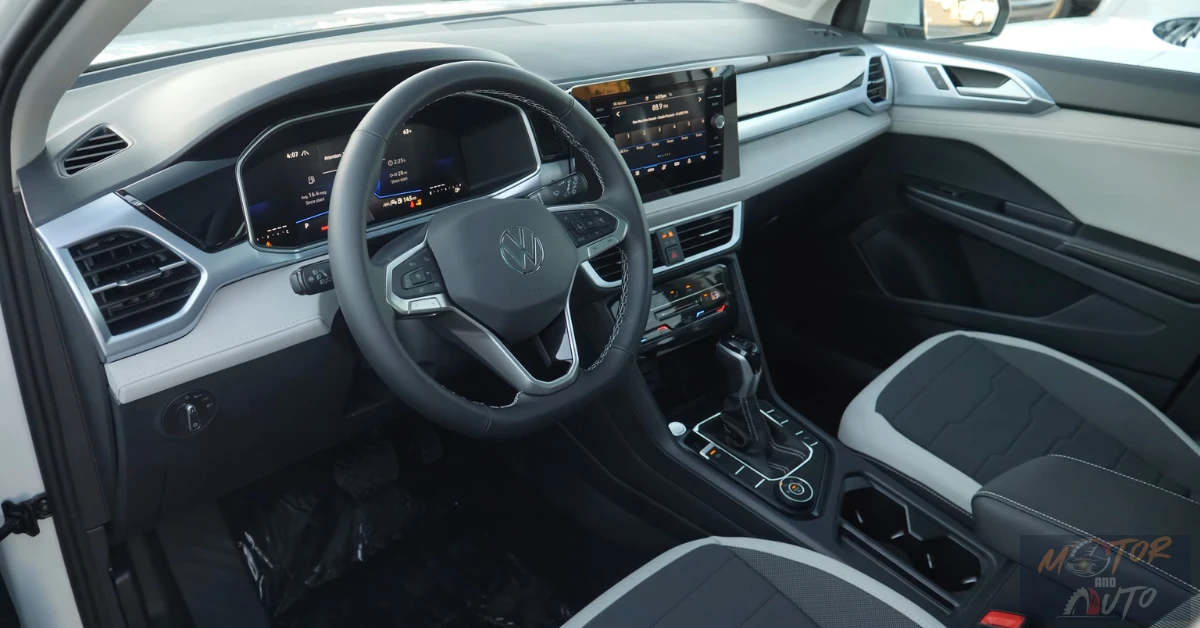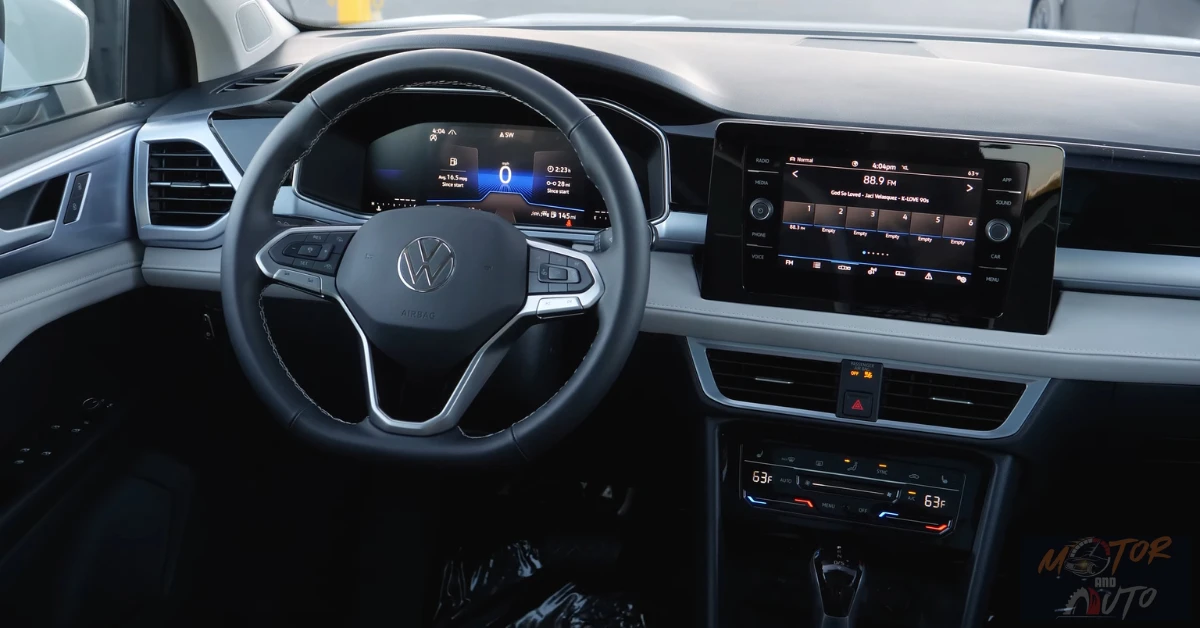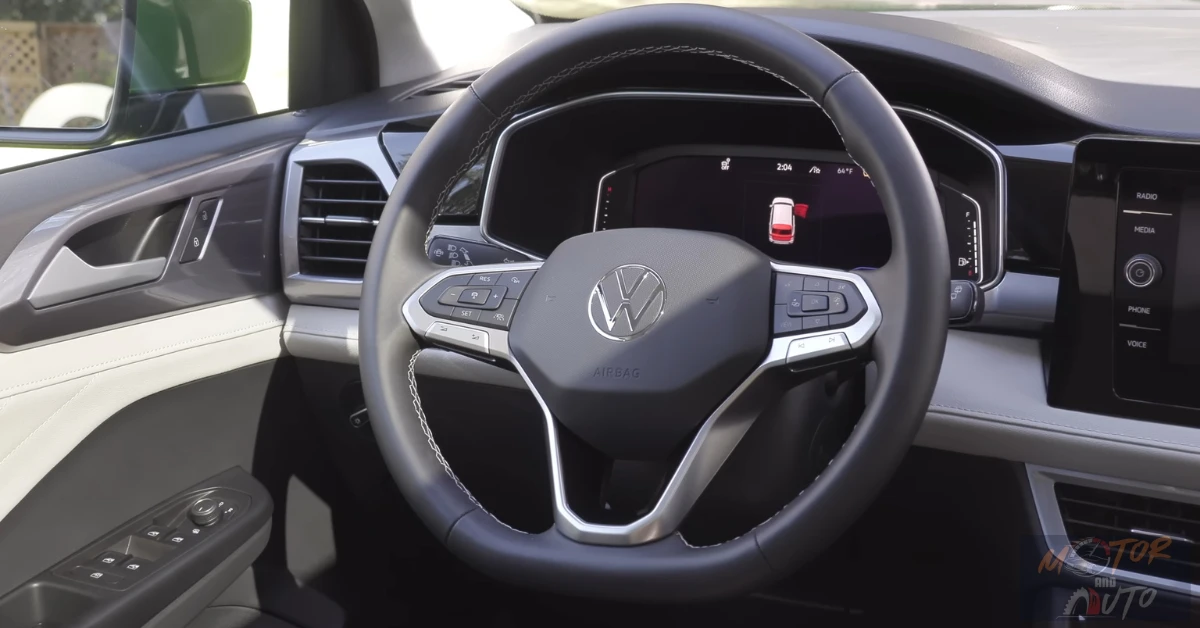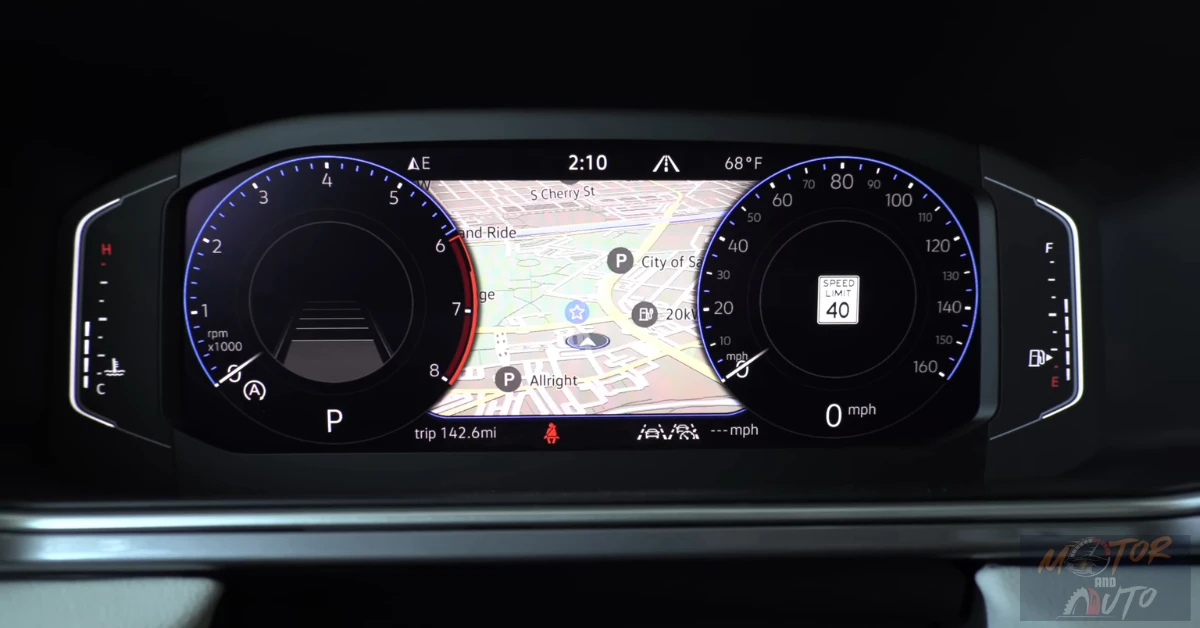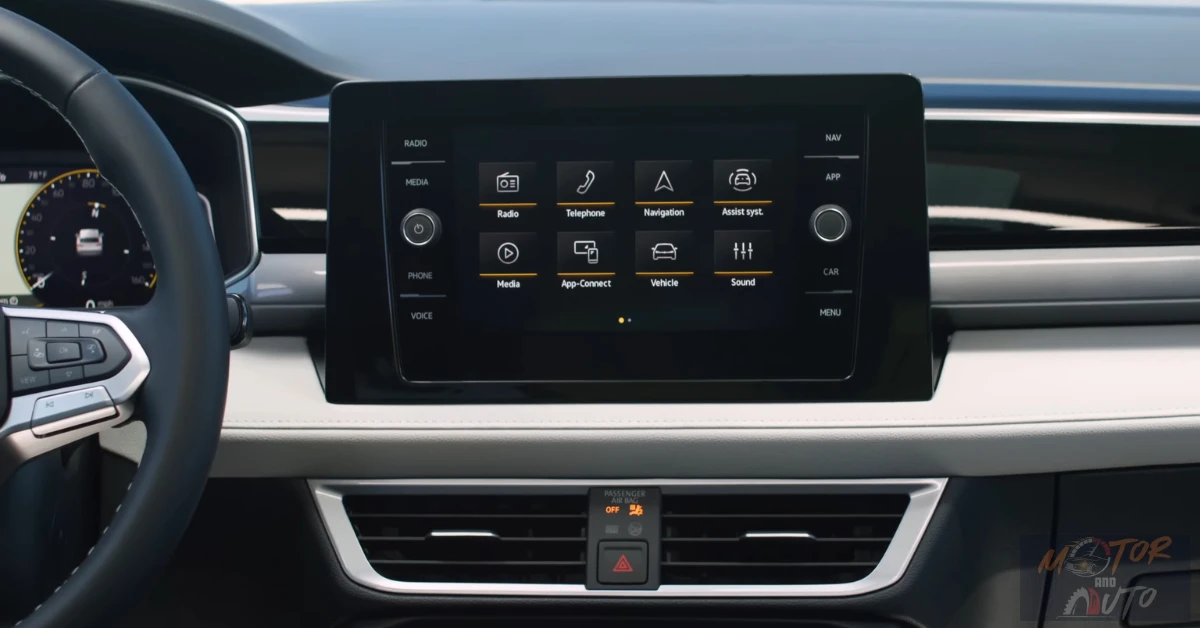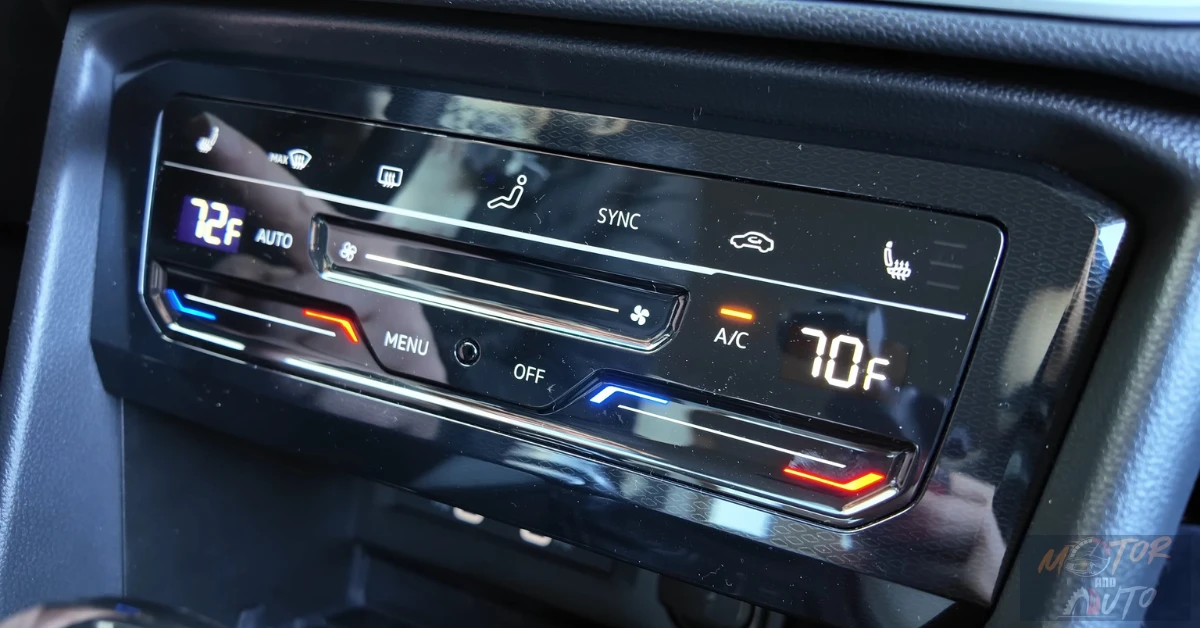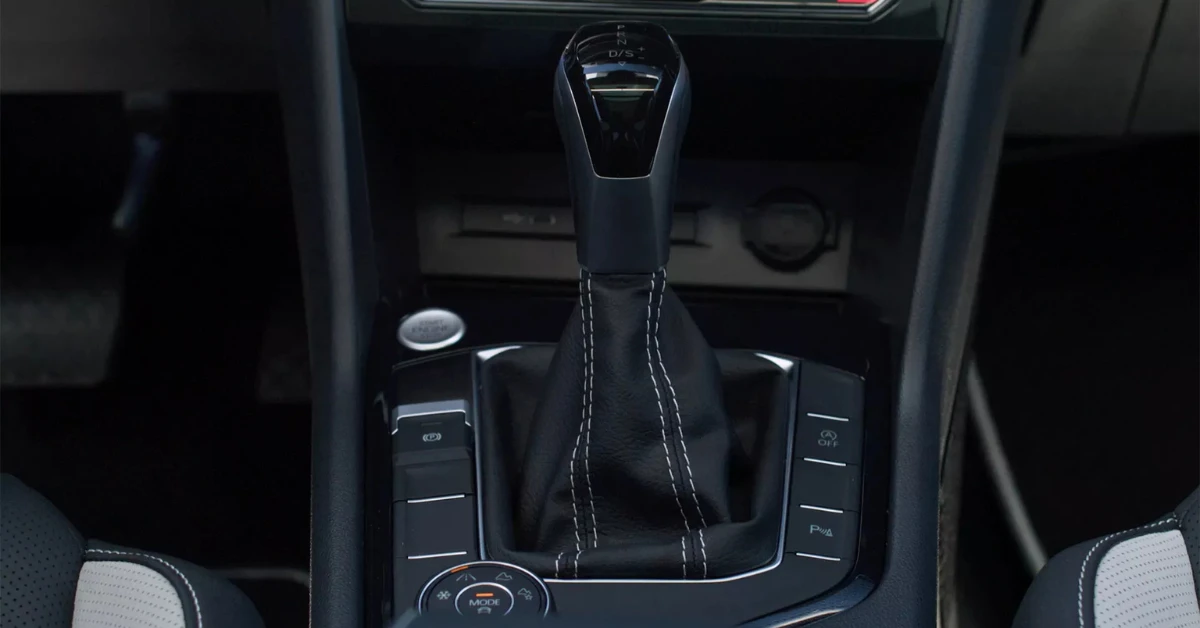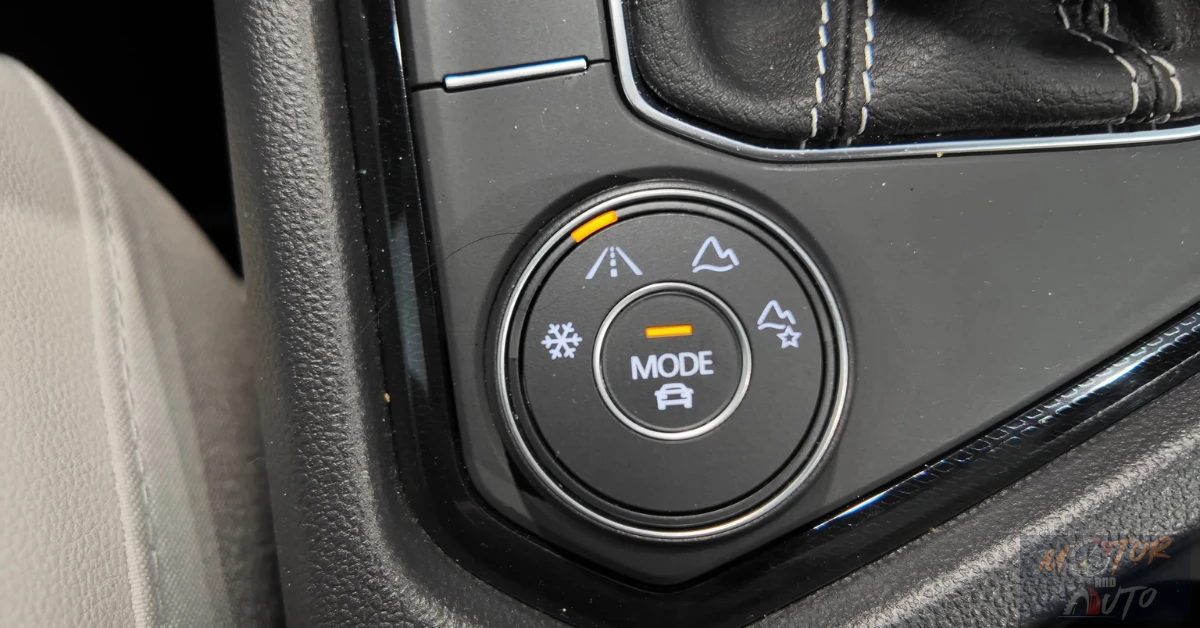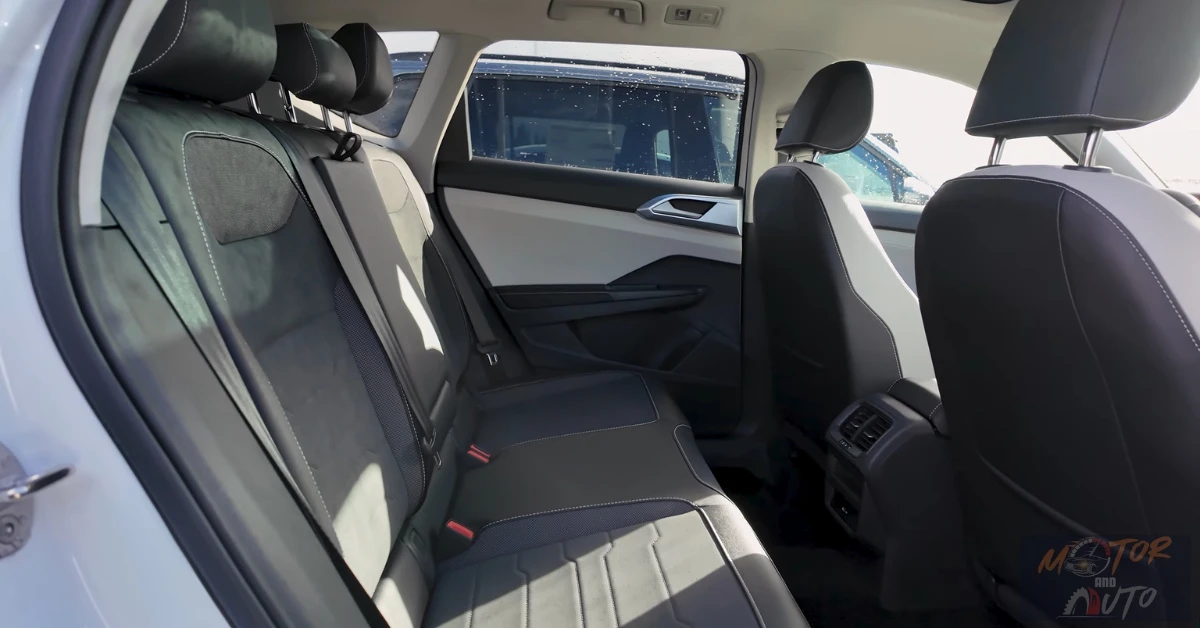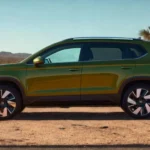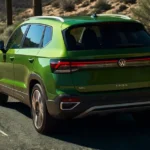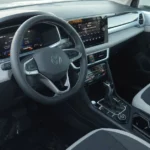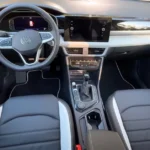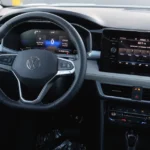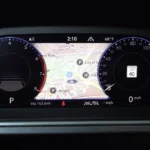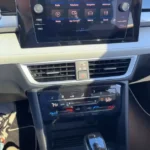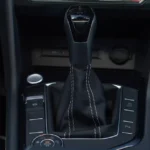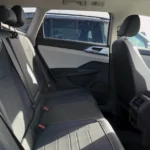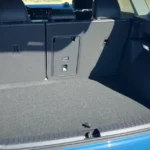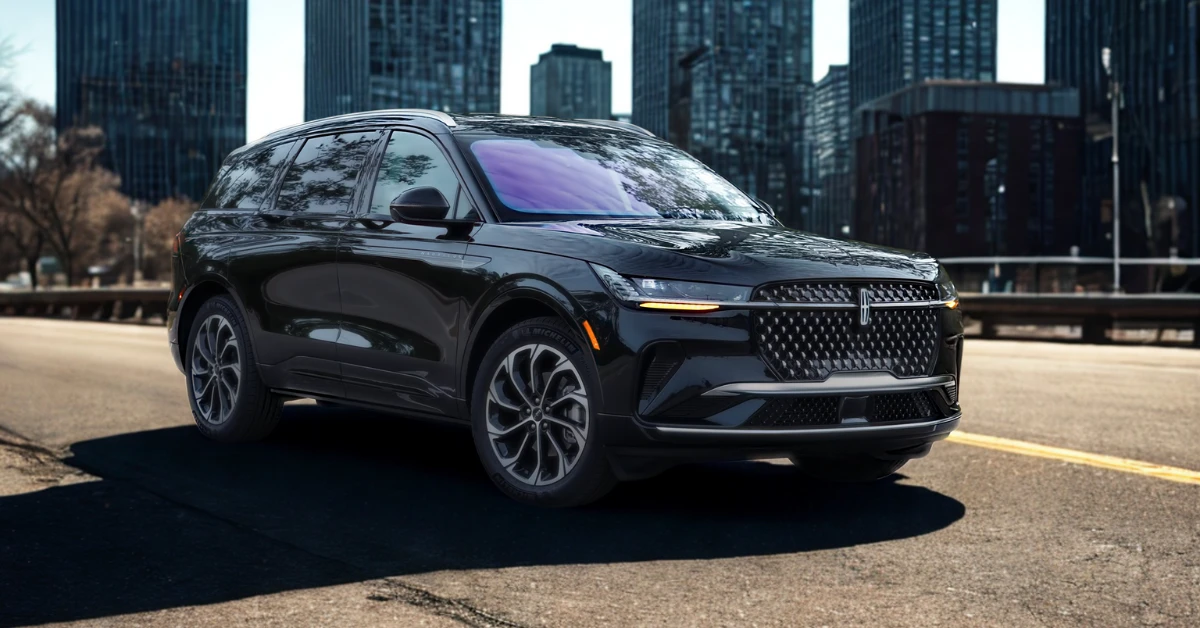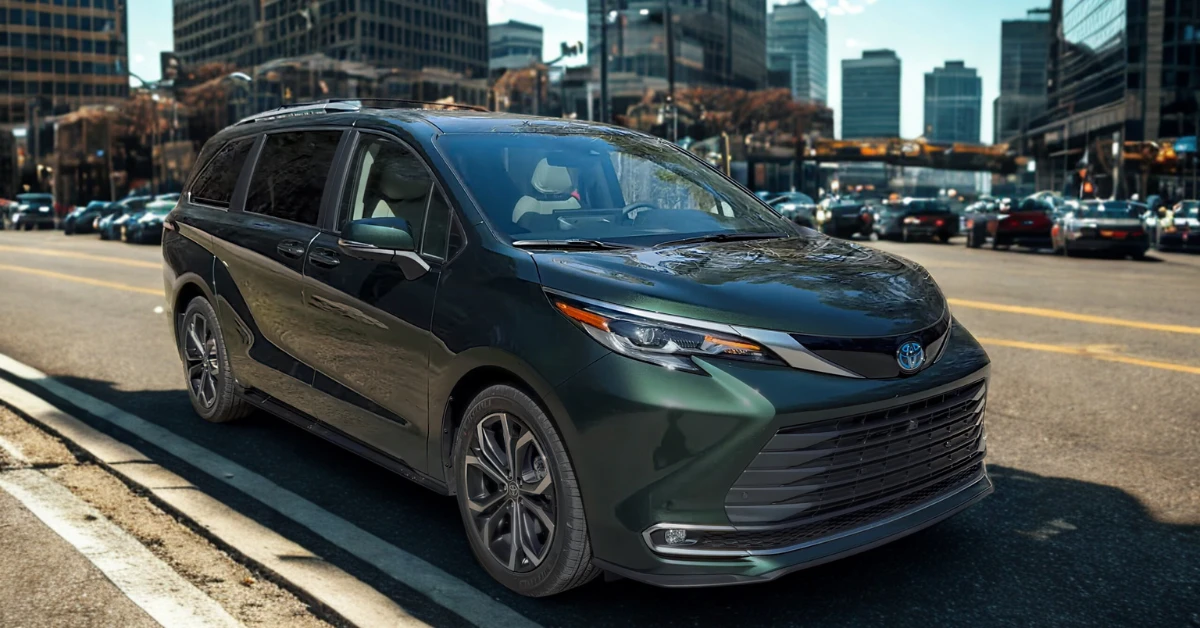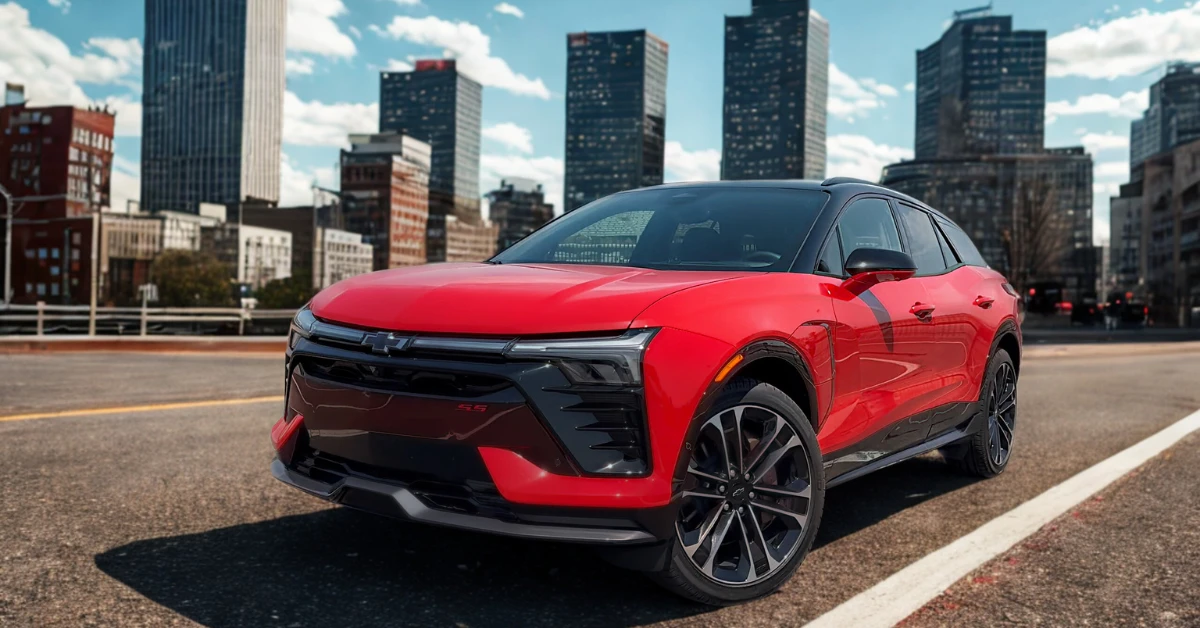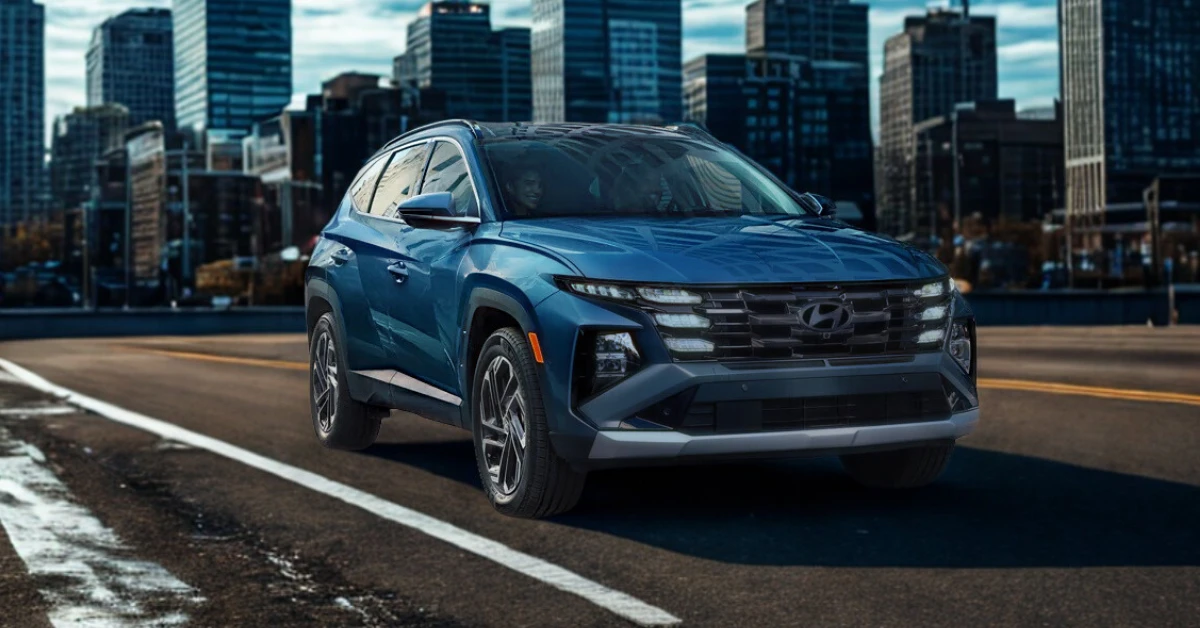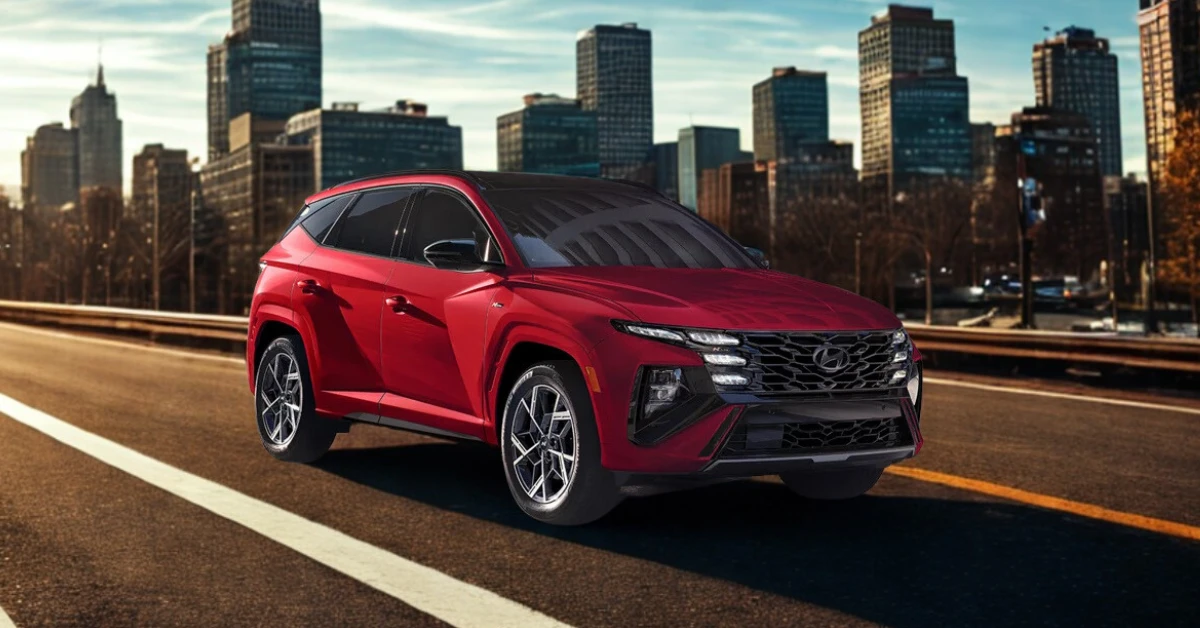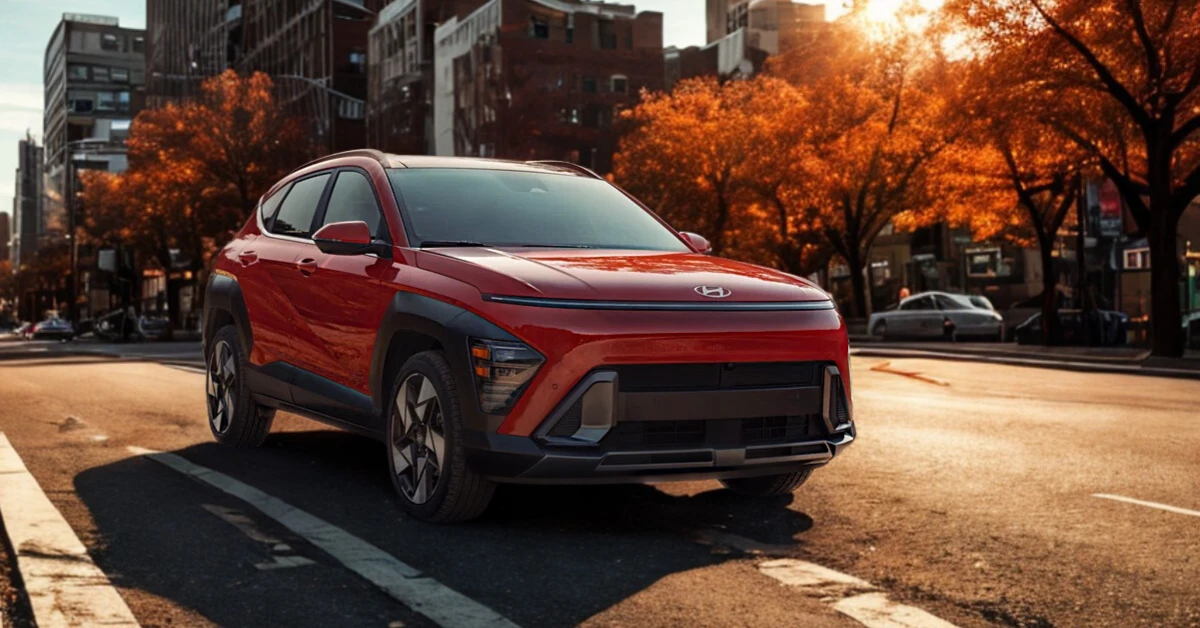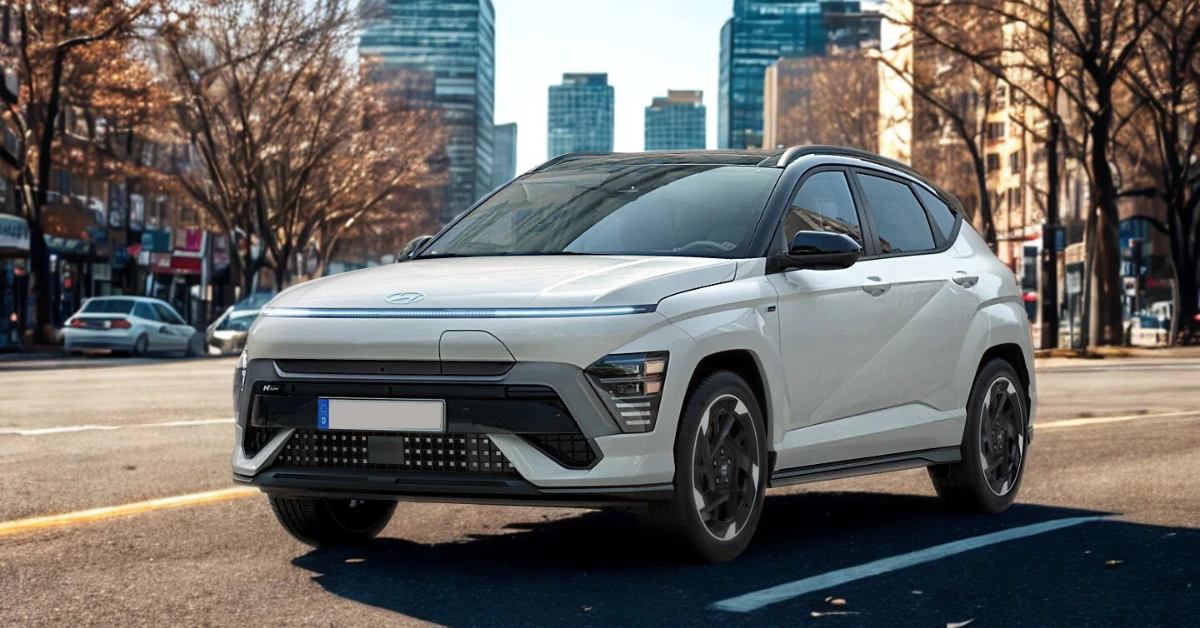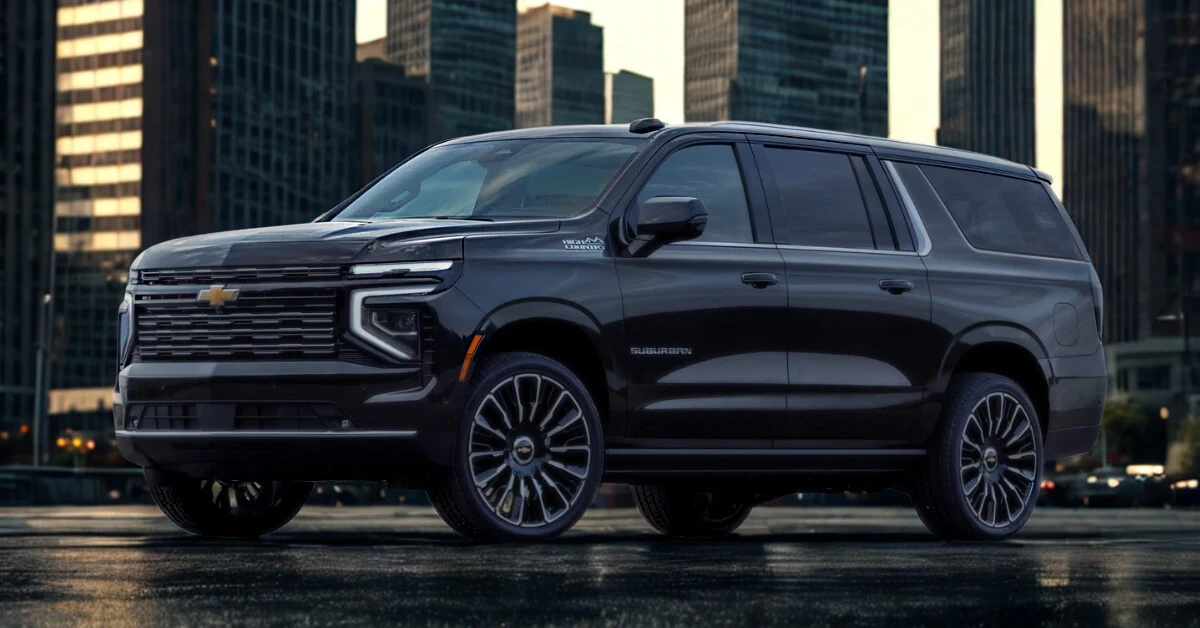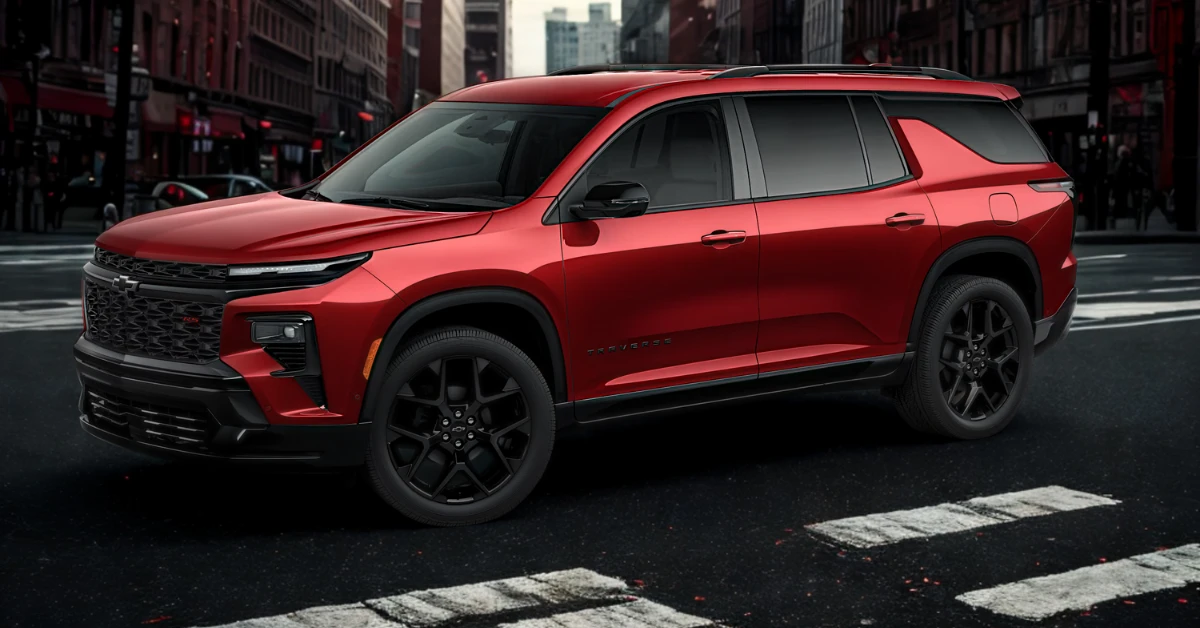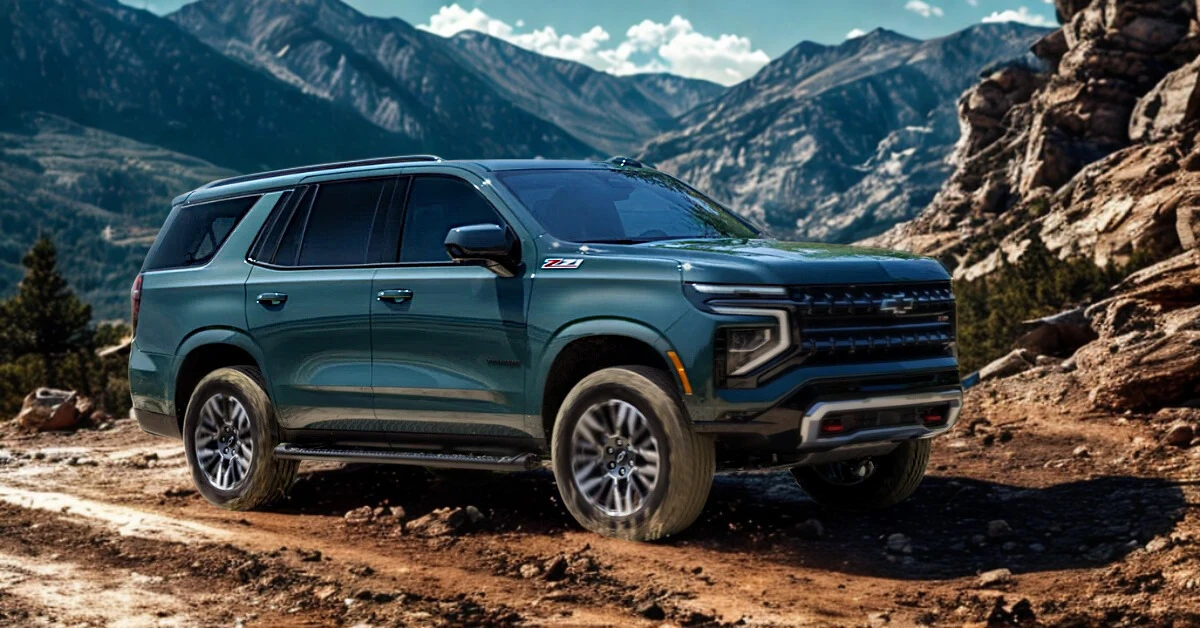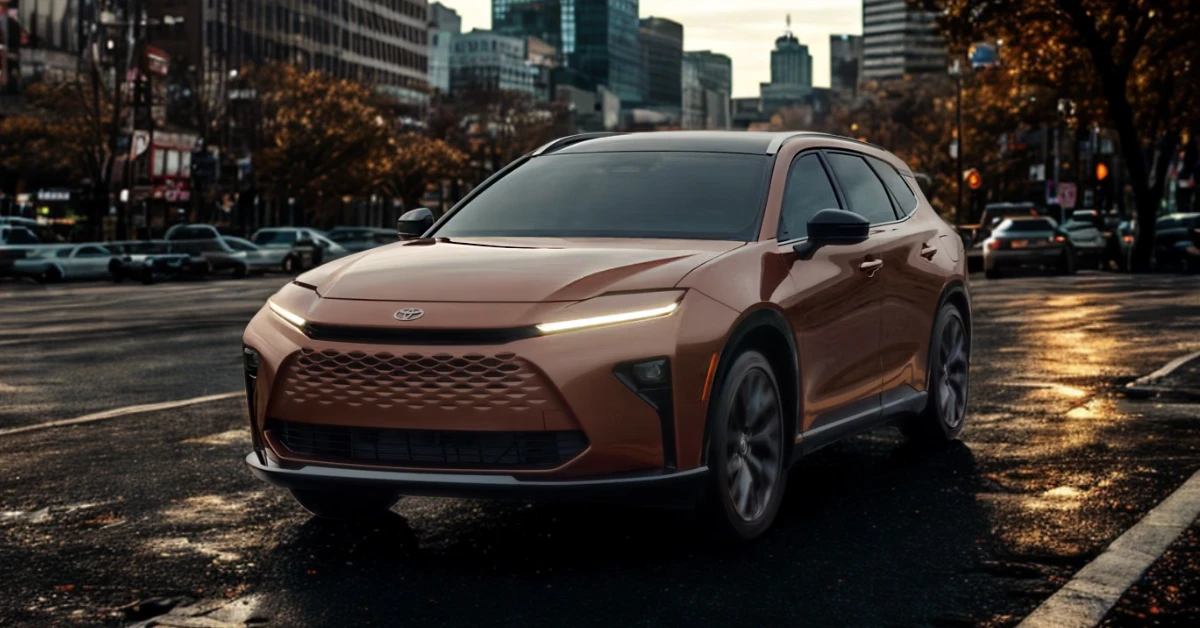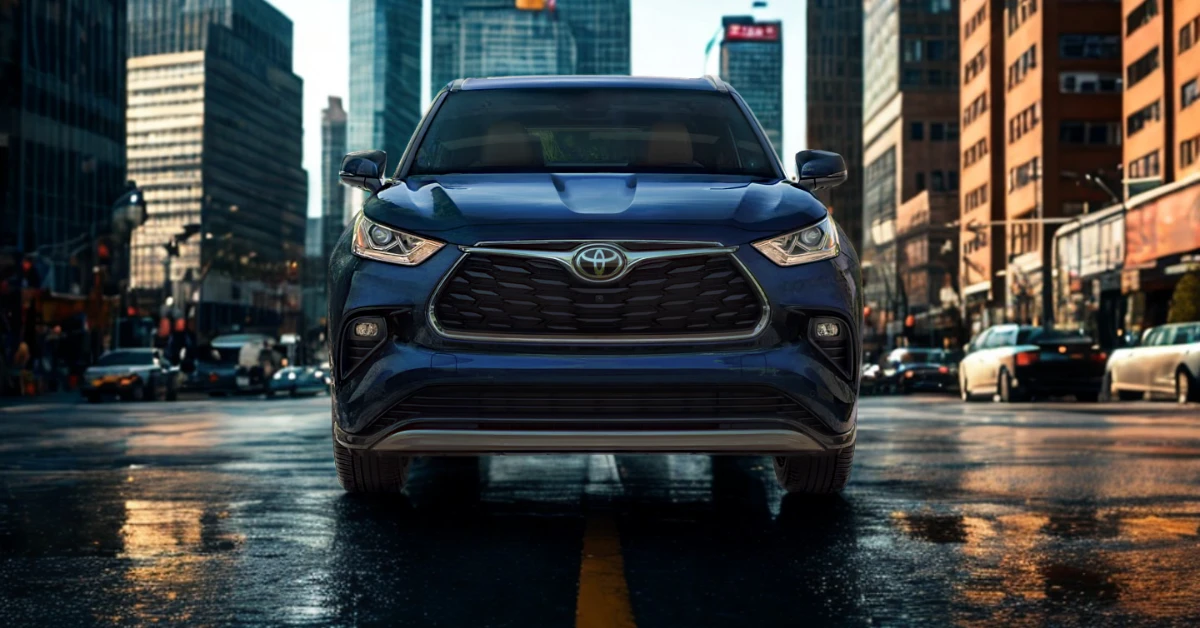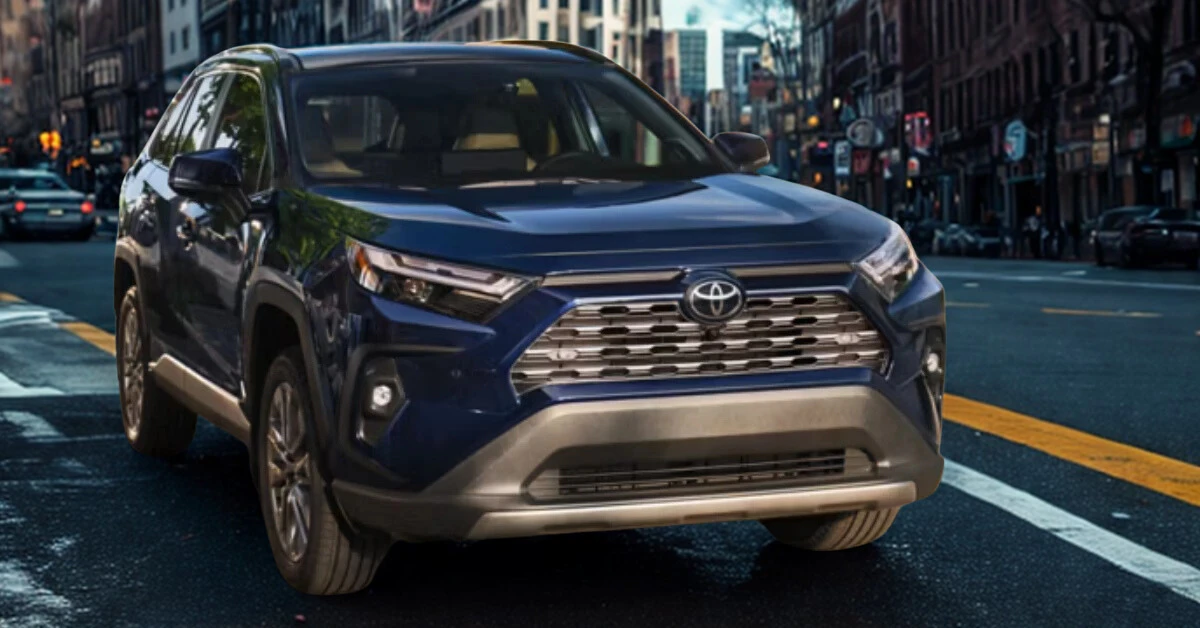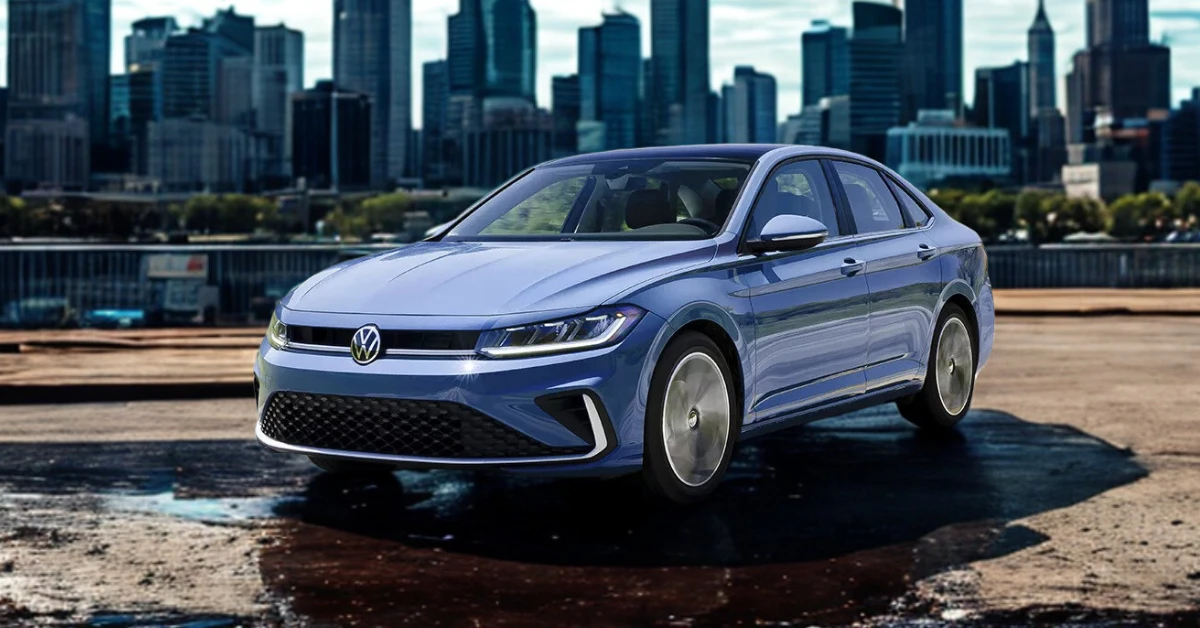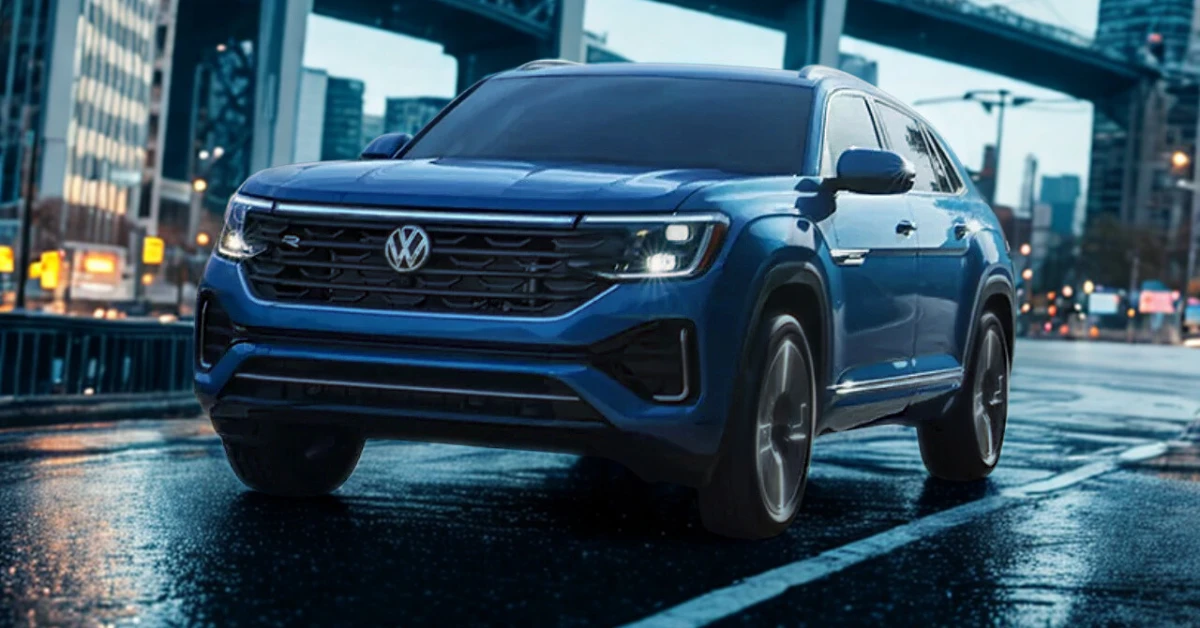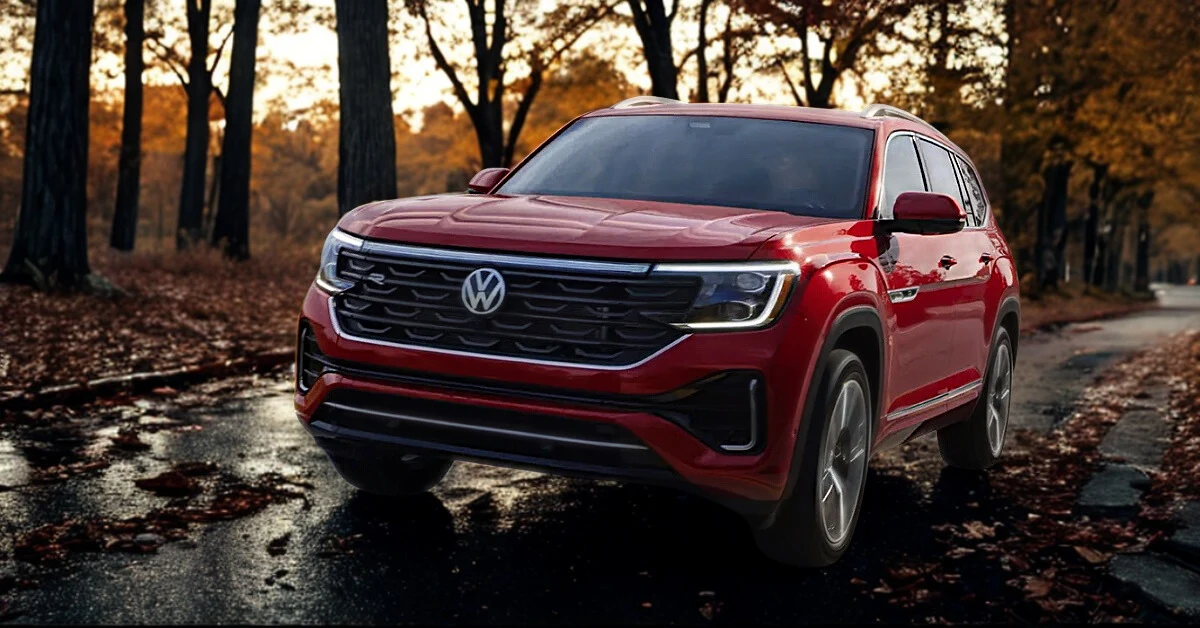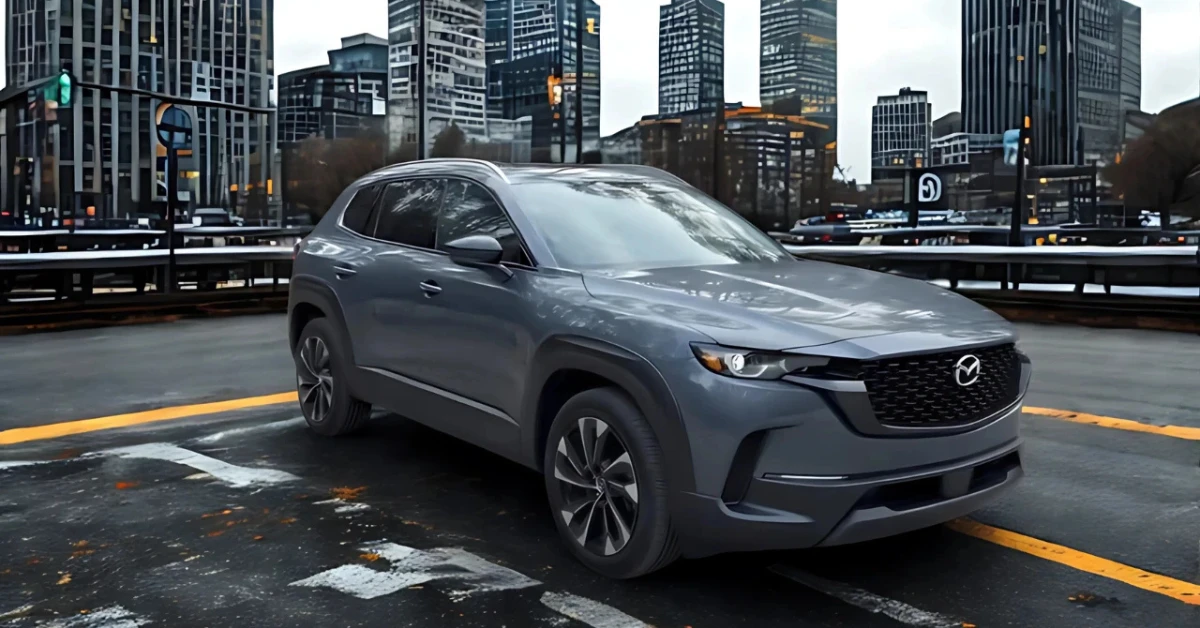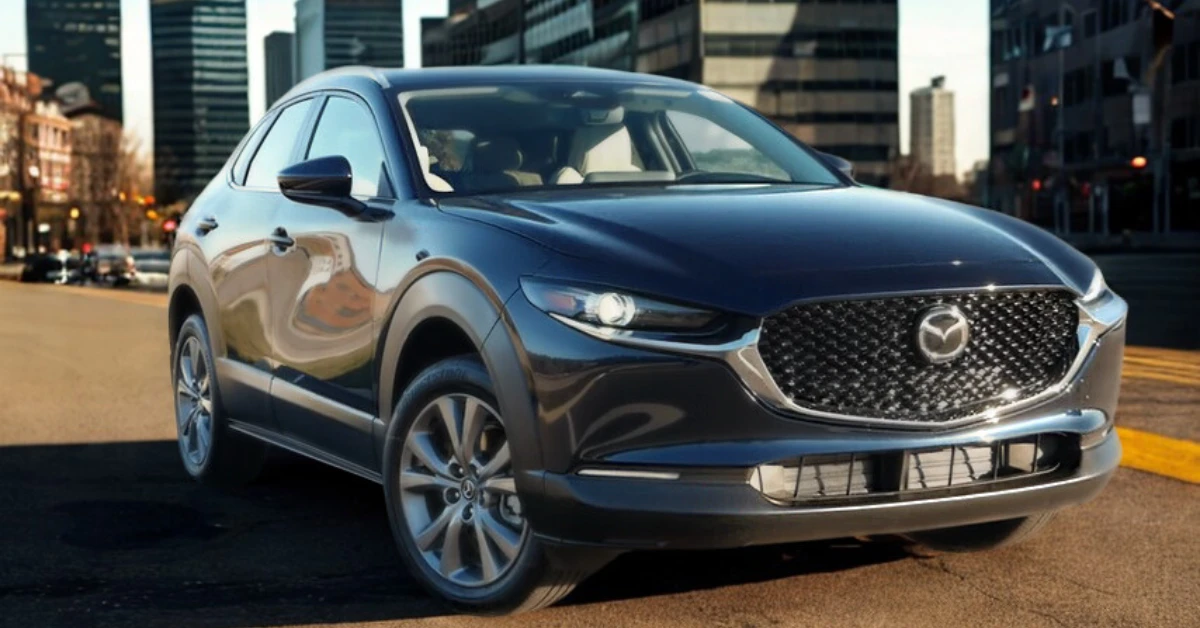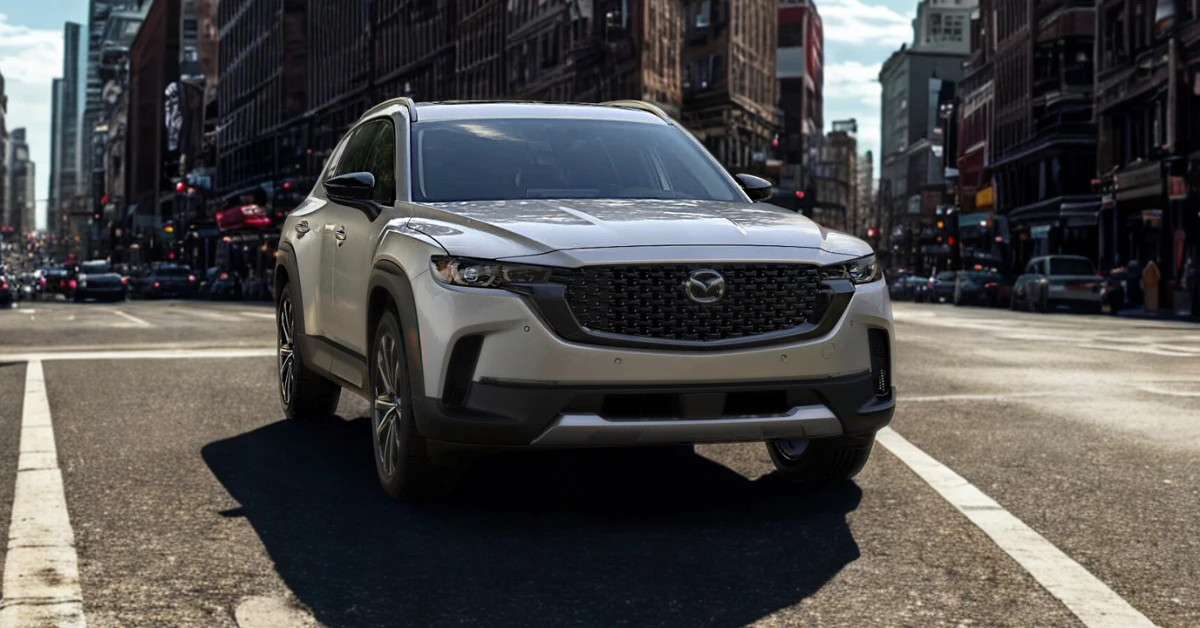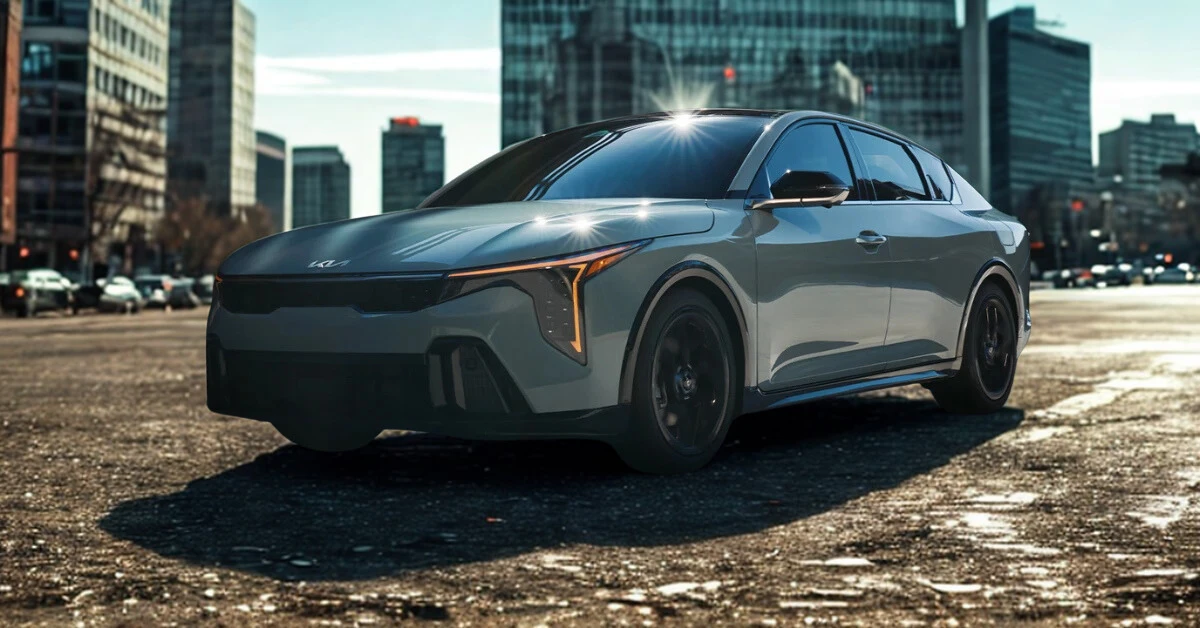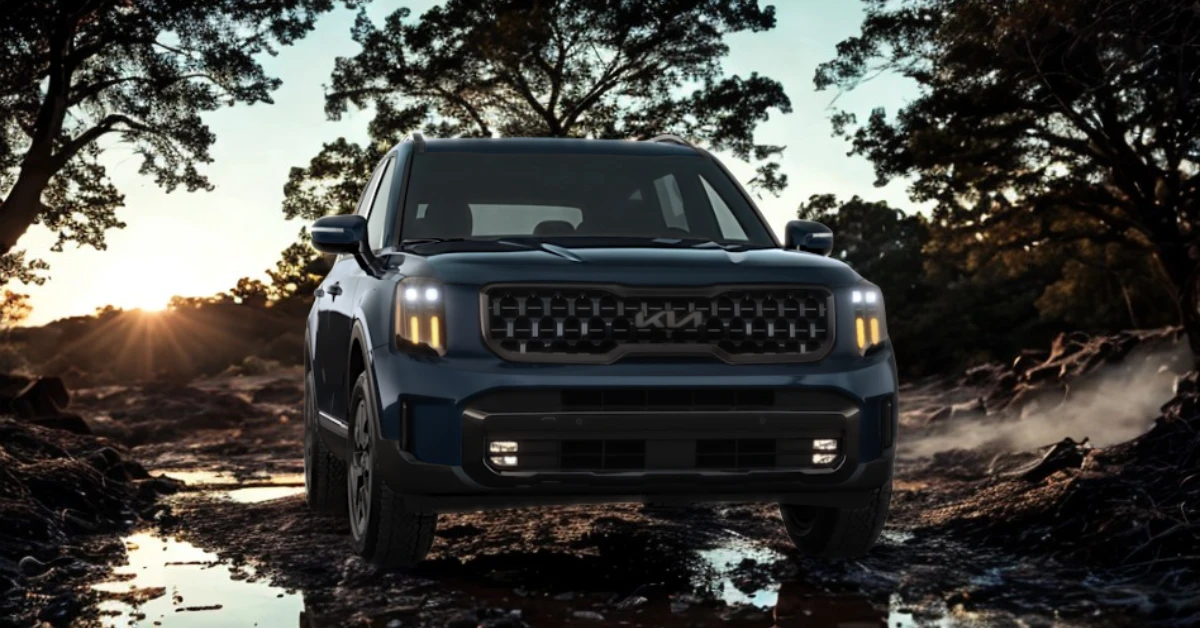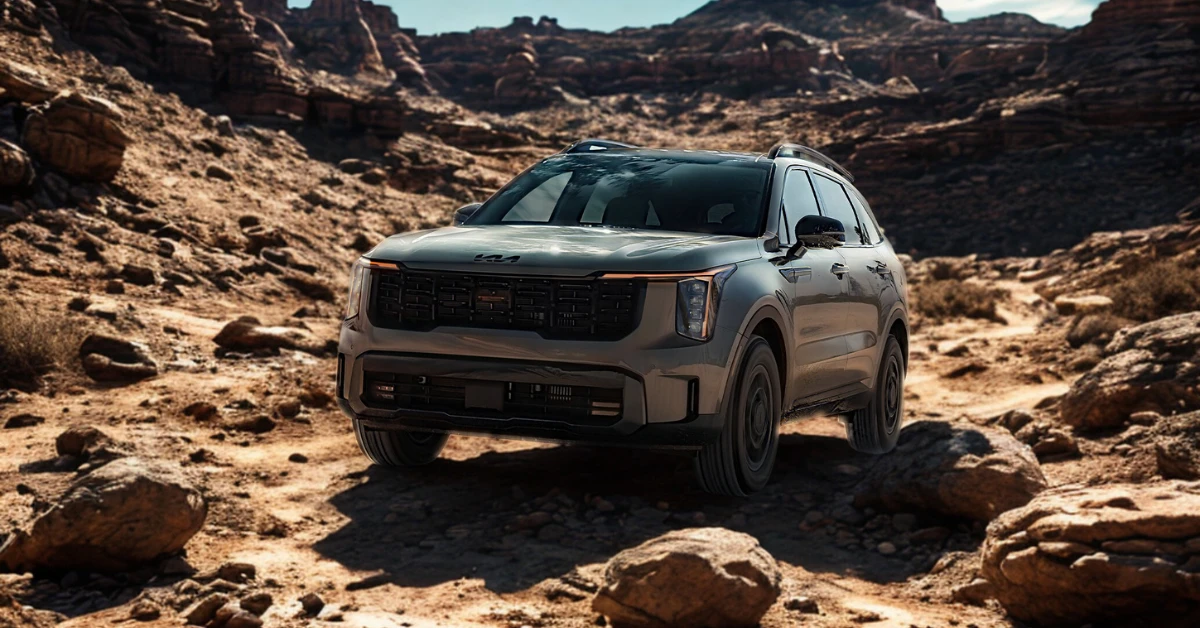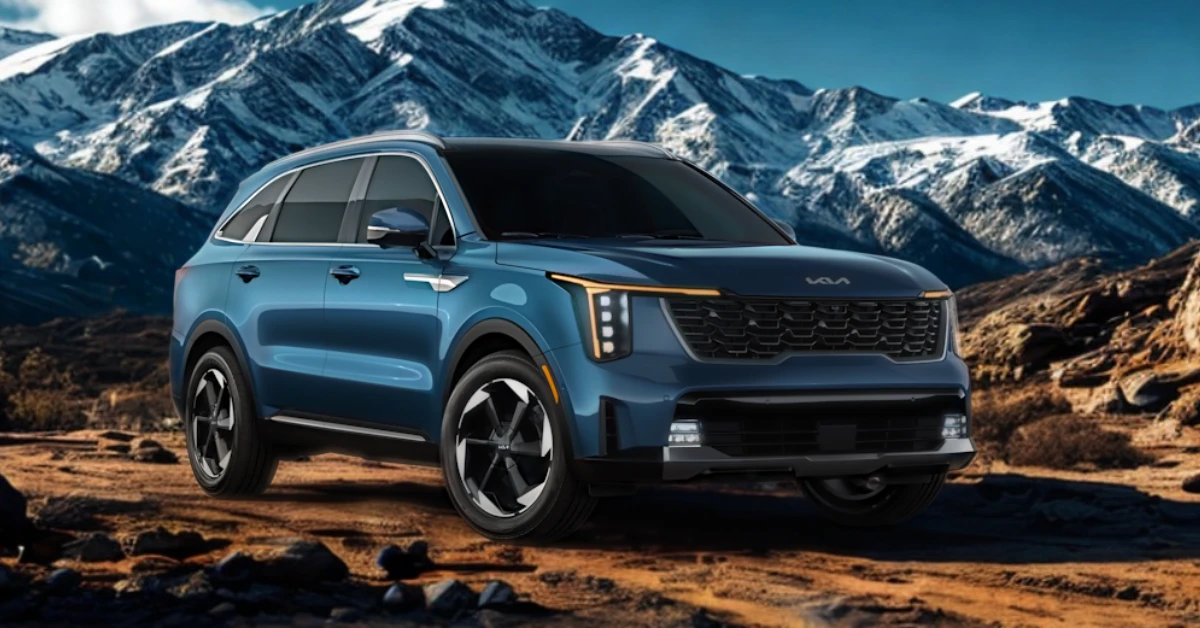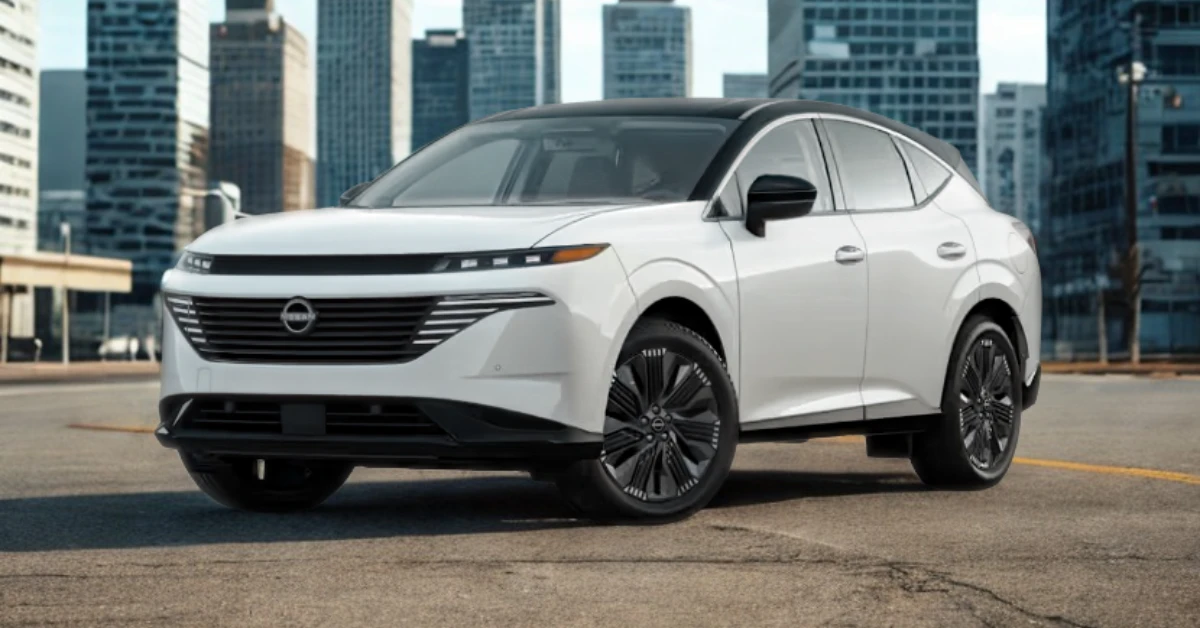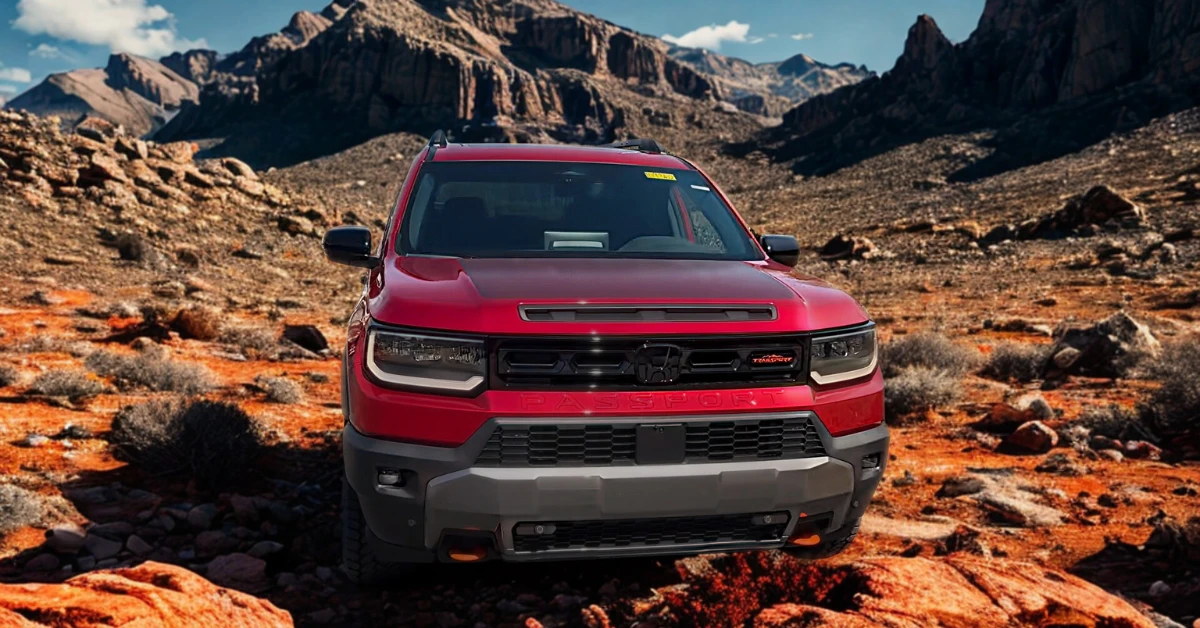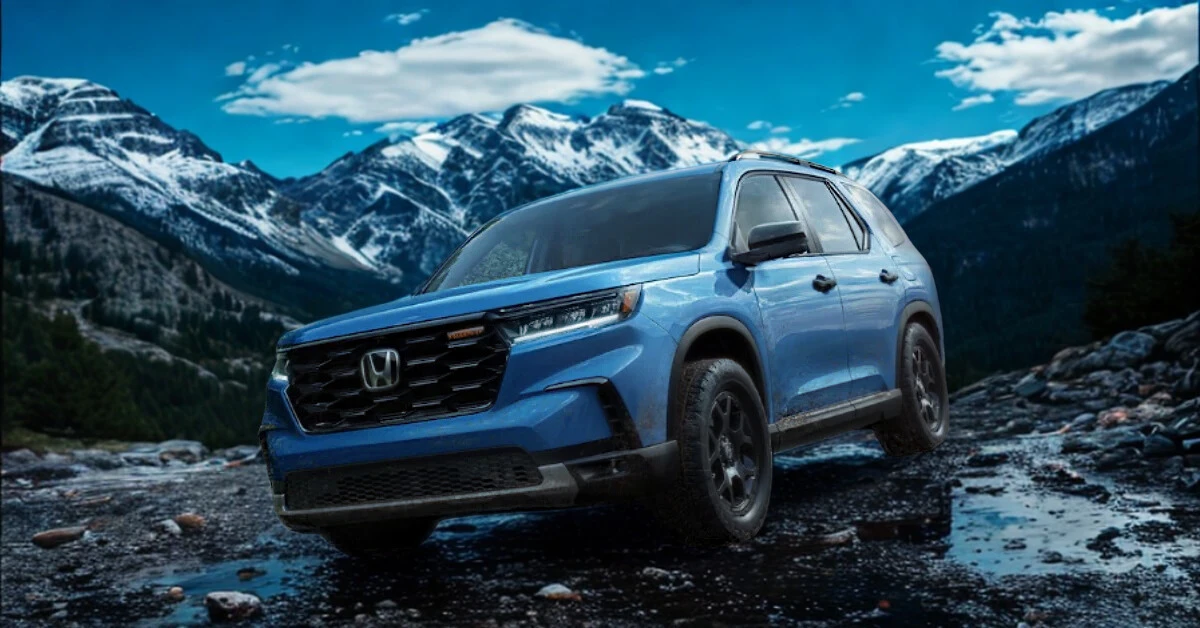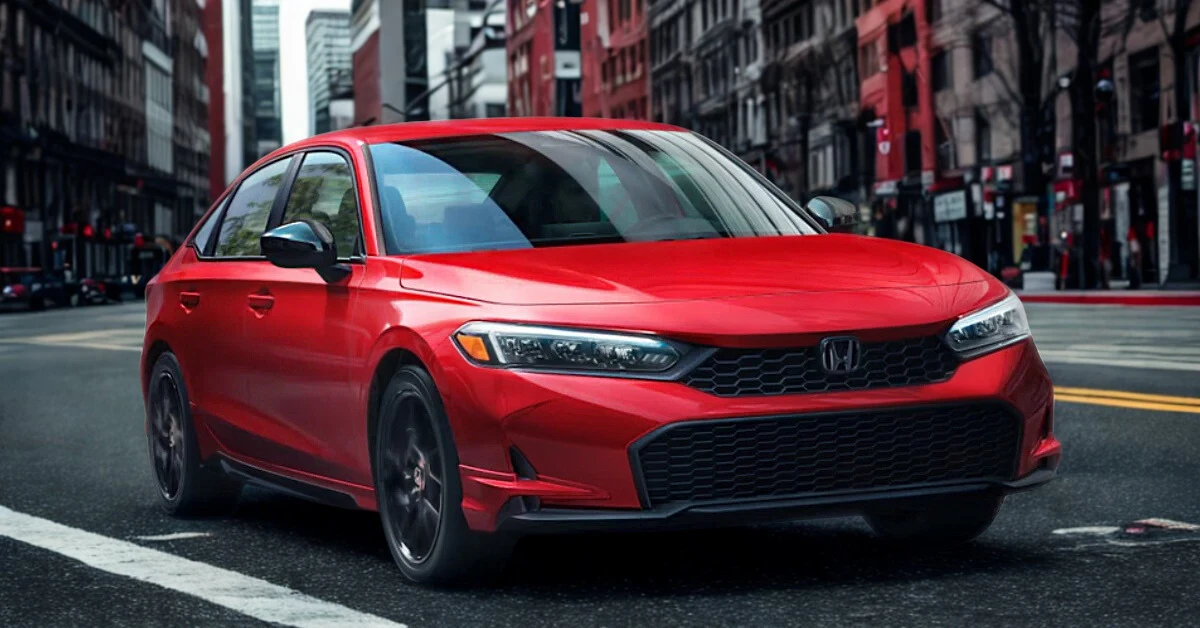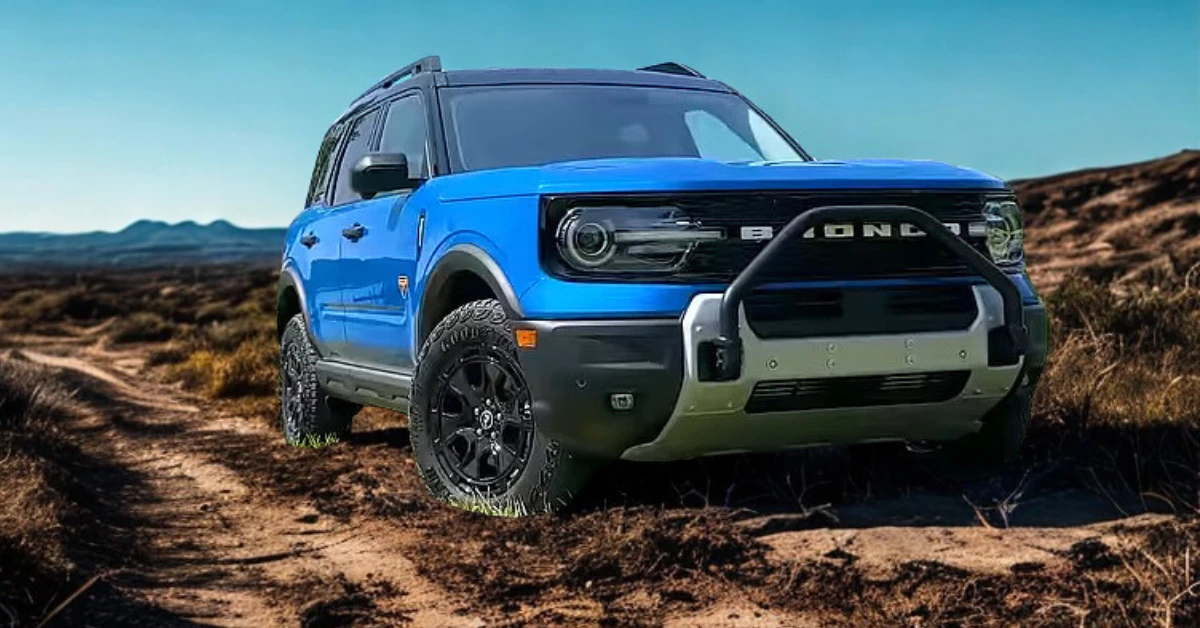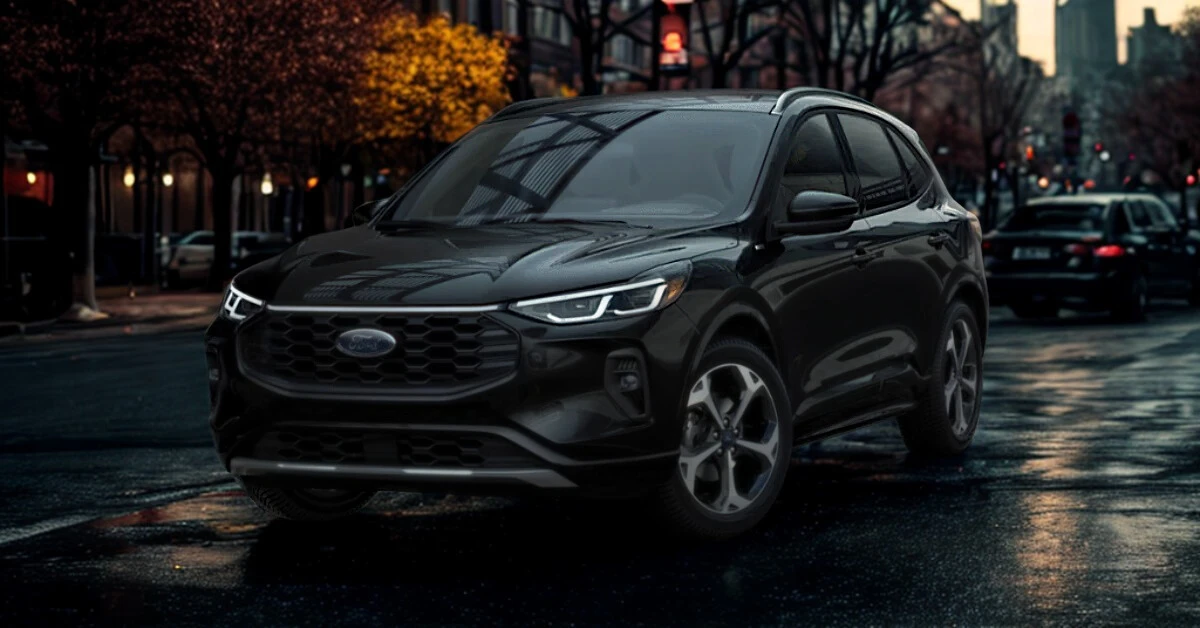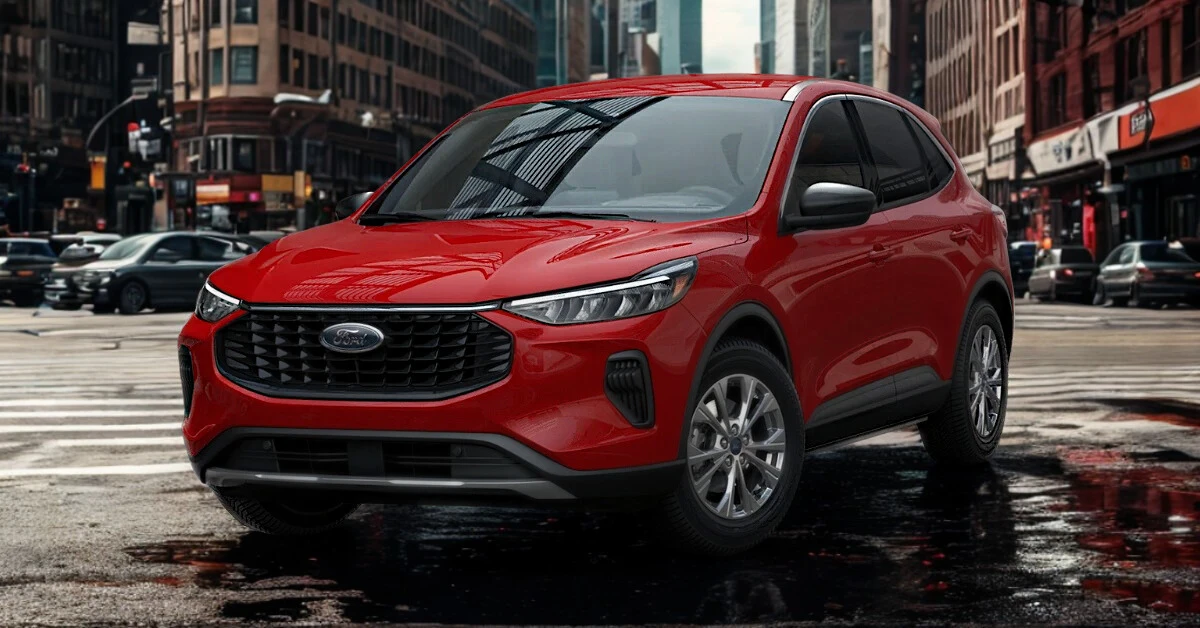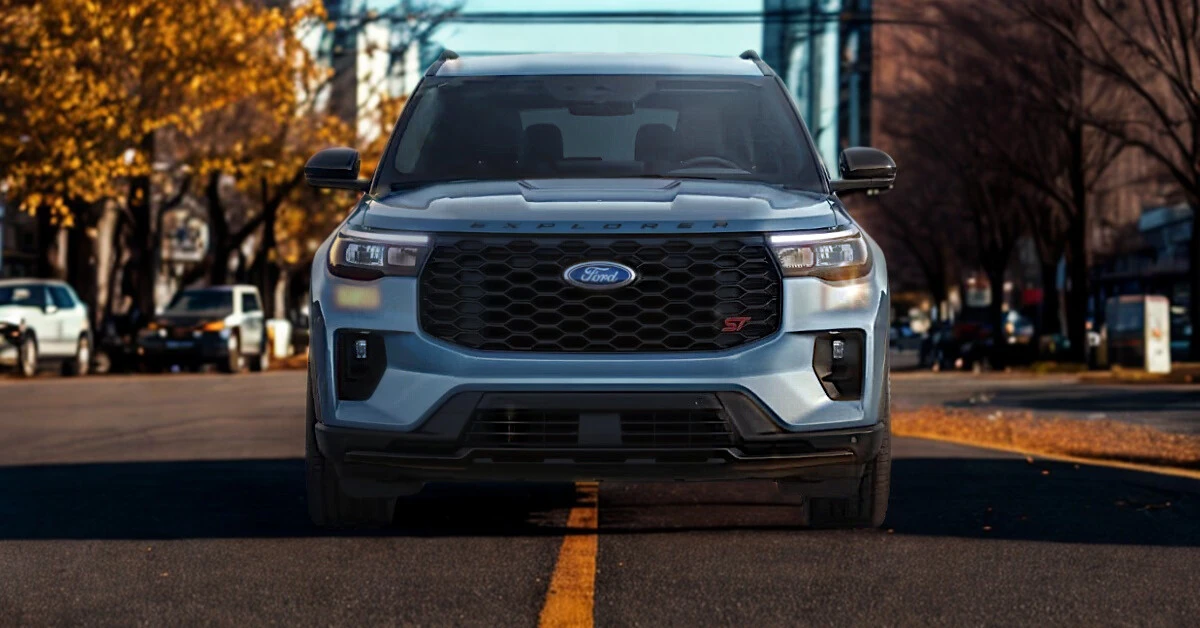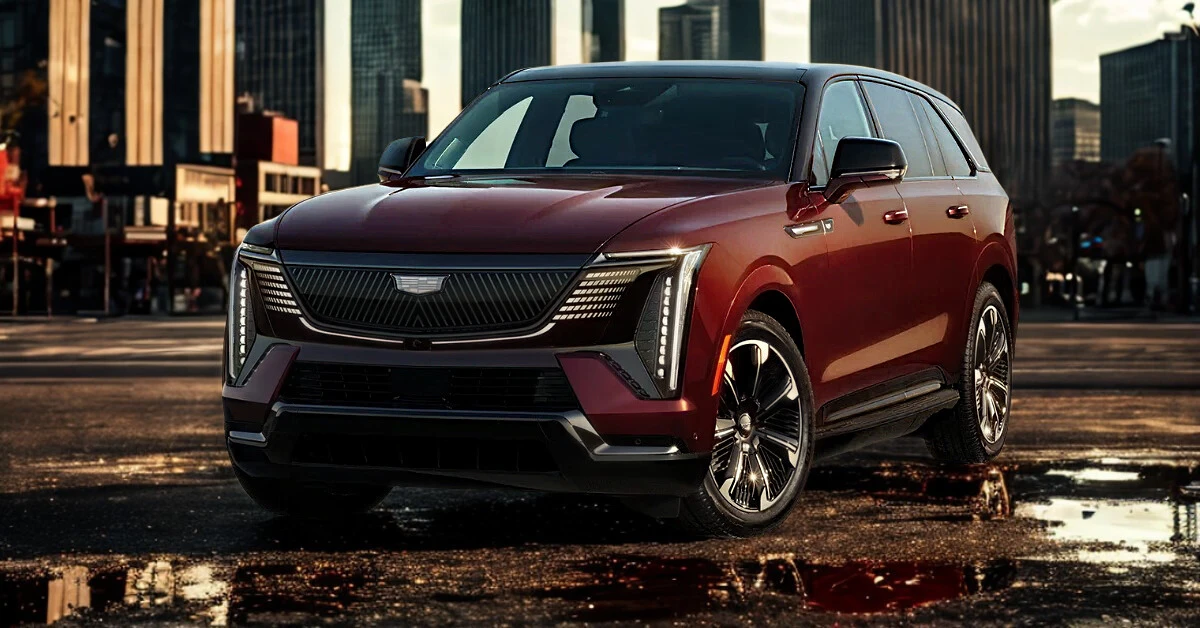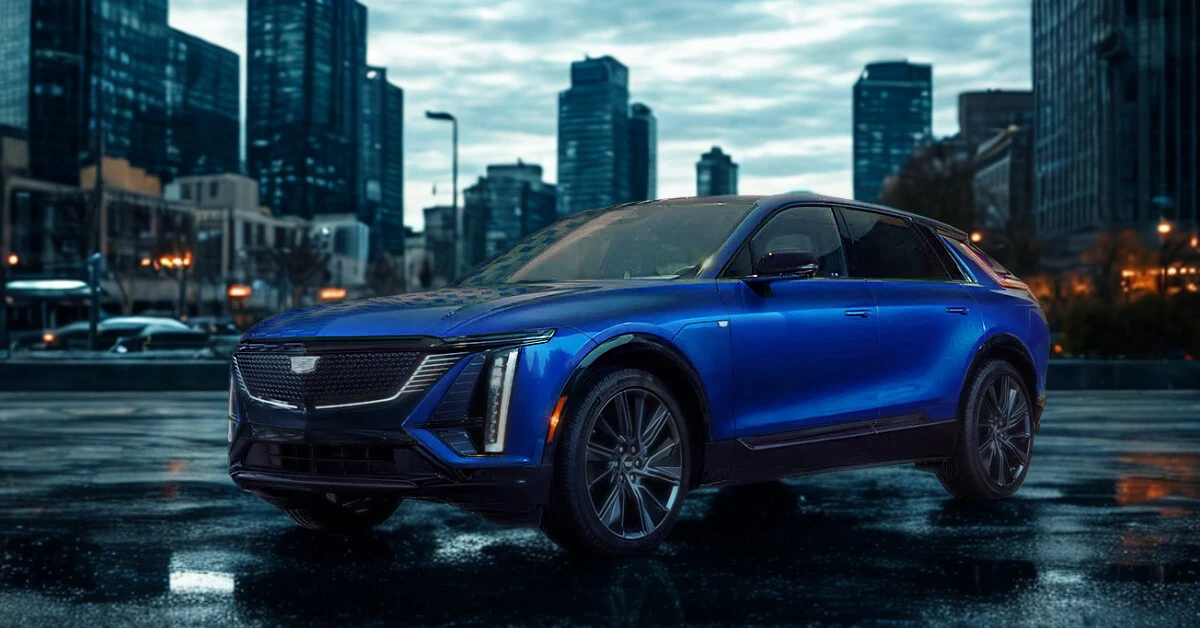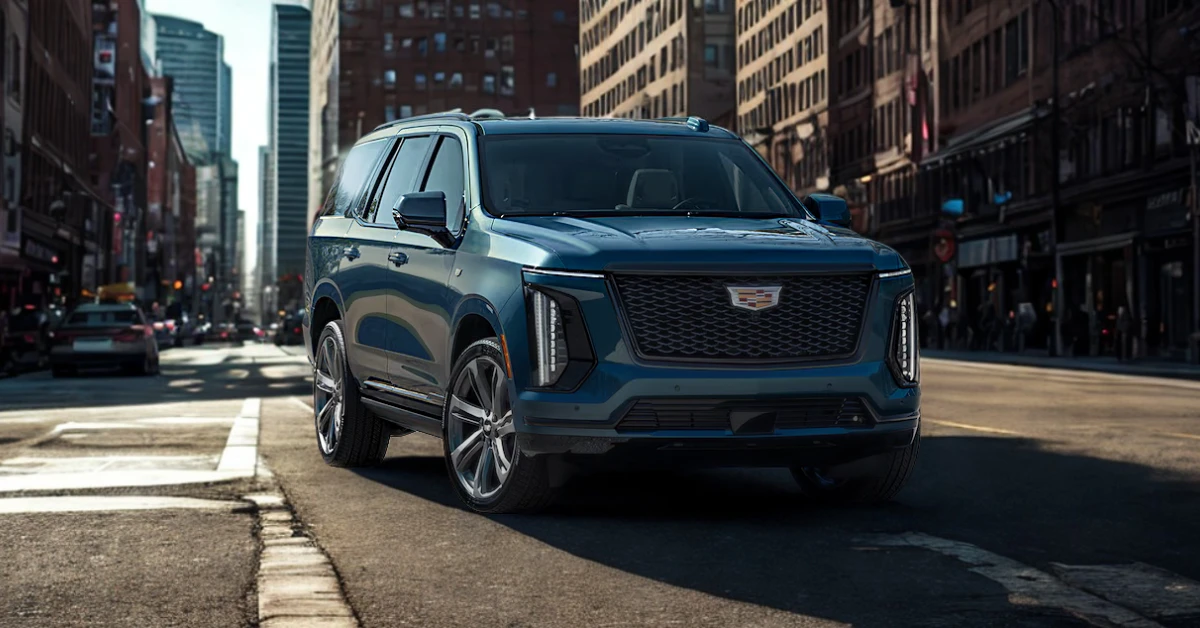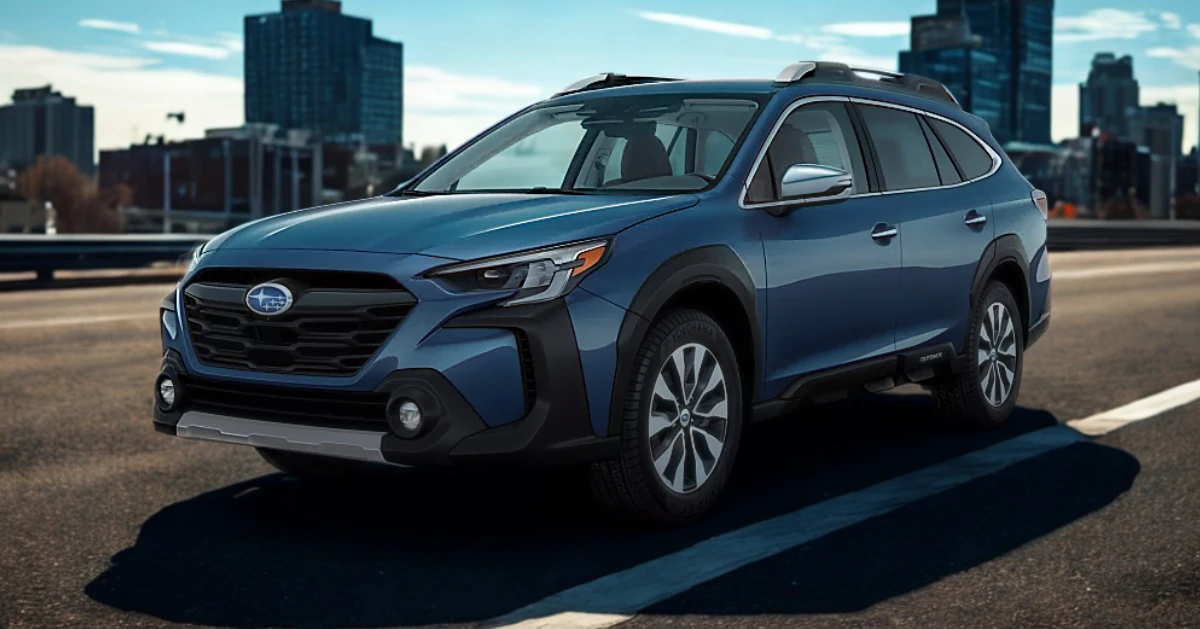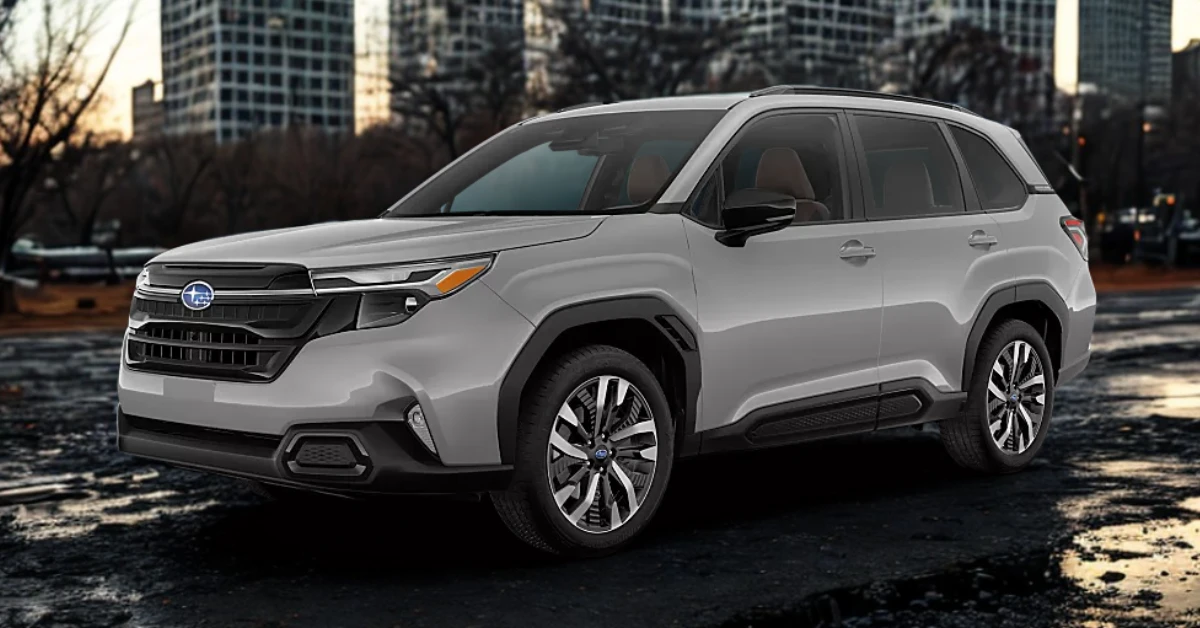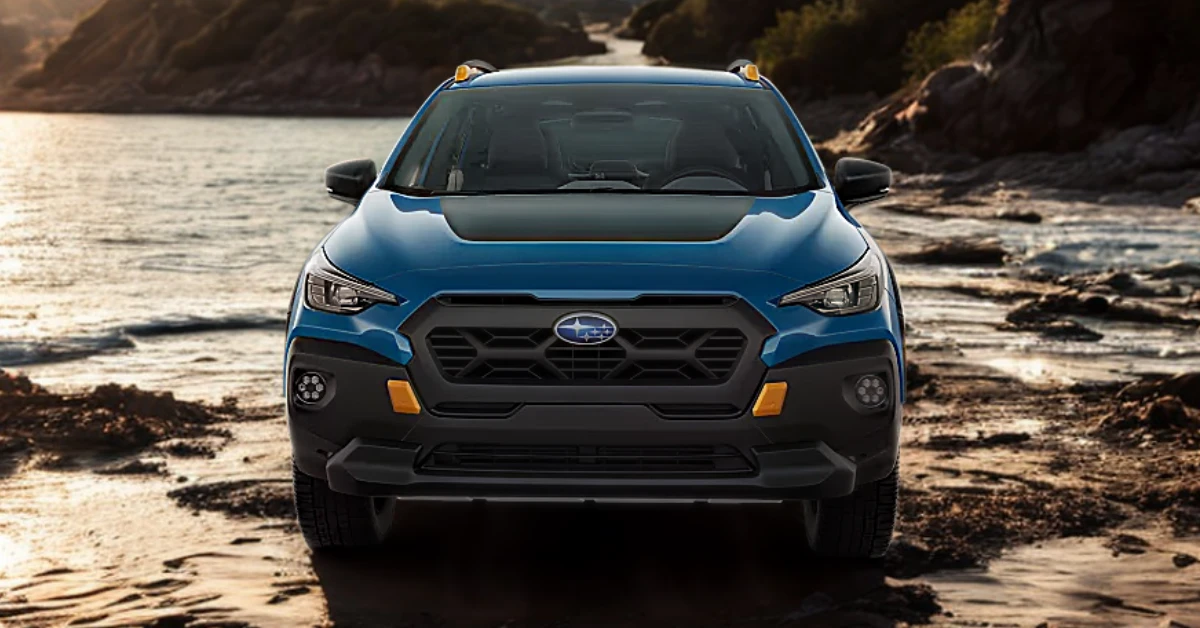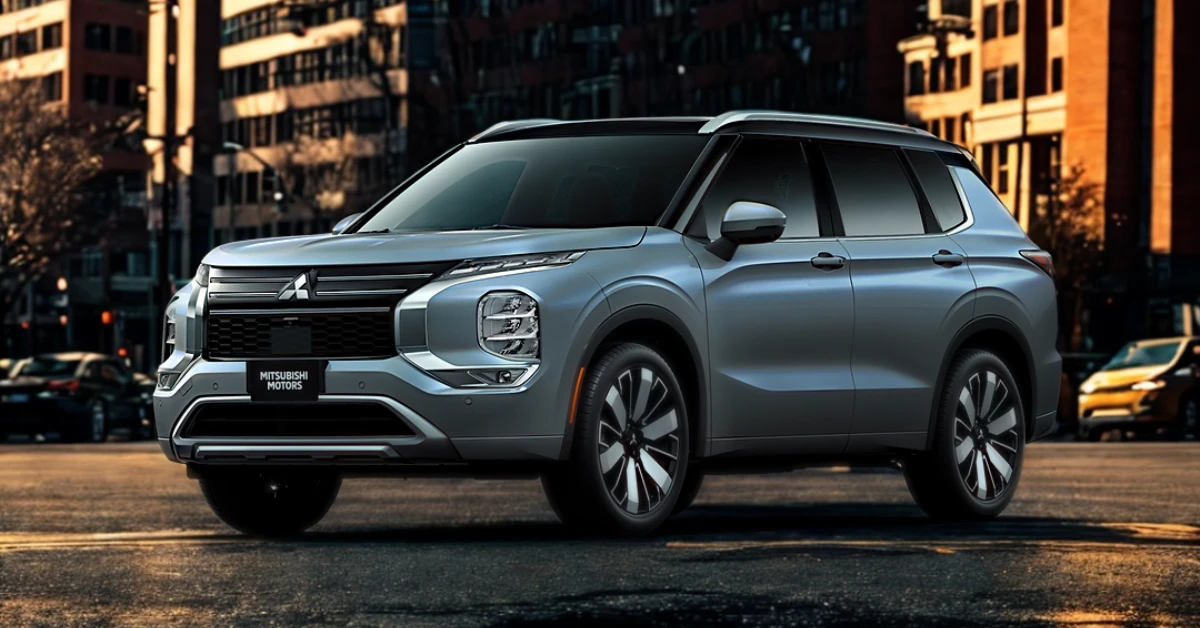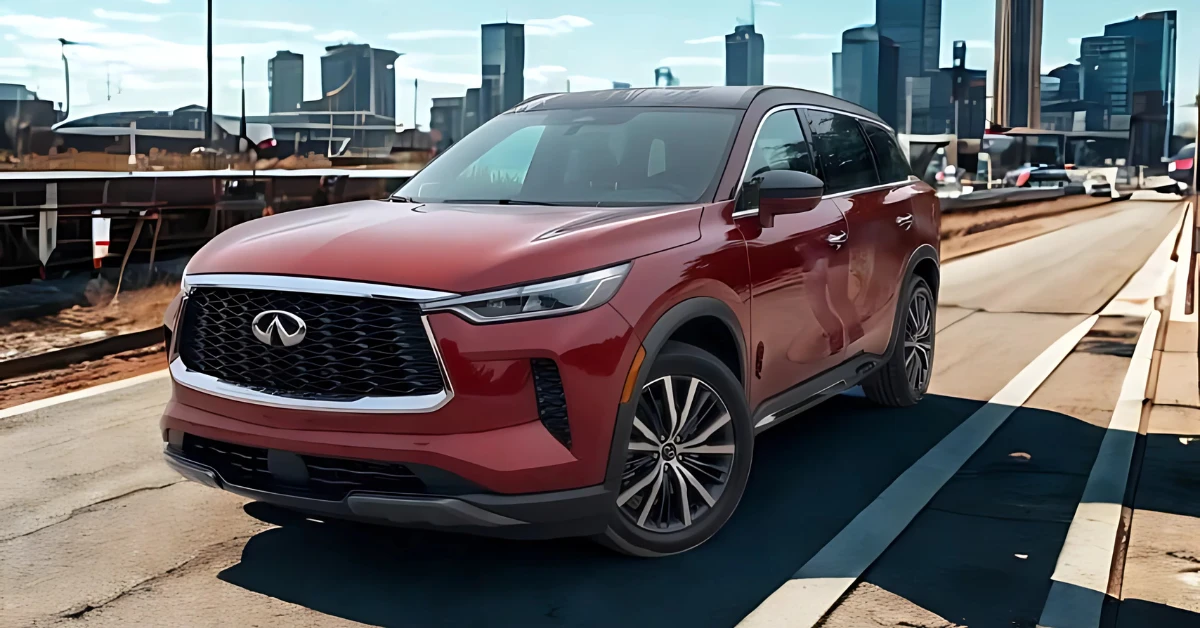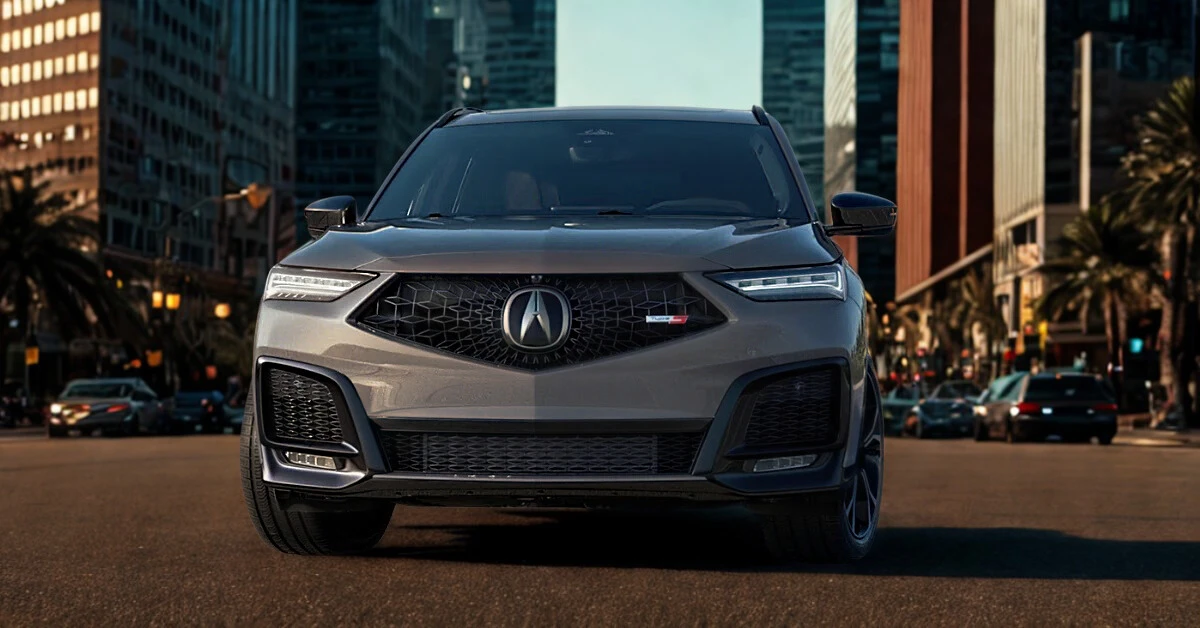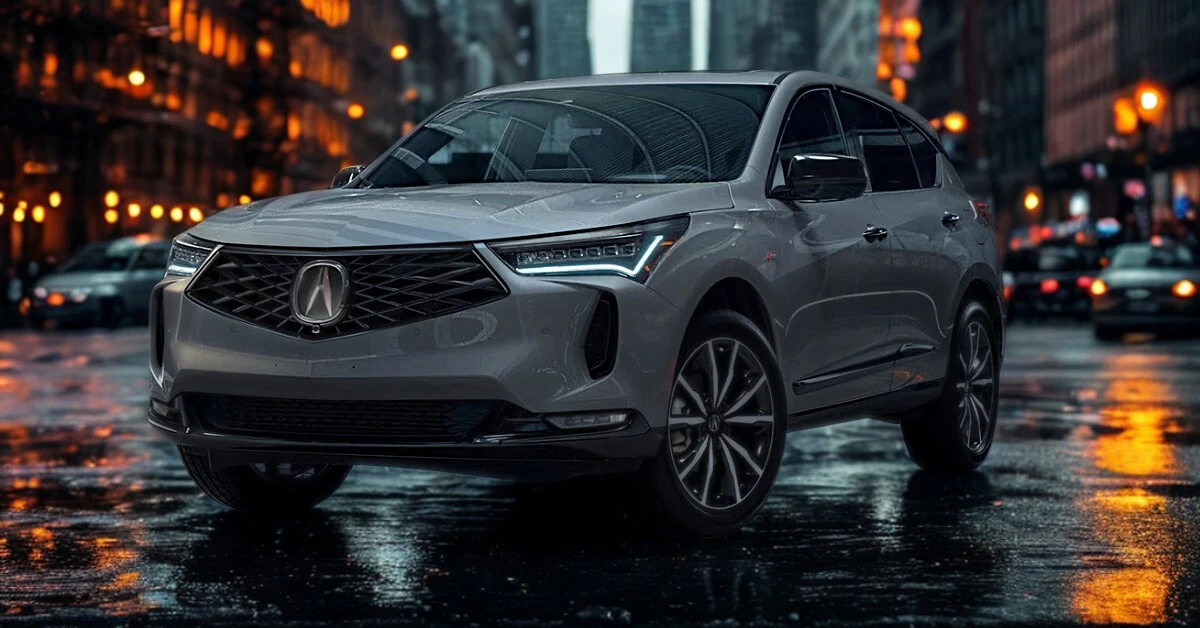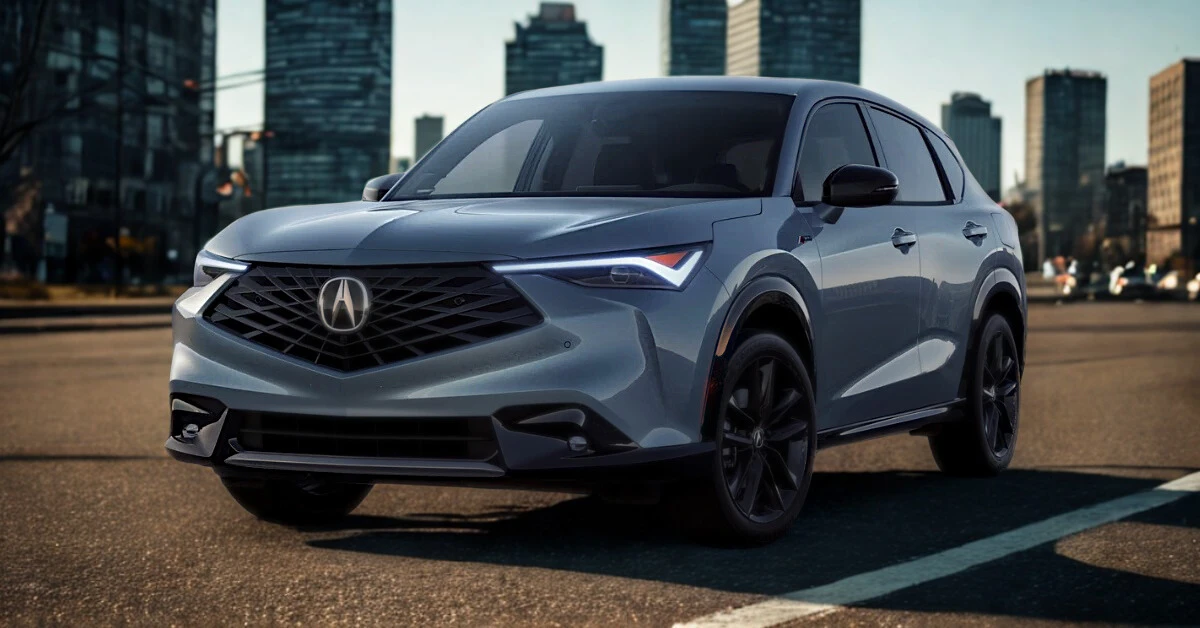2025 Volkswagen Taos Specifications
- POWERTRAINS
- TRIMS
- COLORS
- DIMENSIONS
| Specification | Taos S FWD | Taos SE FWD | Taos SE Black FWD | Taos S 4MOTION | Taos SE 4MOTION | Taos SE Black 4MOTION | Taos SEL 4MOTION |
|---|---|---|---|---|---|---|---|
| Base Price | $26,420 | $29,320 | $31,570 | $28,120 | $31,020 | $33,270 | $36,120 |
| Engine Type | Intercooled Turbo Regular Unleaded I-4 | Intercooled Turbo Regular Unleaded I-4 | Intercooled Turbo Regular Unleaded I-4 | Intercooled Turbo Regular Unleaded I-4 | Intercooled Turbo Regular Unleaded I-4 | Intercooled Turbo Regular Unleaded I-4 | Intercooled Turbo Regular Unleaded I-4 |
| Displacement | 1.5L/91 cu. in. | 1.5L/91 cu. in. | 1.5L/91 cu. in. | 1.5L/91 cu. in. | 1.5L/91 cu. in. | 1.5L/91 cu. in. | 1.5L/91 cu. in. |
| Fuel System | Gasoline Direct Injection | Gasoline Direct Injection | Gasoline Direct Injection | Gasoline Direct Injection | Gasoline Direct Injection | Gasoline Direct Injection | Gasoline Direct Injection |
| Horsepower | 174 @ 5500 rpm | 174 @ 5500 rpm | 174 @ 5500 rpm | 174 @ 5500 rpm | 174 @ 5500 rpm | 174 @ 5500 rpm | 174 @ 5500 rpm |
| Torque | 184 lb-ft @ 1750 rpm | 184 lb-ft @ 1750 rpm | 184 lb-ft @ 1750 rpm | 184 lb-ft @ 1750 rpm | 184 lb-ft @ 1750 rpm | 184 lb-ft @ 1750 rpm | 184 lb-ft @ 1750 rpm |
| Transmission | 8-Speed Automatic w/Tiptronic | 8-Speed Automatic w/Tiptronic | 8-Speed Automatic w/Tiptronic | 8-Speed Automatic w/Tiptronic | 8-Speed Automatic w/Tiptronic | 8-Speed Automatic w/Tiptronic | 8-Speed Automatic w/Tiptronic |
| Drive Type | Front-Wheel Drive | Front-Wheel Drive | Front-Wheel Drive | All-Wheel Drive (4MOTION) | All-Wheel Drive (4MOTION) | All-Wheel Drive (4MOTION) | All-Wheel Drive (4MOTION) |
| Fuel Economy (city/hwy/combined) | 28/36/31 mpg | 28/36/31 mpg | 28/36/31 mpg | 25/33/28 mpg | 25/33/28 mpg | 25/33/28 mpg | 25/33/28 mpg |
| Fuel Tank Capacity | 13.2 gal. | 13.2 gal. | 13.2 gal. | 14.5 gal. | 14.5 gal. | 14.5 gal. | 14.5 gal. |
| Range (city/hwy) | 369.6/475.2 miles | 369.6/475.2 miles | 369.6/475.2 miles | 362.5/478.5 miles | 362.5/478.5 miles | 362.5/478.5 miles | 362.5/478.5 miles |
| EPA Classification | Small SUV 2WD | Small SUV 2WD | Small SUV 2WD | Small SUV 4WD | Small SUV 4WD | Small SUV 4WD | Small SUV 4WD |
| Curb Weight | 3,181 lbs | 3,181 lbs | 3,181 lbs | 3,430 lbs | 3,430 lbs | 3,430 lbs | 3,430 lbs |
| Suspension Type (F/R) | Strut / Torsion Beam | Strut / Torsion Beam | Strut / Torsion Beam | Strut / Multi-Link | Strut / Multi-Link | Strut / Multi-Link | Strut / Multi-Link |
| Special Features | Auto Start-Stop, Engine Oil Cooler | Auto Start-Stop, Engine Oil Cooler, Remote Start | Auto Start-Stop, Engine Oil Cooler, Remote Start, Sunroof | Auto Start-Stop, Engine Oil Cooler, Hill Descent Control | Auto Start-Stop, Engine Oil Cooler, Remote Start, Hill Descent Control | Auto Start-Stop, Engine Oil Cooler, Remote Start, Sunroof, Hill Descent Control | Auto Start-Stop, Engine Oil Cooler, Remote Start, Sunroof, Hill Descent Control |
Interior Features
| Feature | Taos S FWD | Taos SE FWD | Taos SE Black FWD | Taos S 4MOTION | Taos SE 4MOTION | Taos SE Black 4MOTION | Taos SEL 4MOTION |
|---|---|---|---|---|---|---|---|
| Seating | Cloth Seating Surfaces | CloudTex & Cloth Seating Surfaces | CloudTex & Cloth Seating Surfaces | Cloth Seating Surfaces | CloudTex & Cloth Seating Surfaces | CloudTex & Cloth Seating Surfaces | Perforated Vienna Leather Seating Surfaces |
| Driver’s Seat | 6-way manual | 8-way power w/lumbar | 8-way power w/lumbar | 6-way manual | 8-way power w/lumbar | 8-way power w/lumbar | 8-way power w/lumbar |
| Passenger Seat | 6-way manual | 6-way manual | 6-way manual | 6-way manual | 6-way manual | 6-way manual | 6-way manual |
| Heated Front Seats | Standard | Standard | Standard | Standard | Standard | Standard | Standard |
| Ventilated Front Seats | Not Standard | Not Standard | Not Standard | Not Standard | Not Standard | Not Standard | Standard |
| Climate Control | Manual Air Conditioning | Dual Zone Automatic | Dual Zone Automatic | Manual Air Conditioning | Dual Zone Automatic | Dual Zone Automatic | Dual Zone Automatic |
| Steering Wheel | Heated Leatherette | Heated Leatherette | Heated Leatherette | Heated Leatherette | Heated Leatherette | Heated Leatherette | Heated Leatherette |
| Cargo Space Behind 2nd Row | 27.9 cu. ft. | 27.9 cu. ft. | 27.9 cu. ft. | 24.9 cu. ft. | 24.9 cu. ft. | 24.9 cu. ft. | 24.9 cu. ft. |
| Cargo Space Behind 1st Row | 65.9 cu. ft. | 65.9 cu. ft. | 65.9 cu. ft. | 60.2 cu. ft. | 60.2 cu. ft. | 60.2 cu. ft. | 60.2 cu. ft. |
| Sunroof | Not Standard | Not Standard | Standard | Not Standard | Not Standard | Standard | Standard |
Technology
| Feature | Taos S FWD | Taos SE FWD | Taos SE Black FWD | Taos S 4MOTION | Taos SE 4MOTION | Taos SE Black 4MOTION | Taos SEL 4MOTION |
|---|---|---|---|---|---|---|---|
| Infotainment | MIB3 Composition Color 8″ Touchscreen | MIB3 Composition Media 8″ Touchscreen | MIB3 Composition Media 8″ Touchscreen | MIB3 Composition Color 8″ Touchscreen | MIB3 Composition Media 8″ Touchscreen | MIB3 Composition Media 8″ Touchscreen | MIB3 Discover Media 8″ Navigation Touchscreen |
| Smartphone Integration | Apple CarPlay & Android Auto | Wireless Apple CarPlay & Android Auto | Wireless Apple CarPlay & Android Auto | Apple CarPlay & Android Auto | Wireless Apple CarPlay & Android Auto | Wireless Apple CarPlay & Android Auto | Wireless Apple CarPlay & Android Auto |
| Audio System | Standard | 6-speaker | 6-speaker | Standard | 6-speaker | 6-speaker | 6-speaker |
| SiriusXM | Not Standard | Standard w/360L (3-month trial) | Standard w/360L (3-month trial) | Not Standard | Standard w/360L (3-month trial) | Standard w/360L (3-month trial) | Standard w/360L (3-month trial) |
| Wireless Charging | Not Standard | Standard | Standard | Not Standard | Standard | Standard | Standard |
| Rearview Mirror | Day-Night | Day-Night | Day-Night | Day-Night | Day-Night | Day-Night | Auto-Dimming |
| Digital Cockpit | Standard | Standard | Standard | Standard | Standard | Standard | Standard |
Safety & Driver Assistance
| Feature | Taos S FWD | Taos SE FWD | Taos SE Black FWD | Taos S 4MOTION | Taos SE 4MOTION | Taos SE Black 4MOTION | Taos SEL 4MOTION |
|---|---|---|---|---|---|---|---|
| Travel Assist | Standard | Standard | Standard | Standard | Standard | Standard | Standard |
| Front Assist | Standard | Standard | Standard | Standard | Standard | Standard | Standard |
| Blind Spot Monitor | Standard | Standard | Standard | Standard | Standard | Standard | Standard |
| Rear Traffic Alert | Standard | Standard | Standard | Standard | Standard | Standard | Standard |
| Lane Assist | Standard | Standard | Standard | Standard | Standard | Standard | Standard |
| Adaptive Cruise Control | Standard w/Traffic Stop-Go | Standard w/Traffic Stop-Go | Standard w/Traffic Stop-Go | Standard w/Traffic Stop-Go | Standard w/Traffic Stop-Go | Standard w/Traffic Stop-Go | Standard w/Traffic Stop-Go |
| Front Parking Sensors | Not Standard | Standard | Standard | Not Standard | Standard | Standard | Standard |
| Rear Parking Sensors | Not Standard | Standard | Standard | Not Standard | Standard | Standard | Standard |
| Hill Hold Control | Standard | Standard | Standard | Standard | Standard | Standard | Standard |
| Hill Descent Control | Not Standard | Not Standard | Not Standard | Standard | Standard | Standard | Standard |
Exterior Features
| Feature | Taos S FWD | Taos SE FWD | Taos SE Black FWD | Taos S 4MOTION | Taos SE 4MOTION | Taos SE Black 4MOTION | Taos SEL 4MOTION |
|---|---|---|---|---|---|---|---|
| Grille | Black w/Chrome Accents | Black w/Chrome Accents | Black | Black w/Chrome Accents | Black w/Chrome Accents | Black | Black w/Chrome Accents |
| Door Handles | Body-Colored | Body-Colored | Black | Body-Colored | Body-Colored | Black | Body-Colored |
| Side Mirrors | Black Power | Body-Colored Power Heated | Black Power Heated | Black Power Heated | Body-Colored Power Heated | Black Power Heated | Body-Colored Power Heated |
| Window Trim | Chrome | Chrome | Black | Chrome | Chrome | Black | Chrome |
| LED Headlights | Standard | Standard w/Adaptive Feature | Standard w/Adaptive Feature | Standard | Standard w/Adaptive Feature | Standard w/Adaptive Feature | Standard w/Adaptive Feature |
| Cornering Lights | Not Standard | Standard | Standard | Not Standard | Standard | Standard | Standard |
| Rain-Sensing Wipers | Standard | Standard w/Heated Jets | Standard w/Heated Jets | Standard w/Heated Jets | Standard w/Heated Jets | Standard w/Heated Jets | Standard w/Heated Jets |
| Window Tint | Light | Deep | Deep | Light | Deep | Deep | Deep |
Wheels & Tires
| Feature | Taos S FWD | Taos SE FWD | Taos SE Black FWD | Taos S 4MOTION | Taos SE 4MOTION | Taos SE Black 4MOTION | Taos SEL 4MOTION |
|---|---|---|---|---|---|---|---|
| Wheels | 17″ Dark Silver Painted Alloy | 18″ 2-Tone Machined Alloy | 18″ Black Painted Alloy | 18″ 2-Tone Machined Alloy | 18″ 2-Tone Machined Alloy | 19″ Black Painted Alloy | 19″ 2-Tone Machined Alloy |
| Tires (FWD Models) | P215/55HR17 All-Season | P215/50HR18 All-Season | P215/50HR18 All-Season | – | – | – | – |
| Tires (AWD Models) | – | – | – | P225/50HR18 All-Season | P225/50HR18 All-Season | P225/45HR19 All-Season | P225/45HR19 All-Season |
| Spare Tire | Compact | Compact | Compact | Compact | Compact | Compact | Compact |
Warranty
| Feature | Taos S FWD | Taos SE FWD | Taos SE Black FWD | Taos S 4MOTION | Taos SE 4MOTION | Taos SE Black 4MOTION | Taos SEL 4MOTION |
|---|---|---|---|---|---|---|---|
| Basic | 4 years/50,000 miles | 4 years/50,000 miles | 4 years/50,000 miles | 4 years/50,000 miles | 4 years/50,000 miles | 4 years/50,000 miles | 4 years/50,000 miles |
| Drivetrain | 4 years/50,000 miles | 4 years/50,000 miles | 4 years/50,000 miles | 4 years/50,000 miles | 4 years/50,000 miles | 4 years/50,000 miles | 4 years/50,000 miles |
| Corrosion | 7 years/100,000 miles | 7 years/100,000 miles | 7 years/100,000 miles | 7 years/100,000 miles | 7 years/100,000 miles | 7 years/100,000 miles | 7 years/100,000 miles |
| Roadside Assistance | 3 years/36,000 miles | 3 years/36,000 miles | 3 years/36,000 miles | 3 years/36,000 miles | 3 years/36,000 miles | 3 years/36,000 miles | 3 years/36,000 miles |
| Maintenance | 2 years/20,000 miles | 2 years/20,000 miles | 2 years/20,000 miles | 2 years/20,000 miles | 2 years/20,000 miles | 2 years/20,000 miles | 2 years/20,000 miles |
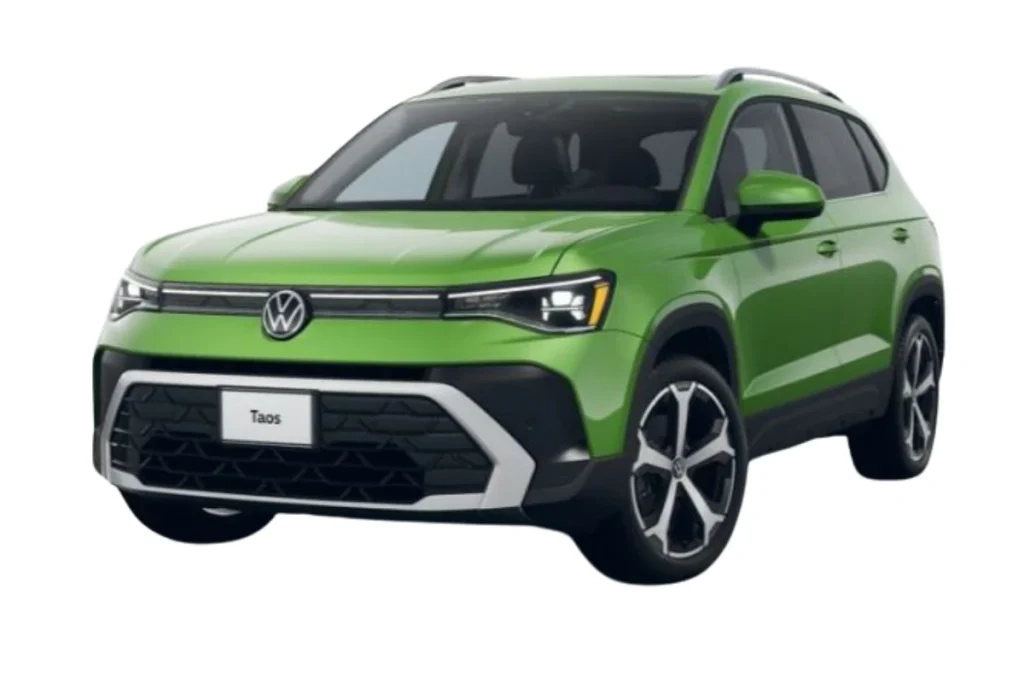

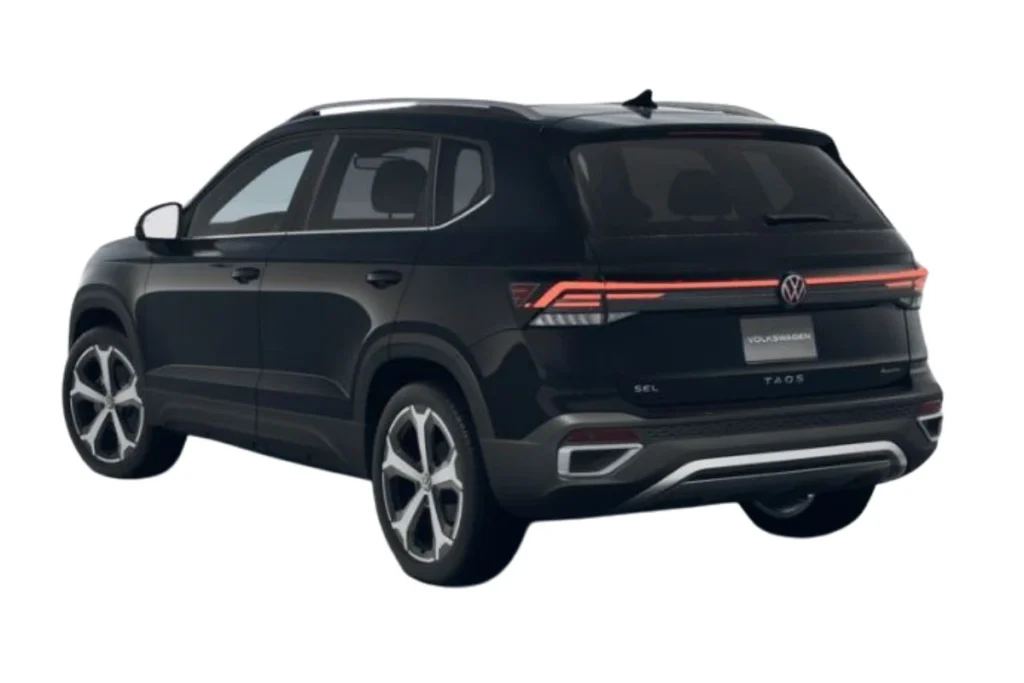

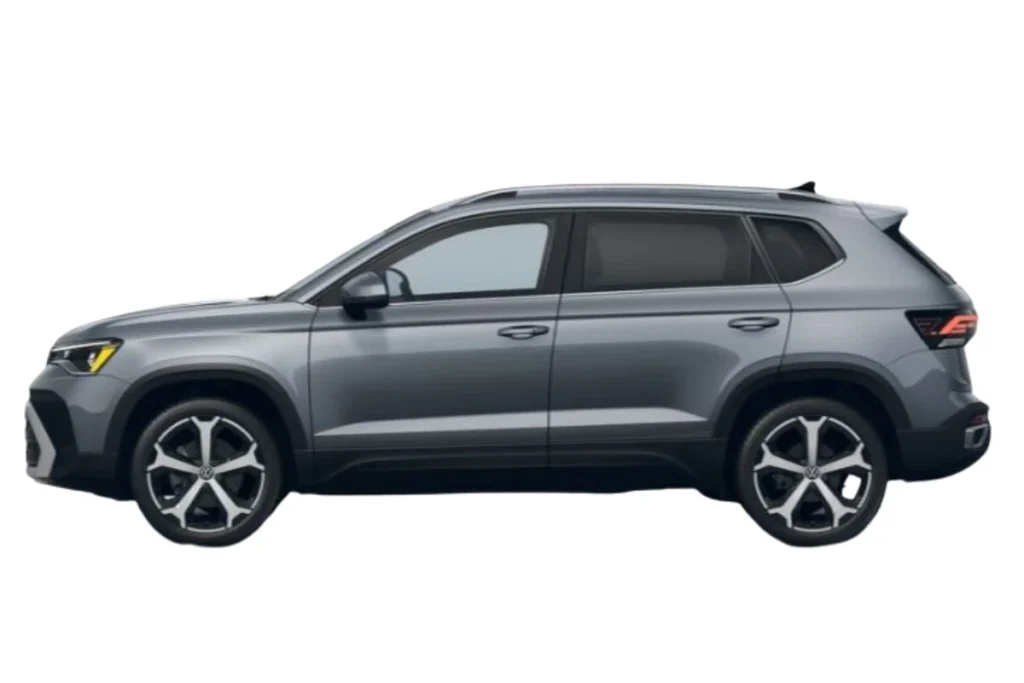
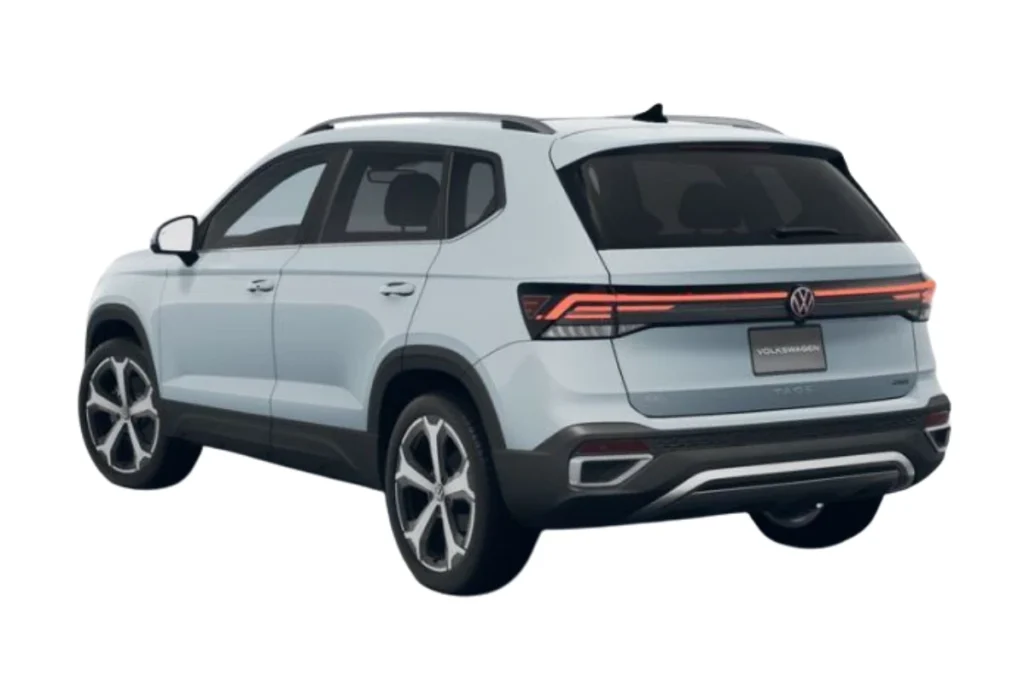
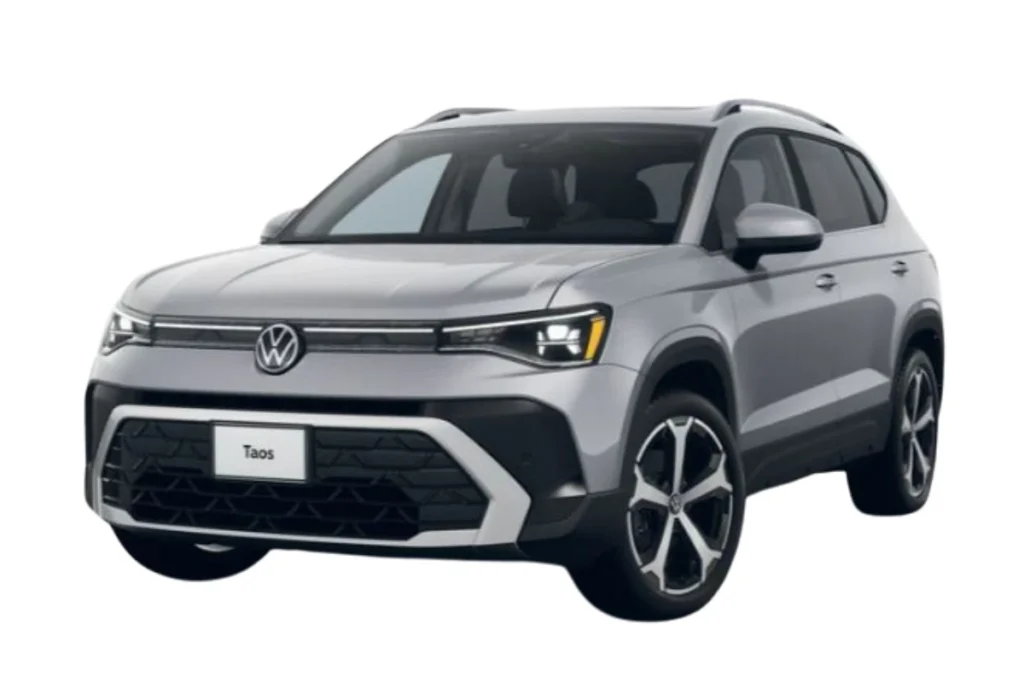

Exterior Dimensions
| Dimension | Taos S FWD | Taos SE FWD | Taos SE Black FWD | Taos S 4MOTION | Taos SE 4MOTION | Taos SE Black 4MOTION | Taos SEL 4MOTION |
|---|---|---|---|---|---|---|---|
| Wheelbase | 105.9 in | 105.9 in | 105.9 in | 105.6 in | 105.6 in | 105.6 in | 105.6 in |
| Overall Length | 175.8 in | 175.8 in | 175.8 in | 175.8 in | 175.8 in | 175.8 in | 175.8 in |
| Overall Width (without mirrors) | 72.5 in | 72.5 in | 72.5 in | 72.5 in | 72.5 in | 72.5 in | 72.5 in |
| Overall Height | 64.4 in | 64.4 in | 64.4 in | 64.6 in | 64.6 in | 64.6 in | 64.6 in |
| Front Track Width | 61.9 in | 61.9 in | 61.9 in | 61.9 in | 61.9 in | 61.9 in | 61.9 in |
| Rear Track Width | 60.5 in | 60.5 in | 60.5 in | 60.8 in | 60.8 in | 60.8 in | 60.8 in |
| Ground Clearance | 6.4 in | 6.4 in | 6.4 in | 6.6 in | 6.6 in | 6.6 in | 6.6 in |
Interior Dimensions
| Dimension | Taos S FWD | Taos SE FWD | Taos SE Black FWD | Taos S 4MOTION | Taos SE 4MOTION | Taos SE Black 4MOTION | Taos SEL 4MOTION |
|---|---|---|---|---|---|---|---|
| Passenger Capacity | 5 | 5 | 5 | 5 | 5 | 5 | 5 |
| Total Passenger Volume | 99.5 cu ft | 99.5 cu ft | 99.5 cu ft | 99.5 cu ft | 99.5 cu ft | 99.5 cu ft | 96.7 cu ft |
| Front Head Room | 40.7 in | 40.7 in | 40.7 in | 40.7 in | 40.7 in | 40.7 in | 39.5 in |
| Front Leg Room | 40.1 in | 40.1 in | 40.1 in | 40.1 in | 40.1 in | 40.1 in | 40.1 in |
| Front Shoulder Room | 56.5 in | 56.5 in | 56.5 in | 56.5 in | 56.5 in | 56.5 in | 56.5 in |
| Second Row Head Room | 39.8 in | 39.8 in | 39.8 in | 39.8 in | 39.8 in | 39.8 in | 38.8 in |
| Second Row Leg Room | 37.9 in | 37.9 in | 37.9 in | 37.9 in | 37.9 in | 37.9 in | 37.9 in |
| Second Row Shoulder Room | 55.2 in | 55.2 in | 55.2 in | 55.2 in | 55.2 in | 55.2 in | 55.2 in |
Cargo Dimensions
| Dimension | Taos S FWD | Taos SE FWD | Taos SE Black FWD | Taos S 4MOTION | Taos SE 4MOTION | Taos SE Black 4MOTION | Taos SEL 4MOTION |
|---|---|---|---|---|---|---|---|
| Cargo Space Behind 2nd Row | 27.9 cu ft | 27.9 cu ft | 27.9 cu ft | 24.9 cu ft | 24.9 cu ft | 24.9 cu ft | 24.9 cu ft |
| Cargo Space Behind 1st Row | 65.9 cu ft | 65.9 cu ft | 65.9 cu ft | 60.2 cu ft | 60.2 cu ft | 60.2 cu ft | 60.2 cu ft |
Weight & Capacity
| Dimension | Taos S FWD | Taos SE FWD | Taos SE Black FWD | Taos S 4MOTION | Taos SE 4MOTION | Taos SE Black 4MOTION | Taos SEL 4MOTION |
|---|---|---|---|---|---|---|---|
| Base Curb Weight | 3,181 lbs | 3,181 lbs | 3,181 lbs | 3,430 lbs | 3,430 lbs | 3,430 lbs | 3,430 lbs |
| Fuel Tank Capacity | 13.2 gal | 13.2 gal | 13.2 gal | 14.5 gal | 14.5 gal | 14.5 gal | 14.5 gal |
| Maximum Payload Capacity | 948 lbs | 948 lbs | 948 lbs | 948 lbs | 948 lbs | 948 lbs | 948 lbs |
| GVWR | 4,343 lbs | 4,343 lbs | 4,343 lbs | 4,630 lbs | 4,630 lbs | 4,630 lbs | 4,630 lbs |
Wheels & Tires
| Dimension | Taos S FWD | Taos SE FWD | Taos SE Black FWD | Taos S 4MOTION | Taos SE 4MOTION | Taos SE Black 4MOTION | Taos SEL 4MOTION |
|---|---|---|---|---|---|---|---|
| Front Wheel Size | 17 x 7 in | 18 x 7 in | 18 x 7 in | 18 x 7 in | 18 x 7 in | 19 x 8 in | 19 x 8 in |
| Front Wheel Material | Aluminum | Aluminum | Aluminum | Aluminum | Aluminum | Aluminum | Aluminum |
| Rear Wheel Size | 17 x 7 in | 18 x 7 in | 18 x 7 in | 18 x 7 in | 18 x 7 in | 19 x 8 in | 19 x 8 in |
| Rear Wheel Material | Aluminum | Aluminum | Aluminum | Aluminum | Aluminum | Aluminum | Aluminum |
| Front Tire Size | P215/55HR17 | P215/50HR18 | P215/50HR18 | P225/50HR18 | P225/50HR18 | P225/45HR19 | P225/45HR19 |
| Rear Tire Size | P215/55HR17 | P215/50HR18 | P215/50HR18 | P225/50HR18 | P225/50HR18 | P225/45HR19 | P225/45HR19 |
| Spare Tire | Compact | Compact | Compact | Compact | Compact | Compact | Compact |
| Spare Wheel Material | Steel | Steel | Steel | Steel | Steel | Steel | Steel |
Turning & Maneuverability
| Dimension | Taos S FWD | Taos SE FWD | Taos SE Black FWD | Taos S 4MOTION | Taos SE 4MOTION | Taos SE Black 4MOTION | Taos SEL 4MOTION |
|---|---|---|---|---|---|---|---|
| Steering Type | Rack-Pinion | Rack-Pinion | Rack-Pinion | Rack-Pinion | Rack-Pinion | Rack-Pinion | Rack-Pinion |
| Turning Diameter (curb to curb) | 37.6 ft | 37.6 ft | 37.6 ft | 37.6 ft | 37.6 ft | 37.6 ft | 37.6 ft |
2025 Volkswagen Taos Overview:
The 2025 Volkswagen Taos has received a pretty significant refresh, and it’s actually a big deal for VW’s smallest SUV in North America. We mean, it just debuted in 2022, so it’s still relatively fresh. But here’s the thing, Volkswagen seems to have taken some of the feedback to heart, tweaking the things people weren’t too fond of while boosting what it already did well. It’s kind of interesting how the Taos fits in – it’s labeled as a subcompact SUV, but it has interior space that can rival plenty of compact SUVs out there. So, for those city folks who need a bit more room than what typical subcompacts offer, this one could be just right.
Now, about the updates—there are some nice improvements in how it looks on the outside, the quality inside, the powertrain, and the tech features too. It keeps that practical, boxy look that helps it stand out from the flashier competition. Instead, it’s got this clean, sophisticated European vibe, which really appeals to people who prefer a more subtle style. Plus, this design helps maximize passenger and cargo space without making the car too bulky.
In a market as packed as the subcompact SUV segment, the Taos has some tough competition. You’ve got the Mazda CX-30, Honda HR-V, Subaru Crosstrek, Hyundai Kona, Kia Seltos, and Chevrolet Trax/Trailblazer all vying for attention. Each of these rivals has its own strengths, right? The CX-30 shines with its great driving feel and upscale materials; the HR-V is all about practicality and dependability; the Crosstrek comes with standard all-wheel drive and is pretty capable off-road; Kona and Seltos flaunt their unique designs and generous warranties; and then the Chevys focus on value. But the Taos stands out with its impressive space, a solid turbocharged engine as standard (which is nice since many competitors only offer that on higher trims), and a smooth, European driving feel.
And here’s a twist—one of the Taos’s biggest competitors is actually from VW itself: the Tiguan. With similar price points between the higher-end Taos trims and the entry-level Tiguan models, buyers really need to think about which one of these VW SUVs fits their lifestyle better. The Tiguan has more space but comes at a higher cost, while the Taos gives you a lot of utility in a more nimble, fuel-efficient package. This situation presents a bit of a challenge for VW; it’s tough to justify the higher prices for the fancier Taos trims when the Tiguan is so close in reach.
When it comes to pricing, the 2025 Taos kicks off at around $26,420 for the base S model with front-wheel drive, and if you want the fully-loaded SEL with standard all-wheel drive, you’re looking at about $36,120. So, it’s slightly above what some competitors offer at their entry-level, but generally, it lines up pretty well with others in the segment when you compare similar features. The best bang for your buck seems to be in the mid-range SE trim at $29,320, which gives you a lot of added features without creeping into Tiguan price territory.
Sure, there are some areas where the Taos could improve—like the lack of a hybrid option, the fact that there’s no power liftgate on any trim, and those touch-sensitive climate controls on the higher trims can be a bit finicky. Still, the 2025 Taos is shaping up to be a solid choice for those on the hunt for a practical, well-sized SUV with that nice European driving flair. With its smart use of space, smooth powertrain, and a good amount of standard features, it’s definitely one of the better-rounded options in this crowded segment.
Engine Options and Performance Specs:
Under the hood Volkswagen has revised the EA211 1.5-liter turbocharged four-cylinder engine, boosting the power by 16 horsepower, bringing it to 174 hp at 5,500 rpm. Torque? Well, that stays the same at 184 lb-ft, kicking in from a low 1,750 rpm. This tweak is a direct response to earlier complaints about the Taos feeling a bit underwhelming compared to its rivals. Now, it’s stepping up to be one of the more robust options in the subcompact SUV category. The engine’s got an aluminum block and head, direct injection, and variable intake runners, all running on a Miller cycle with an 11.5:1 compression ratio. Plus, for 2025, VW has jazzed up the turbocharger housing, injectors, and water-to-air charge cooler to keep that efficiency intact while cranking up the power.
But what might be the best news for 2025? The 8-speed automatic transmission is now standard across all Taos models. In the past, the front-wheel-drive versions had this automatic, while the all-wheel-drive ones came with a 7-speed dual-clutch transmission (DSG). That DSG was fancy but, honestly, it could be a bit jerky at low speeds, which drove some drivers nuts during daily commutes. The new transmission called the Aisin AW8F35, can handle a torque capacity of 260 lb-ft, which is plenty above what the engine churns out. It shifts smoothly and predictably, improving the driving experience. This move shows that Volkswagen is focusing on what drivers actually want instead of just numbers on a page—kind of like how Hyundai and Kia have shifted away from dual-clutch systems in their entry-level crossovers.
When it comes to acceleration, the 2025 Taos is noticeably better. We’re looking at 0-60 mph times in the mid to high 7-second range for both drivetrain setups. During our tests, we did notice a little hesitation when taking off from a complete stop—just a bit of that turbo lag you typically find in smaller turbocharged engines. But once the boost kicks in, the power rolls on smoothly and steadily through the rev range. The transmission is pretty decisive in normal mode and holds gears well in sport mode, though, let’s be honest, it doesn’t quite deliver the lightning-fast shifts you’d find in a sportier vehicle. If you want to take control, you can shift manually by moving the shifter to the right from Drive. Just know that the system will step in to prevent any mishaps with the drivetrain.
Now, the Taos comes with two drivetrain options: the standard front-wheel drive or the optional 4Motion all-wheel drive. The all-wheel drive can send up to 50% of the torque to the rear wheels when needed, which is a nice feature for those slippery days. Plus, you get multiple drive modes that tweak how the powertrain responds. The all-wheel-drive models even have specific modes for Snow and Off-Road, adjusting traction control and how the all-wheel drive engages. Off-road mode also brings in hill descent control with adjustable speed—a pretty cool perk for a vehicle that’s mainly urban-focused. During our traction tests, the 4Motion system showed it could transfer torque well, although we found that the all-season tires sometimes held it back more than the drivetrain itself.
On the fuel efficiency front, it’s still competitive, even with the boost in power. The front-wheel-drive models are rated at 28 mpg city, 36 mpg highway, and 31 mpg combined. The all-wheel-drive versions drop a bit, coming in at 25 mpg city, 33 mpg highway, and 28 mpg combined. Interestingly, the all-wheel-drive model has a bigger 14.5-gallon fuel tank compared to the front-wheel-drive’s 13.2 gallons. That helps keep the driving range similar for both at around 400 miles. In our mixed driving tests, we got fuel economy numbers that were right in line with the EPA estimates, especially impressing us during highway cruising at steady speeds.
Speaking of the engine, it’s refined for this segment—noise is well-controlled, and there’s not much harshness making its way into the cabin. When you hit the gas hard, you do hear a moderate growl, but it’s not annoying. And at highway speeds the engine just fades into the background. The auto start-stop system works smoothly, with less noticeable restarts than what you’ll find in many competitors. Oh, and here’s a nice touch: the standard heated steering wheel and heated seats (on models that have them) remember your settings for the next drive meaning winter commuters can leave these comforts activated for subsequent cold starts.
Closer Look at the Volkswagen Taos Brakes:
The 2025 Volkswagen Taos really shines when it comes to braking performance, giving you that extra bit of confidence you want in everyday driving. Both the front-wheel-drive and all-wheel-drive versions use the same brake components—think 12.3-inch (312mm) ventilated front discs paired with single-piston calipers and 10.7-inch (272mm) solid rear discs. This setup delivers consistent stopping power that’s pretty appropriate for a vehicle of this size and weight. In our tests, we found it to perform reliably, showing no signs of fade even after some intense stopping.
About the brake pedal feel—it’s actually a standout feature of the Taos. The pedal offers a firm, progressive action, which means you can modulate the braking force just right. Unlike some competitors out there that have either too soft initial pedal travel or a grabby engagement, the Taos manages to strike a nice balance. It feels solid without making you feel like you need to put in a ton of effort. This responsiveness boosts your overall driving confidence, enabling smooth deceleration in traffic and precise control when you’re approaching corners. It’s this European-tuned brake feel that really sets the Taos apart from many Asian and American rivals, which often lean towards a softer, more isolated pedal experience.
Another cool feature is that Taos comes with an electronic parking brake as standard on all trim levels. This replaces the old-school hand lever and frees up some space in the center console. Plus, there’s an auto-hold function that temporarily keeps the braking pressure on when you’re stopped, so you don’t have to keep your foot on the pedal during long waits, like at traffic lights. However, it’s worth noting that, unlike some competitors, the Taos doesn’t offer a full brake-hold system that keeps the vehicle in place indefinitely without you having to do anything.
Across the board, all Taos models come with a solid lineup of electronic braking aids right out of the gate. The anti-lock braking system (ABS) is well-tuned to help maintain steering control during hard stops while still keeping those stopping distances down. The electronic brake-force distribution adapts the braking force between the front and rear wheels, depending on the vehicle load and driving conditions. Oh, and there’s a brake disc wiping function that lightly presses the brakes periodically in wet conditions to keep the rotors nice and dry for optimal performance.
One standout safety feature of the Taos is that It has a post-collision braking system that automatically applies the brakes if it detects an initial impact. This can help lessen the impact of any secondary collisions by slowing or stopping the vehicle. And if a collision does happen, the Taos takes it a step further by shutting off the fuel pump, unlocking the doors, and turning on the hazard lights—talk about enhancing post-crash safety for everyone inside! These thoughtful safety features really show how Volkswagen approaches braking as more than just about stopping; it’s about the whole experience.
Steering and Suspension Performance on Various Terrains:

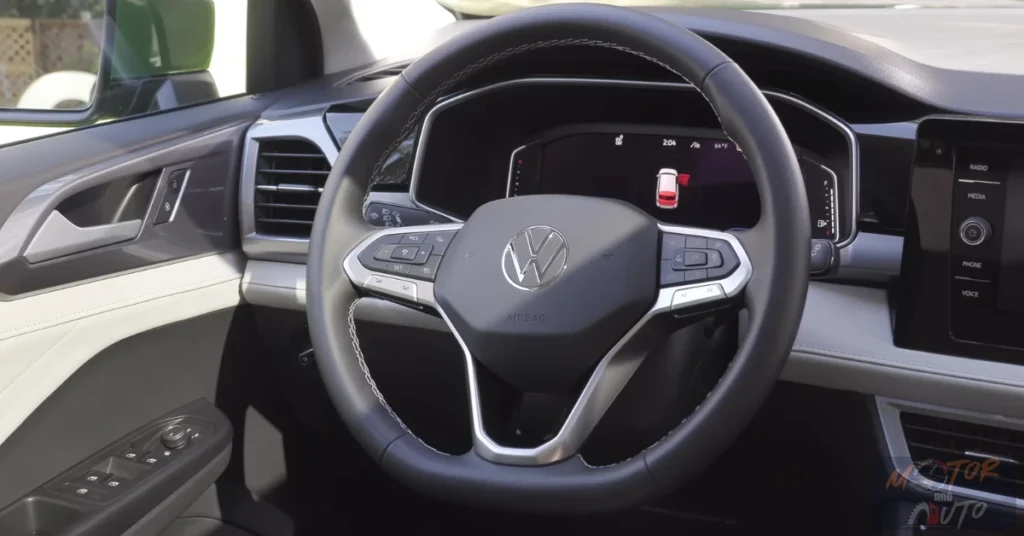
The 2025 Volkswagen Taos has this interesting twist when it comes to suspension design, depending on whether you go for front-wheel or all-wheel drive. It’s pretty noticeable, too! The front-wheel-drive models come equipped with a torsion beam rear suspension, whereas the all-wheel-drive versions get a fancier multi-link independent rear suspension. You really feel the difference when you hit bumpy roads. The all-wheel-drive versions handle those rough patches way better—they have improved control over the wheels, less jarring from impacts, and they corner more smoothly. Plus, that multi-link setup gives a more stable ride at highway speeds and helps when you’re tackling uneven terrain. So, if you’re weighing your options, this difference could be a solid reason to choose the all-wheel-drive, even if you don’t think you’ll need that extra traction.
When it comes to the front suspension, all Taos models stick to a MacPherson strut design, featuring cast iron knuckles and a beefy anti-sway bar that’s about 24.5mm wide. Sachs, a well-known name in damping components, makes the struts, and they strike a nice balance between comfort and control. For all-wheel-drive models, you get 7.6 inches of ground clearance (compared to just 6.5 inches for front-wheel drive), which is decent enough to handle obstacles without tipping over into too much body roll that usually happens with higher rides. Overall, the suspension is on the firmer side for this segment, but it doesn’t go overboard—it’s definitely not harsh. Instead, you get a solid, controlled feel that boosts your confidence behind the wheel.
Speaking of confidence, let’s talk steering. The Taos has this electric-assisted rack that adjusts how heavy the steering feels based on your speed. It’s well-tuned—not too light like some crossovers and definitely not artificially heavy like others that try to make you feel sporty. The response when you turn in is direct, not twitchy, and that 37.5-foot turning circle makes it super handy for squeezing into tight parking spots. Sure, you don’t get a ton of road feedback through the steering—pretty standard for electric systems in this category—but there’s just enough to keep you feeling in control at moderate speeds. And that leather-wrapped steering wheel has a nice grip and handy thumb rests that make you feel connected to the car.
When you’re taking sharp turns or just driving dynamically, the body control in the Taos is surprisingly good for its class, especially in the all-wheel-drive models with that snazzy rear suspension. It shows minimal body roll when you’re cornering at a decent pace, which is impressive for a vehicle that’s not exactly low to the ground. During quick maneuvers, like slaloms or lane changes, the weight transfer is managed well; it never feels off-balance. You can really notice this stability on winding roads, where the Taos keeps its cool, instilling confidence without trying to pretend it’s a sports car—that would be a bit much for a vehicle like this, right?
As for ride quality, it nails the balance for American roads. It soaks up the initial hits from potholes and rough patches while keeping those secondary movements in check. Volkswagen’s European engineering shines through here, focusing more on control and stability rather than total isolation from the road. Smaller vibrations get filtered out nicely, and bigger bumps are handled without too much float or wallowing. This setup means you can enjoy comfortable long drives while still feeling connected to the road.
Lastly, let’s chat about the Taos’s off-road angles. The approach angle is 19.7 degrees for the all-wheel-drive and 17.5 for the front-wheel drive, with a breakover angle of 20.4 degrees for all-wheel and 18.2 for the front-wheel. The departure angle is 25.8 degrees for all-wheel and 25.0 for front-wheel. So, while it’s not built for hardcore off-roading, these numbers, paired with the all-wheel-drive system’s off-road mode, do let the Taos handle some moderately tough terrains—think rutted dirt roads, shallow water crossings, or light snow. Plus, it has a hill descent control feature that helps keep things steady on steep declines, so you don’t have to constantly mess with the brakes.
Tires and Traction:
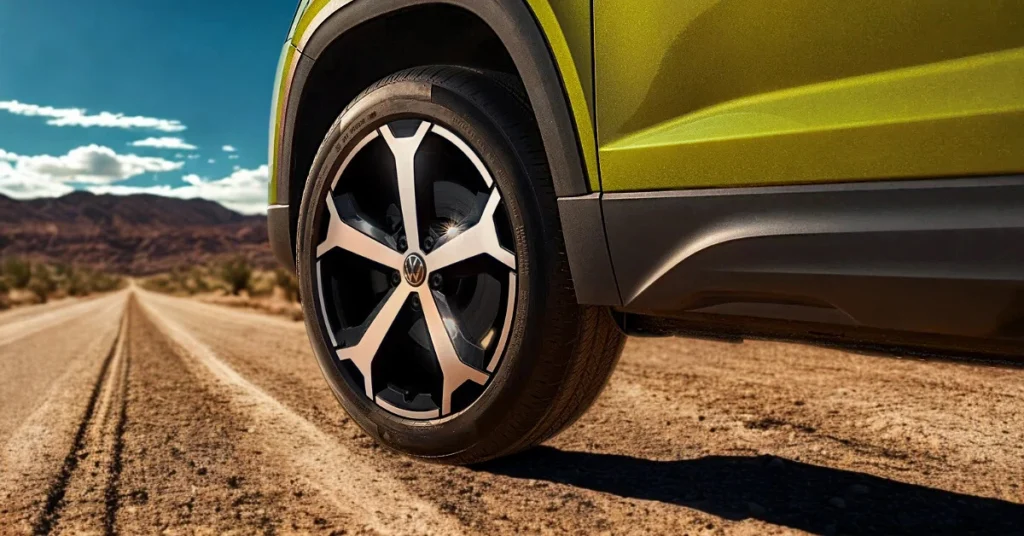
The 2025 Volkswagen Taos comes with a variety of tire choices across its different trims, each one striking a unique balance between comfort, handling, and looks. For instance, the entry-level S trim features 17×7-inch alloy wheels paired with 215/55R17 Bridgestone Turanza LS100 all-season tires. These tires provide a smooth ride thanks to their taller sidewalls. Then, if you step up to the SE trim, you get 18×7-inch alloys wrapped in 215/50R18 tires. The SE Black variant takes it a notch higher with slick black-finished wheels of the same size for front-wheel-drive models, and even larger 19-inch wheels for those opting for all-wheel drive. Lastly, the top-of-the-line SEL trim comes equipped with 19×8-inch alloy wheels and 235/45R19 tires, which offer sharp handling—just keep in mind that you might sacrifice a bit of ride comfort with this setup.
Through our testing of these wheel sizes, it seems like the 18-inch combo hits the sweet spot for most drivers. It looks better than the base 17-inch wheels but still provides decent comfort over bumpy roads.
Now, about those tire compounds—across all sizes, they’ve been designed to prioritize all-weather performance and fuel efficiency over having the ultimate grip. This makes sense since the Taos is marketed as a practical daily driver, not a sports car. While testing the all-wheel-drive models in slippery conditions, we noticed that the tires’ grip often limited performance more than the all-wheel-drive system itself. So, if you’re someone who regularly navigates tricky weather, you might want to consider upgrading to more aggressive all-season or winter tires based on what you need. The factory tires do a decent job of handling both dry and wet conditions for your everyday driving, and they also help keep the Taos’ fuel economy figures competitive.
Regarding road noise, there’s a bit of variation depending on the wheel size. The 17-inch setup is the quietest, while the 19-inch tires tend to make more noise—especially on rougher surfaces. That said, even with the biggest wheels, the noise levels are well-managed compared to many rivals in the same class, thanks to Volkswagen’s focus on sound insulation. During our highway tests, we measured interior noise levels between 68 and 72 decibels, which puts the Taos on the quieter side compared to others in its class.
As for tire wear, it looks standard for this segment, but we’ll need more time to see how they hold up in the long run. The all-season tires come with a treadwear rating of 500-600, indicating they should last reasonably well under normal driving conditions. Plus, every Taos model is equipped with a tire pressure monitoring system that alerts you when inflation is low—this is essential for keeping your tires at optimal pressure for safety and fuel efficiency. And, every trim level includes a temporary spare tire and some basic tools under the cargo floor—a handy addition that’s becoming harder to find these days since many brands are leaning towards tire repair kits to save weight and space.
Sidewall design does change based on tire and wheel size, with the larger options offering less protection for those alloy wheels. When we took the 19-inch setup on rougher, unpaved roads, we had to be extra careful around sharp potholes and rocks to avoid damaging the rims. So, if you plan to drive often on gravel roads or in areas where the roads aren’t great, you might want to think about going for the smaller wheels—they offer better sidewall protection, even if they don’t have that aggressive look.
All in all, no matter which wheel size you choose, the Taos suspension works well with its tire options, providing consistent handling while smoothing out road imperfections. The progressive spring rates and well-tuned dampers help ease the rougher ride that can come with low-profile tires, especially on those 19-inch models.
Inside the Volkswagen Taos:
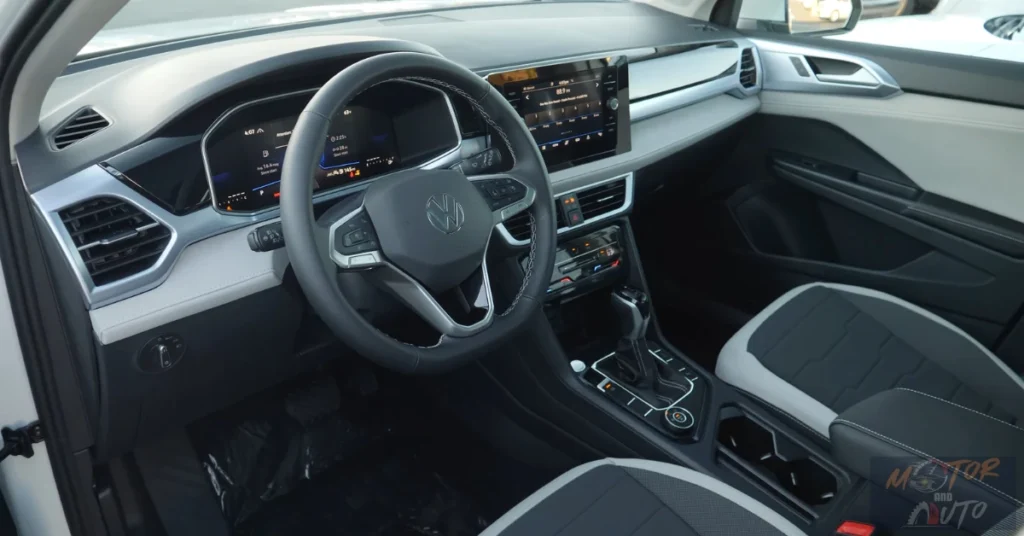
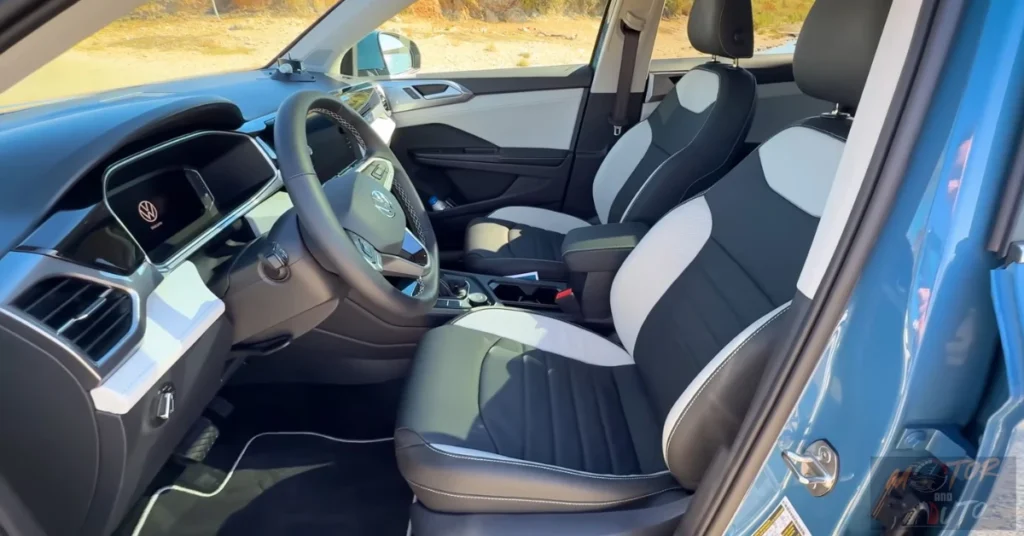


The 2025 Volkswagen Taos interior gets some solid upgrades that tackle earlier feedback while keeping that sleek, functional vibe. You’ll notice a big jump in materials quality across the board—more soft-touch surfaces where you really feel them, and they’ve cut back on those hard plastics in spots you can actually see. The dashboard is still simple and focused on the driver, with horizontal lines that really help the cabin feel wider. The upper dashboard is padded with nice contrast stitching on the higher trims, while the lower part sticks to tougher, well-textured plastics. Even the door panels get a similar upgrade, with soft materials up top and on the armrests, giving it a plusher feel compared to the last version. Sure, some rivals might flaunt flashier interiors, but the Taos nails that ergonomic clarity and long-lasting style—no need for trendy gimmicks that might get old fast.
When it comes to seating, there’s quite a variety across the trims, each bringing its own look and comfort level. The entry-level S model has cloth seats that come in either all-black or a cool two-tone black and gray combo. Moving up to the SE, you get this neat CloudTex leatherette mixed with cloth, striking a nice balance between tough and comfy. The SE Black keeps that material but adds some sharp black accents around the cabin. And if you go for the top-of-the-line SEL, you’re treated to real leather in three color choices: sleek all-black, a classy two-tone black and gray, or a standout navy blue that’s refreshing in a market usually filled with just black or beige. Throughout all trims, the seat designs have thoughtful details, like contrast stitching and various textures that really kick the visual appeal up a notch for this price range.
About the digital upgrades—probably the biggest news for the 2025 model. Every Taos now comes with digital gauge clusters. The S trim features an 8-inch display, while the other trims get a customizable 10.25-inch screen that can show all sorts of info layouts, including a full-screen navigation map. It’s pretty much like Audi’s Virtual Cockpit system, which gives the Taos that premium tech feel you usually find in pricier cars. The display is super clear, even when the sun’s shining bright, and it lets you access trip info, navigation, and vehicle status without having to take your eyes off the road.
Right in the center of the dashboard, you’ve got an 8-inch touchscreen infotainment system that’s now standard on all trims. It works well, responding nicely, and the menu layout makes sense. That said, the large bezel around the screen kinda hints that Volkswagen might’ve had bigger plans for it. The physical buttons and knobs on the sides make it easy to control the volume and menus without having to mess with the touchscreen while driving. A bit of a hot topic for 2025, though, is the new touch-sensitive climate controls, which replace the old-school rotary knobs with sliders for adjusting temperature and fan speed. They look sleek, but let’s be honest—they can be tricky to use accurately when you’re on the move, and they do attract fingerprints like nobody’s business.
For the fancy SEL trim, ambient lighting really sets the mood, with 10 colors to choose from that softly light up key interior areas. Plus, the panoramic sunroof, standard in the SE Black and SEL trims and optional for the SE, gives the cabin this open, airy feel, stretching from the front to the back with a section that opens up and a shade you can pull down when you want some privacy. At night, LED lights brighten things up nicely, including reading lights for both the front and back passengers. It all adds to that near-premium vibe of the Taos, even though it’s aimed at the everyday market.
About practicality—storage solutions throughout the interior show some smart thinking. The door pockets are roomy enough to hold water bottles and other stuff. The center console might not be the biggest around, but it has a deep bin for stashing things away securely. Front passengers get a dedicated spot for their smartphones right in front of the shifter, with a wireless charging pad for those models that have it. There’s also a decent-sized glovebox and various small cubbies scattered around for extra storage.
Exterior Design Impressions:
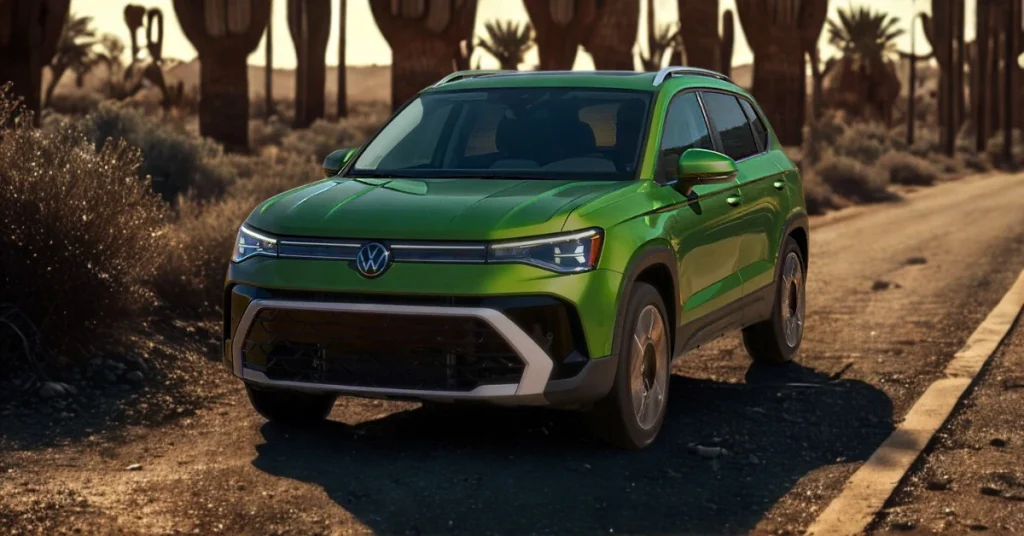
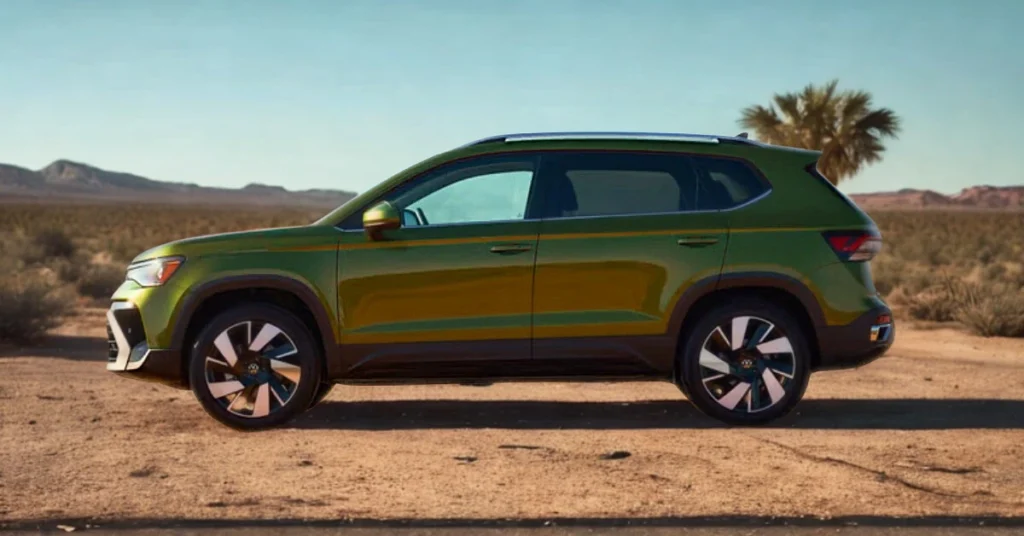
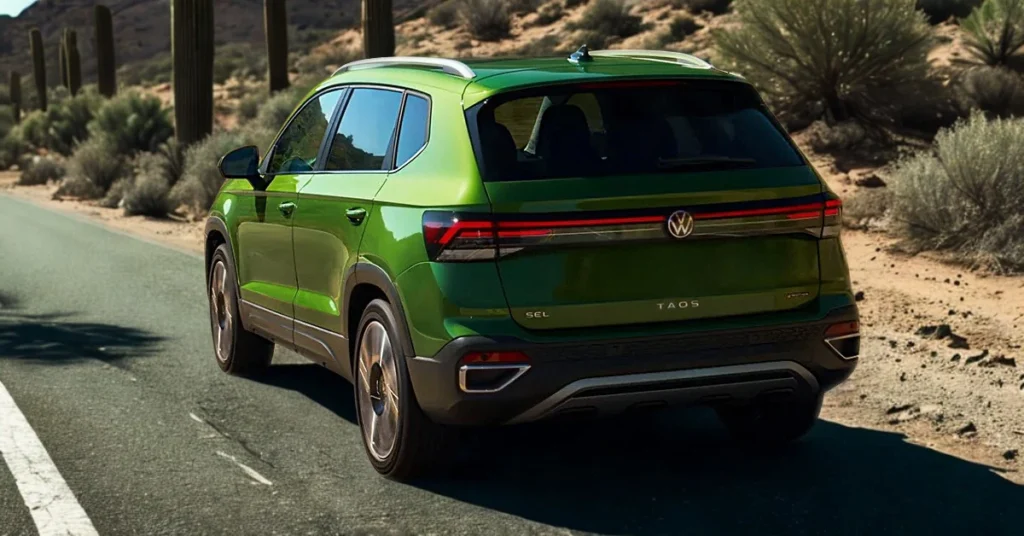
The 2025 Volkswagen Taos has gotten quite the makeover on the outside! It’s got a sharper, more upscale look now, but it still keeps that clean, functional vibe that we’ve come to expect. The front end – that’s where you’ll notice the biggest changes. The grille is wider and blends nicely with the headlights. And guess what? Every trim level now comes with LED projector headlights – which is pretty impressive since a lot of competitors save that for their fancier models. These headlights not only light up the road really well but also give the Taos a modern edge. If you go for the higher trims, you get adaptive front lighting, which adjusts based on how you’re steering. This means better visibility when you’re winding around those back roads. Plus, the SE Black and SEL trims sport a full-width LED light bar above the grille, creating a cool lighting signature that really pops at night. All of these lighting features give the Taos a premium feel that’s surprising for an entry-level SUV.
Now, if we look at the side, it’s pretty much the same as before, keeping that strong character line that runs from the front fenders through to the taillights. This design element makes the vehicle look longer and more stable. Roof rails come standard (silver on most trims, but black on the SE Black), which not only looks great but is also handy for carrying stuff on the roof. The wheels change depending on the trim, starting with 17-inch alloys on the base S and going up to 19-inch ones on the top SEL. The SE Black model has those sharp black wheels (18-inch for front-wheel drive and 19-inch for all-wheel drive) along with black window trims that give it a bolder look. Ground clearance is different too – 6.5 inches for front-wheel drive and 7.6 inches for all-wheel drive, giving the latter a bit more of an assertive stance without being too tall.
Moving around to the back, the 2025 Taos now features new full-width LED taillights linked by a light bar, echoing the front design and giving it a cohesive look. You’ll also find that the Volkswagen logo lights up at night – a nice touch that usually comes with pricier cars. The lower bumper has matte black cladding, which not only looks good but also helps protect against minor bumps. One thing that might split opinions is the faux exhaust outlets on the rear bumper. They look like dual exhaust tips, but the actual exhaust is hidden underneath. It’s a design choice seen in many vehicles, prioritizing style over pure functionality.
When it comes to colors, the 2025 Taos introduces some fresh options to give it even more personality. You’ve got Monterey Blue Pearl, which is a classy, subdued blue that changes with the light. Then there’s Bright Moss Green, a bold choice that helps the Taos pop in a sea of gray cars. Monument Gray joins the lineup of more traditional colors like Pure White, Deep Black Pearl, and Platinum Gray Metallic. If you go for the SE Black trim, you can even add a contrasting black roof for a two-tone look that makes it stand out even more. This wider selection means you can pick a Taos that either blends in elegantly or makes a bold statement—whatever fits your style.
In terms of size, the Taos finds itself in an interesting spot in the market. It measures 175.9 inches long, 72.5 inches wide, and up to 65.1 inches tall, making it bigger than a lot of subcompact SUVs but still easier to handle than traditional compacts. The wheelbase is also pretty long at 105.9 inches (105.5 for all-wheel drive), which helps maximize interior space and keeps the handling stable. The upright design means you’ve got great visibility and headroom, plus it feels like an SUV rather than one of those sleeker, coupe-like models some competitors are going for. These balanced dimensions make the Taos appealing, offering a lot of utility without being too cumbersome for city driving.
Functional elements are also thoughtfully designed to strike a balance between looks and practicality. The door handles have these nice black button-style proximity sensors for keyless entry, keeping the door sleek without those visible sensors. The mirrors are a good size for visibility and also come with blind-spot indicators across all trims. The windshield is relatively upright, optimizing interior space while still being aerodynamic enough for decent fuel efficiency. All these little touches show how Volkswagen thinks about the bigger picture when it comes to exterior design, blending aesthetics with functional needs.
Comfort and Convenience Features
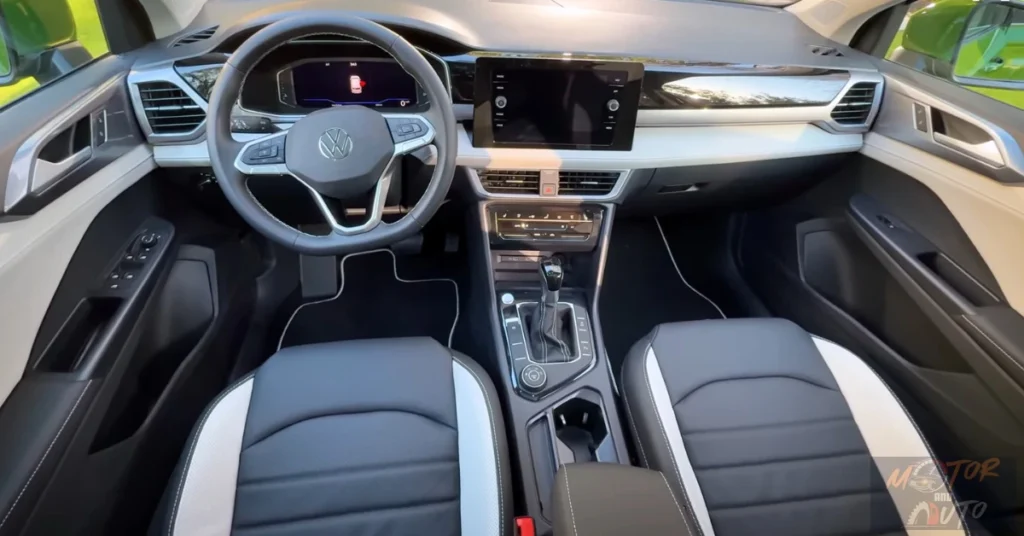
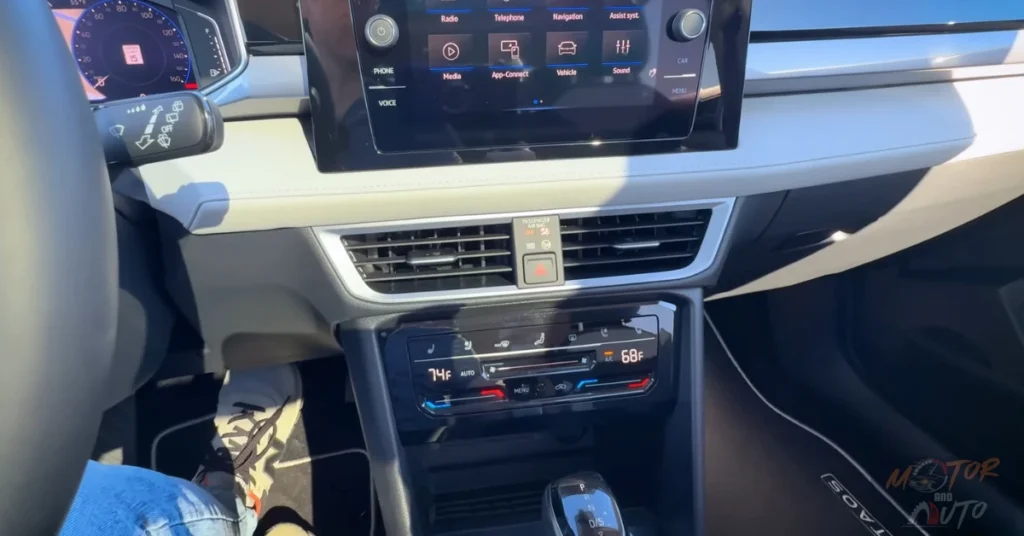
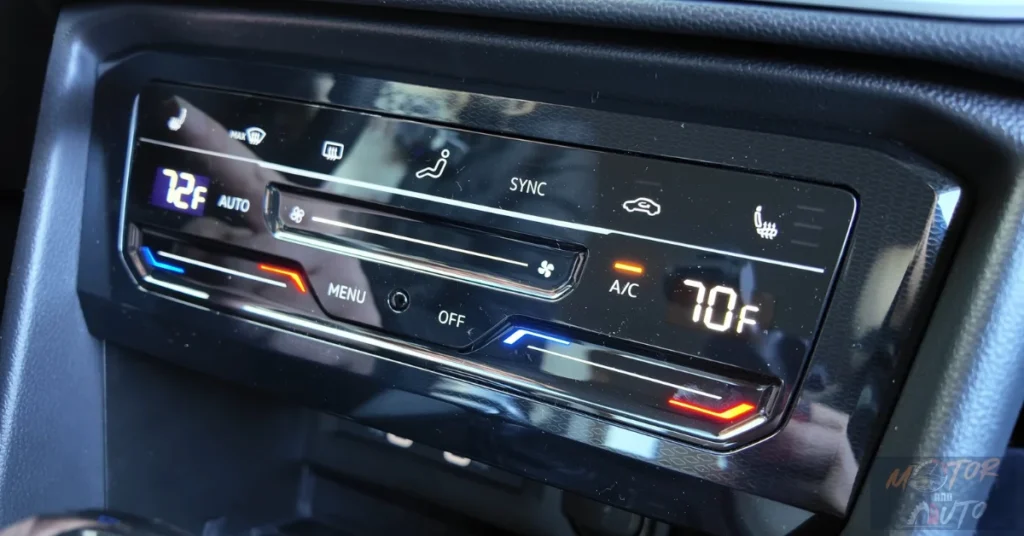
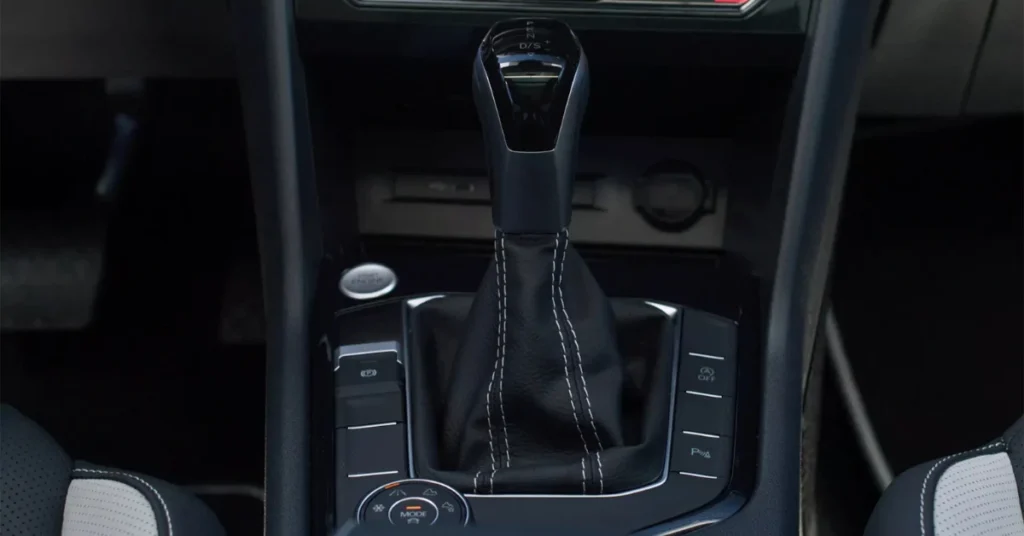

The 2025 Volkswagen Taos really surprises us with how spacious it feels inside, especially considering its compact size—it’s got one of the most roomy interiors in its class. The front seats are comfy across all the trims; the base S model comes with cloth seats that you can manually adjust, and guess what? You can tweak the height for both the driver and the passenger, which is something you don’t always find in entry-level cars. If you step up to the SE trim, you get an 8-way power-adjustable driver’s seat with lumbar support, but you still have that manual height adjustment for the passenger seat. No matter which seat you’re in, there’s enough cushioning to keep you feeling good even on long drives, without being too squishy. The driving position is super comfy. The steering wheel tilts and telescopes, making it easy to find just the right fit for any driver. Plus, visibility is great all around, thanks to the slim A-pillars that help reduce blind spots, and those big side windows are a bonus when you’re changing lanes.
Now, let’s talk about climate control. It changes a bit depending on the trim. The base S has a simple manual system with regular knobs. If you go for the SE or any higher trims, you get dual-zone automatic climate control, although they throw in these touch sliders for adjusting the temperature and fan speed. They look cool, but honestly, they can be a bit tricky to mess with while you’re driving compared to the good old-fashioned knobs. Still, the system itself does a solid job—temps adjust quickly, and the air flows evenly throughout the cabin. Plus, all models have vents for folks in the back, which is a nice touch that not all compact SUVs offer. Heated front seats come standard on all trims except the base S model (the AWD S still gets them, though), and the top-of-the-line SEL even adds ventilated seats for those hot summer days. And get this: every Taos comes with a heated steering wheel, which is usually something you’d only find in pricier cars or as part of an option package.
When it comes to storage, Volkswagen really thought things through. The door pockets are roomy enough for larger water bottles and other stuff. The center console isn’t the biggest around, but it has a decent, deep bin and a comfy armrest. Up front, there’s a spot specifically for your smartphone right in front of the shifter, plus a wireless charging pad if you go for the SE trim or higher. The glovebox has plenty of space, and there are small compartments scattered throughout the cabin for all those little things we carry around. The cupholders are well-sized and placed just right so they don’t get in the way of other controls or make it uncomfortable for passengers. All of these practical storage solutions really boost Taos’s everyday usability while keeping its interior looking sleek.
On the tech side, it’s all about making things work well instead of just looking fancy. You get an 8-inch touchscreen infotainment system that responds quickly and has a user-friendly menu. The base S model comes with wired Apple CarPlay and Android Auto, while the higher trims get the wireless versions. You’ll find two USB-C ports up front and another one for the back passengers in all models except the base one. Bluetooth works reliably for calls and music streaming. Plus, there’s a wireless charging pad that’s just the right size for bigger smartphones, keeping them secure while you drive. The digital instrument cluster is a standout feature; even the base S has an 8-inch digital display, and the other trims bump it up to a 10.25-inch customizable screen that can show maps, driving stats, or whatever entertainment info you prefer.
As for sound insulation, it’s pretty solid for this segment, especially compared to the previous model. Wind noise is kept to a minimum at highway speeds, thanks to acoustic glass in the windshield and front side windows on the higher trims. Road noise can vary a bit depending on the wheels and tires, but the 17-inch wheels on the base S provide the quietest ride because of their taller sidewalls. Engine noise is mostly kept in check during regular driving, though you might hear it a bit more when you accelerate hard, but it’s never too loud. The audio system in the S trim has four speakers that are decent but nothing to write home about. If you go for the higher trims, you get a six-speaker system that sounds clearer and has better bass. Just so you know, the premium Beats Audio system from the last model is no longer available for 2025, which might be a letdown for those who were hoping for a more high-end sound system.
Even the base model of the Taos is packed with handy features. Every variant comes with automatic headlights, a multi-function steering wheel, and a solid range of driver assistance systems. Now, remote start is standard on all trims except the base S with front-wheel drive. So, you can warm up or cool down the cabin before you hop in, which is super nice during extreme weather. Plus, if you go for the SE trims or higher, you get keyless access with push-button start—no more fumbling for the key fob in your bag or pockets! And those rain-sensing wipers on the higher trims automatically adjust how fast they wipe based on how hard it’s raining. The only real downside is that a power liftgate isn’t available on any trim. Volkswagen folks mentioned that Taos’s architecture made it tricky to include this feature, which is something many rivals offer at least as an option on their upper trims.
Moving on to connectivity, the Taos features Volkswagen’s Car-Net services on SE trims and above. This takes smartphone integration beyond just music and navigation. With the VW Car-Net app, you can lock or unlock your vehicle from afar, check the fuel level, or even start the engine to make the interior comfy before you step in. It’s got automatic crash notification, too—if you get into an accident, it can call emergency services for you. Parents will appreciate the ability to set alerts for boundary limits, speed, and curfews for young drivers. And let’s not forget about the Wi-Fi hotspot feature, which lets passengers connect their devices to the car’s internet. Sure, after the initial trial period, there’s a subscription fee, but still, it’s a level of connectivity that’s rare in the subcompact SUV market.
When it comes to driving, the Taos really shines with its multiple selectable drive modes. You can tweak the throttle response and transmission behavior, and for all-wheel-drive models, even adjust how power is distributed. Besides the standard Normal mode, there’s Eco for better fuel economy, Sport for a snappier response, and Custom, where you can mix and match settings to your liking. If you’ve got an all-wheel-drive version, it also comes with Snow and Off-Road modes designed to handle tougher conditions—these adjust traction control and engagement strategies. The Off-Road mode even has hill descent control with adjustable speed, letting you glide down steep hills without needing to touch the brakes. These modes really change how the vehicle behaves, unlike some competitors that only offer superficial tweaks, making the Taos adaptable for different driving situations.
About parking assistance—this tech gets better as you move up the trims. Every model comes with a standard rearview camera. The SE adds front and rear parking sensors that beep and flash when you’re getting close to something. Now, while it doesn’t offer that fancy 360-degree surround view some rivals have, the camera gives enough visibility for everyday parking. On the higher trims, the infotainment display even shows how close you are to obstacles using colors, alongside those audible warnings. When you combine these features with the Taos’s compact size and good visibility, it makes zipping around tight city spots a breeze. Plus, the interior space is surprisingly roomy, rivaling that of some larger vehicles out there!
Safety and Security:
The 2025 Volkswagen Taos really stands out when it comes to safety features, and honestly, it’s pretty impressive. Volkswagen seems dedicated to making sure these important technologies aren’t just for their pricier models. Even the base S model comes with the IQ.Drive suite, which is packed with advanced driver assistance systems. Think about it: you get forward collision warning with autonomous emergency braking, pedestrian detection, blind spot monitoring, and even adaptive cruise control with stop-and-go. That’s a lot of safety gear for what you’re paying, especially when many competitors still treat these features as optional or only offer them on higher trims. So, yeah, the Taos is a solid choice if you want bang for your buck in safety tech.
About structural safety—while we didn’t have the official crash test results for the 2025 model when we looked into it, the Taos is built on Volkswagen’s MQB platform, which has generally done pretty well in safety tests across other models. The body itself uses high-strength steel in key areas to create a tough passenger cell but still allows for some controlled crumpling in the event of a crash. Six airbags come standard, covering the driver and front passenger with front and side airbags, plus side curtain airbags that protect everyone in both rows. Another cool feature is that Taos has an automatic post-collision braking system that kicks in after an initial impact, helping to avoid any nasty follow-up collisions. Also, if a crash does happen, it automatically shuts off the fuel pump, unlocks the doors, and turns on the hazard lights, which is a nice touch for post-crash safety.
When you’re behind the wheel, visibility is good thanks to the Taos’s upright design and reasonably sized pillars. The A-pillars are narrow enough to cut down on blind spots, and the big side windows make lane changes a breeze. The standard rearview camera isn’t the fanciest out there, but it gets the job done for reversing. If you opt for the SE trim or higher, you’ll also get front and rear parking sensors that beep at you when you’re getting too close to an obstacle. The SEL trim even adds dynamic guidelines for the backup camera that change with your steering. Plus, all models feature automatic LED headlights, and if you go for the SE or above, you get adaptive front lighting that adjusts based on how you’re turning, which is great for nighttime driving on winding roads.
Now, let’s not forget about child safety—Volkswagen has really thought this through. They’ve got LATCH (Lower Anchors and Tethers for Children) points in every rear seating position, not just the outer ones. This means you can safely install child seats anywhere in the back. The rear doors open wide, making it easier to fit bulky car seats, and there’s plenty of rear legroom, so front passengers won’t feel squished if there’s a rear-facing seat behind them. Plus, child-safety rear door locks and power window lockout features help keep younger passengers safe from accidental operation.
On the security side of things, the Taos don’t skimp either. An anti-theft alarm system and immobilizer come standard across all trims. The keyless entry system on the higher trims even includes extra security measures to ward off relay attacks that some keyless cars have faced. Then there’s the Volkswagen Car-Net connected services platform. It’s available on all but the base S trim and offers features like remote locking/unlocking via your smartphone, a stolen vehicle locator, and automatic crash notifications that can call for help if you need it. Sure, these connected services require a subscription after the trial period, but for families or anyone parking in busy areas, it’s definitely worth it for peace of mind.
Lastly, the Taos has some less obvious safety features that show Volkswagen really pays attention to the details. The tire pressure monitoring system is a lifesaver, alerting drivers when tires are underinflated, which helps keep handling and braking sharp. The electronic stability control system is equipped with Electronic Differential Lock (EDL) and Extended Electronic Differential Lock (XDL) functions to improve traction in slippery conditions. For those off-road adventures, the hill descent control system on all-wheel-drive models ensures you maintain a steady speed when going downhill, letting you focus on steering instead of fiddling with the brakes.
On the Road with the Volkswagen Taos:
So, let’s talk about the driving experience in the 2025 Volkswagen Taos. You know, it’s really come a long way from the previous model. The powertrain has been refined quite a bit, and it shows. The new 1.5-liter turbocharged engine kicks in an extra 16 horsepower, and honestly, you can feel it right away. Acceleration is more assertive, whether you’re starting from a stop or overtaking someone on the highway. Sure, there’s that little bit of turbo lag when you’re taking off from low speeds—totally typical for these smaller turbo engines—but once that turbocharger gets going, the power delivery feels strong and smooth. It pulls nicely through the rev range without the gasping or breathlessness that some competitors have when you push them hard. All in all, it’s a solid mix of power and efficiency, which makes it great for everyday driving.
One of the standout changes is the 8-speed automatic transmission that’s now standard across all Taos models. In the past, if you had a front-wheel-drive version, you got this conventional automatic, but the all-wheel-drive ones had a 7-speed dual-clutch system. That dual-clutch could be a bit jerky, especially when you were stuck in stop-and-go traffic. But with the new 8-speed, it’s all about smooth and predictable shifts, no more of that hesitation or roughness that used to drive people nuts. When you’re in normal mode, it’s all about efficiency with early upshifts. But switch it to sport mode, and it’s a whole different ball game—gears hold longer, and it responds quicker when you hit the gas. Plus, if you like to be in control, you can shift manually with the gear selector, though the system is smart enough to step in if it thinks you’re about to do something that could harm the drivetrain.
Ride quality is impressive, especially for North American roads. If you go for the all-wheel-drive models, you get this fancy multi-link rear suspension. It leans a bit firmer, but it’s not harsh at all; it handles small bumps really well and keeps the body in check over bigger dips. The front-wheel-drive versions have a simpler torsion beam rear suspension, which can feel a bit less refined over rough pavement, but still, they do better than a lot of rivals out there. The suspension has this nice progressive spring rate, so it starts soft for comfort but stiffens up to keep things steady during those more spirited drives. Volkswagen really nails that balance between feeling solid and comfortable for daily use.
When it comes to steering, it’s got that sweet spot between being easy to handle and engaging. The electric power-assisted steering has a nice natural weight that builds as you speed up—none of that fake heaviness that some brands use, and definitely not the too-light, disconnected feel you get in many crossovers. You can turn in confidently without feeling jittery, making it easy to place the car exactly where you want it in corners, while also staying stable on the highway. Sure, you don’t get a ton of road feedback—typical for these kinds of systems—but there’s just enough to keep you feeling connected at moderate speeds. And, by the way, the leather-wrapped steering wheel feels great in your hands with well-placed thumb rests to boot.
Noise, vibration, and harshness (or NVH) control have stepped up from the last model, making for a much nicer driving atmosphere. Wind noise is hardly noticeable at highway speeds, and you won’t feel much turbulence around the mirrors or A-pillars. Road noise can vary a bit depending on the wheel and tire setup, but if you opt for the base S model with those 17-inch wheels, you’ll get a quieter ride thanks to their taller sidewalls. The engine is pretty quiet during regular driving but gives off a nice sporty sound when you really push it, without being annoying. Overall, the cabin is surprisingly quiet for this segment, making it easy to chat or enjoy your audio system without cranking up the volume too high. This refined NVH setup definitely gives the impression that the Taos is a cut above its price range in terms of the driving experience.
If you’re considering all-wheel drive, the 4Motion system enhances its capability in tricky conditions. It can send up to 50% of the torque to the rear wheels when needed. Most of the time, it powers the front wheels, which is great for fuel efficiency, but it’s smart enough to detect wheel slip and shift power to the rear in a flash. Plus, you’ve got selectable drive modes that amp up this capability; Snow mode tweaks the throttle and traction control for slippery roads, while Off-Road mode optimizes the all-wheel-drive for rough terrain. While not designed for serious off-roading, the Taos’s 7.6 inches of ground clearance (on all-wheel-drive models) and intelligent traction systems provide confidence on dirt roads, in inclement weather, or when navigating light snow – making it a practical choice for those living in variable climate regions.
Volkswagen Taos Rear Seat Comfort
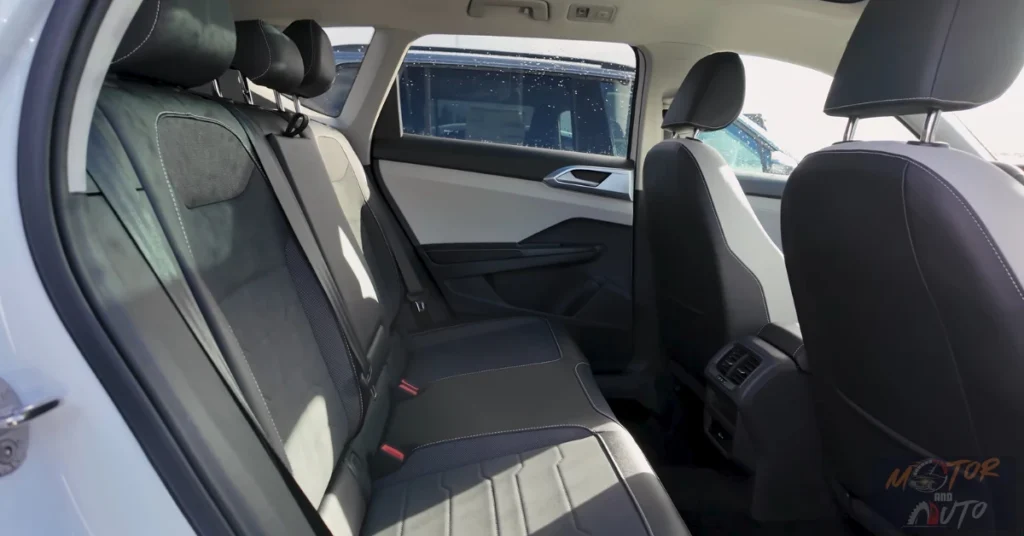
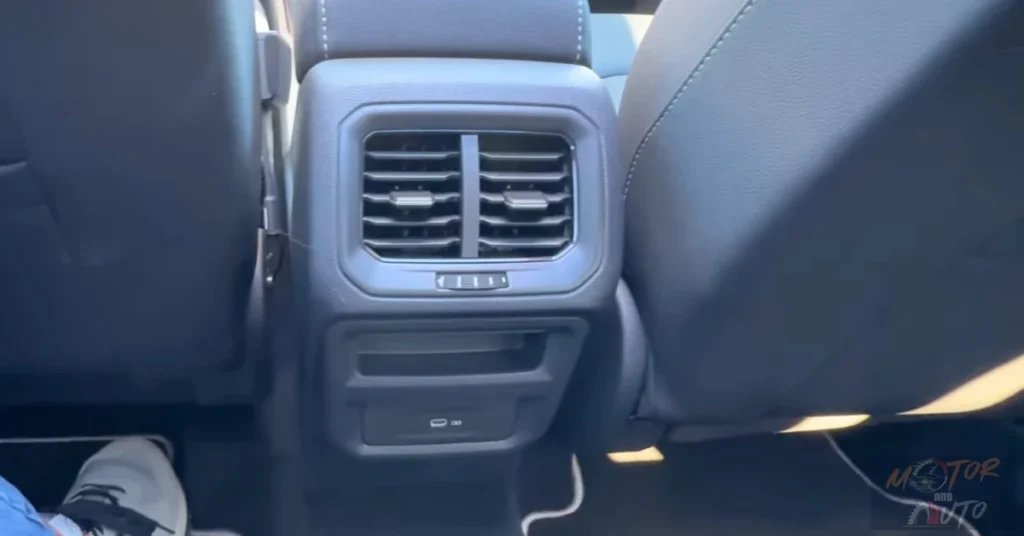
The back seat area of the 2025 Volkswagen Taos offers a surprising amount of space given its outer size. With about 37.9 inches of legroom—just a smidge less than the bigger Tiguan—the Taos is quite comfy for adults. Passengers can actually stretch out without their knees bumping into the front seats, even when those seats are pushed back for taller drivers. The rear bench is designed well, giving good support for thighs, and angled just right to avoid that awkward “knees-up” position you often find in smaller SUVs. And, let’s not forget about the headroom—around 40 inches—so even folks over six feet tall can sit comfortably. All this leg and headroom makes the back of the Taos feel more like a midsize vehicle than a subcompact SUV, which is fantastic for families or anyone who often has adult passengers.
When it comes to comfort features in the back, the Taos really seems to have its passengers in mind. Almost all models, except for the base S, come with rear air vents on the center console, which helps keep the cabin’s temperature just right. There’s also a USB-C port for charging devices—great for road trips! The center armrest folds down and has two cup holders, which is nice for those sitting on the sides to relax their arms and keep drinks safe. Plus, the door panels have bottle holders and extra storage for personal items. The rear windows roll down almost all the way, allowing good airflow for those who enjoy some fresh air. While none of these features are groundbreaking on their own, together they create a backseat area that treats passengers just as well as those up front—something you don’t find everywhere in this category.
The materials used for the rear seats match up with those in the front, keeping things looking cohesive. The base S trim features cloth upholstery, while the SE adds a bit of CloudTex leatherette with cloth inserts, and the top-tier SEL offers real leather. All models provide supportive cushioning and attention to detail similar to the front seats. The seatbacks can recline a bit, though not as much as some rivals that allow for more adjustability. Three-point seatbelts are included for each seating position, and there are adjustable headrests for taller folks. The outboard seats come with LATCH anchors for child safety seats, and the middle seat has a top tether anchor, so you can fit three child seats if needed—although it can get a bit cramped with three full-sized seats in there!
Getting into the back is pretty easy, thanks to doors that swing open almost 90 degrees—making it a breeze to hop in and out. The door opening is tall, so you don’t have to duck down too much. Plus, the roofline stays high toward the back rather than sloping down sharply, which helps keep the headroom intact and makes it easier to install car seats without banging little heads. The floor is mostly flat, with just a slight center tunnel for drivetrain stuff, allowing the middle passenger to sit naturally without straddling anything bulky. This flat floor also makes it simpler to slide over when getting in from either side, which is a handy feature for families needing access to car seats, especially in tight parking spots.
Visibility from the back seats is top-notch, thanks to large windows that create an airy atmosphere and help prevent motion sickness on twisty roads. The panoramic sunroof, which is standard on the SE Black and SEL trims and optional on the SE, really opens up the rear area by letting in natural light. There’s a power shade for the roof that you can close if the sun gets too bright. The side windows are placed at just the right height, so even kids can see outside and stay entertained on longer trips. And, the upright design of the rear section means the side pillars don’t block the view much, making the space feel less cramped than some rivals with more stylish but visibility-compromising designs.
As for storage, the rear passengers have decent options for this segment. The door pockets can fit water bottles and smaller items, while the map pockets on the front seatbacks can hold books, tablets, or whatever else you might need. There’s even a small cubby under the rear air vents for smartphones or other gadgets. For families, the ample legroom means you can toss bags or toys on the floor without getting in the way of foot space. These practical details really boost the rear cabin’s usability on longer trips, showing that those sitting in the back need access to entertainment, snacks, and personal stuff just as much as those up front do.
Bootspace and Practicality
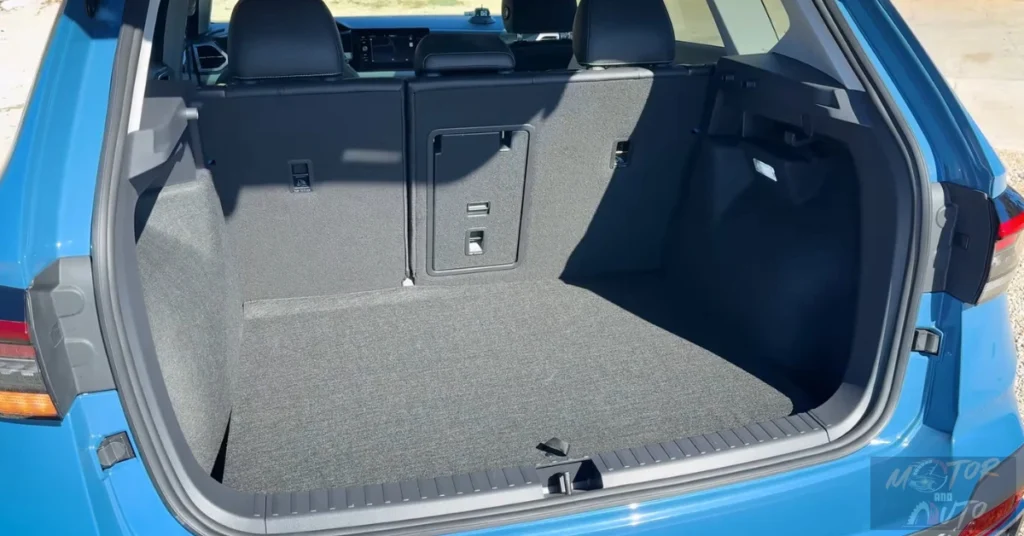
The cargo space in the 2025 Volkswagen Taos is definitely one of its standout features. It’s pretty impressive how much utility you get packed into a compact size. If you’re looking at the all-wheel-drive model, you’re looking at about 24.9 cubic feet of cargo space behind the rear seats. But if you opt for the front-wheel-drive version, that bumps up to a generous 27.9 cubic feet thanks to a different rear suspension setup. When you fold down those rear seats it expands to a whopping 60.2 cubic feet for AWD and 65.9 cubic feet for FWD – that’s some serious space that can go toe-to-toe with many larger compact SUVs out there. What’s cool is that this spaciousness comes from Taos’s boxy, upright design, which maximizes the interior instead of opting for a sleek, sporty roofline like some competitors.
Now, let’s talk about practicality. The cargo area is well thought out. The load floor is set at a nice height, so loading and unloading heavy stuff isn’t a backbreaker. The rear hatch opens wide and tall, making it easy to get to everything without having to awkwardly maneuver larger items. In higher trim levels, you even get a retractable cargo cover for added privacy, and it’s super easy to take off if you need to transport taller items. Plus, the rear seats split 60/40, which gives you the flexibility to carry longer items while still having room for passengers. There’s even a center pass-through for things like skis, so you can carry them without kicking anyone out of the backseat. When those seats are folded down, they create a nearly flat load floor, which is great for loading heavier items without worrying they’ll slide around when you hit the brakes.
But wait, there’s more! The Taos doesn’t just stop at capacity; it has some smart storage solutions too. There’s a shallow compartment beneath the cargo floor that hides away small items and holds the temporary spare tire and tools. You’ll find small, recessed compartments on either side to keep those little things from rolling around while you drive. And don’t forget the tie-down hooks in each corner – perfect for strapping down larger items. The carpet lining is tough yet looks good, and there are plastic scuff plates to protect the rear bumper when you’re loading stuff in.
One thing to note, though – it doesn’t come with a power liftgate, which some competitors do offer. Volkswagen has mentioned that the platform architecture of the Taos made that a bit tricky to implement. But honestly, the manual liftgate is pretty well-balanced and easy to use. There’s a pull handle inside, so you can close it without getting your hands dirty. And it opens high enough that taller folks won’t have to duck their heads when loading up. Plus, the illuminated Volkswagen logo on the rear hatch is super handy for those late-night cargo runs.
When you stack up the Taos against its rivals, it really holds its own. It boasts quite a bit more space than the Mazda CX-30 (20.2/45.2 cubic feet), Honda HR-V (24.4/55.1 cubic feet), and Hyundai Kona (19.2/45.8 cubic feet). It even gets close to or surpasses some of the larger options, like the Toyota RAV4 (37.6/69.8 cubic feet) and Honda CR-V (39.2/75.8 cubic feet) with its front-wheel-drive max capacity. This incredible utility in a compact package is definitely a major selling point for the Taos, especially for active folks or small families who need a good amount of space but want something easy to maneuver. The Subaru Crosstrek might be its only direct competitor in terms of cargo practicality, but, honestly, even that falls short of what the Taos can handle.
If you’ve got some particularly large items or need extra cargo space, the standard roof rails are a nice touch. You can easily mount aftermarket carriers up there. The Taos can carry up to 165 pounds on its roof – perfect for bikes, kayaks, or cargo boxes. While it’s not rated for towing in North America, the Taos’s generous cargo capacity and roof-carrying options should check all the boxes for most buyers looking for versatility without needing to jump up to a bigger vehicle.
The Volkswagen Taos Value Proposition: Is It Worth the Price?
The 2025 Volkswagen Taos is definitely an interesting option in its class, but, you know, the value really depends on which trim you’re looking at. It kicks off at around $26,420 for the base S model with front-wheel drive and goes up to $36,120 for the fully loaded SEL that comes with all-wheel drive. That’s a price range that kind of overlaps with some subcompact competitors and even entry-level models of compact SUVs, like the Tiguan from Volkswagen itself. So, for anyone considering a purchase, it’s important to think about what configuration is going to give you the best bang for your buck based on your own needs and what you prioritize. Plus, with the 2025 updates—like a revamped powertrain, standard LED lighting, and upgraded tech features—the Taos stands strong across the board, though some trims definitely offer more value than others.
Now, looking at the base S trim: sure, it’s a little pricier than some competitors’ base models, but it packs a lot of standard features that make it worth it. Every Taos comes with the same 174-horsepower turbocharged engine, which is a big plus compared to other brands that only give you the more powerful engines at higher trims. The S trim also includes LED headlights and taillights, a heated steering wheel, an 8-inch digital instrument cluster, and an 8-inch touchscreen infotainment system. Not to mention, it has a full suite of driver assistance tech like adaptive cruise control and lane-keeping assist. Honestly, these features are usually found in higher trims with other brands, so if you’re someone who values these kinds of features but doesn’t need all the luxury bells and whistles, the base Taos is a solid choice. And if you add all-wheel drive for an extra $1,700, you’re not just getting better traction; it also upgrades to a more advanced multi-link rear suspension, which really improves ride quality.
Moving on to the mid-range SE trim, which starts at about $29,320, this one might be the best deal in the lineup for most folks. The extra $2,900 over the base model gets you some significant upgrades—think keyless entry with push-button start, dual-zone automatic climate control, heated front seats, and features like wireless Apple CarPlay and Android Auto. You also get wireless phone charging, a 10.25-inch digital instrument cluster, an 8-way power driver’s seat, CloudTex leatherette upholstery, 18-inch alloy wheels, and parking sensors both in the front and back. All these features make daily driving way more comfortable without pushing you into the price range where larger SUVs start to look tempting. If you can stretch your budget to this point, the SE really hits a sweet spot for features, comfort, and overall value in the Taos lineup. And again, the all-wheel-drive option here gives you that superior rear suspension along with the traction benefits—definitely something to think about based on where you live and how you drive.
Now, let’s chat about the SE Black trim. This one was new last year and continues into 2025. It builds on the SE with a focus on style, adding black exterior accents, black-finished wheels (18 inches for front-wheel drive and 19 inches for all-wheel drive), plus a standard panoramic sunroof. Starting at $31,570, it comes with a $2,250 markup over the regular SE. This trim is really for those who want a sportier look and love the idea of that panoramic roof. While it doesn’t add as much functional value compared to the jump from S to SE, it does give a nice visual upgrade that many people find appealing. Plus, the panoramic sunroof would normally cost around $1,200 on the SE, so it helps offset that price a bit. For people who care about style, the SE Black is a reasonably priced way to stand out without going all the way up to the top-tier SEL.
Speaking of the SEL trim, which starts at $36,120 with all-wheel drive, this is where things get a little tricky. The SEL adds some nice luxurious touches like genuine leather seats, ventilated front seats, navigation, a fancy 10-color ambient lighting system, rain-sensing wipers, and 19-inch alloy wheels. But here’s the thing: while these features do make it more comfortable and convenient, its price puts it up against entry-level versions of larger compact SUVs that offer more space—like the Tiguan. So, if you’re considering the SEL, it’s worth thinking about whether those premium features are worth it compared to a larger vehicle that might give you more utility, even if it has fewer luxury perks. For those who specifically want a smaller, more manageable vehicle with near-luxury appointments, the SEL can make sense, but its value proposition is more niche than the broader appeal of the S and SE trims.
Ownership costs beyond the purchase price generally favor the Taos within its competitive set. Fuel economy remains competitive despite the power increase, with front-wheel-drive models EPA-rated at 28 mpg city, 36 mpg highway, and 31 mpg combined. All-wheel-drive variants return slightly lower figures at 25 mpg city, 33 mpg highway, and 28 mpg combined. These figures translate to reasonable operating costs, particularly given the vehicle’s performance capabilities. Maintenance costs should be moderate, with Volkswagen’s 2-year/20,000-mile complimentary maintenance program covering scheduled service for the initial ownership period. Insurance costs typically align with segment averages, though individual rates will vary based on location, driving record, and coverage levels. Projected depreciation rates place the Taos at approximately 51.8% of its original value after five years, according to industry estimates – slightly below segment leaders like Honda and Toyota but generally in line with mainstream averages.
Warranty coverage includes Volkswagen’s 4-year/50,000-mile limited warranty and 4-year/50,000-mile powertrain warranty. While the basic coverage duration slightly exceeds the industry standard 3-year/36,000-mile terms, the powertrain protection falls short of the longer terms offered by competitors like Hyundai and Kia (10 years/100,000 miles) or even Chevrolet (5 years/60,000 miles). This represents a potential consideration for buyers who plan to keep their vehicles well beyond the warranty period and prioritize long-term protection. However, Volkswagen’s reputation for solid engineering and the proven nature of most components in the 2025 Taos – including its revised but fundamentally familiar powertrain – should provide reasonable confidence in long-term reliability, though the brand’s overall reliability ratings do tend to fall below Japanese competitors according to most industry metrics.


